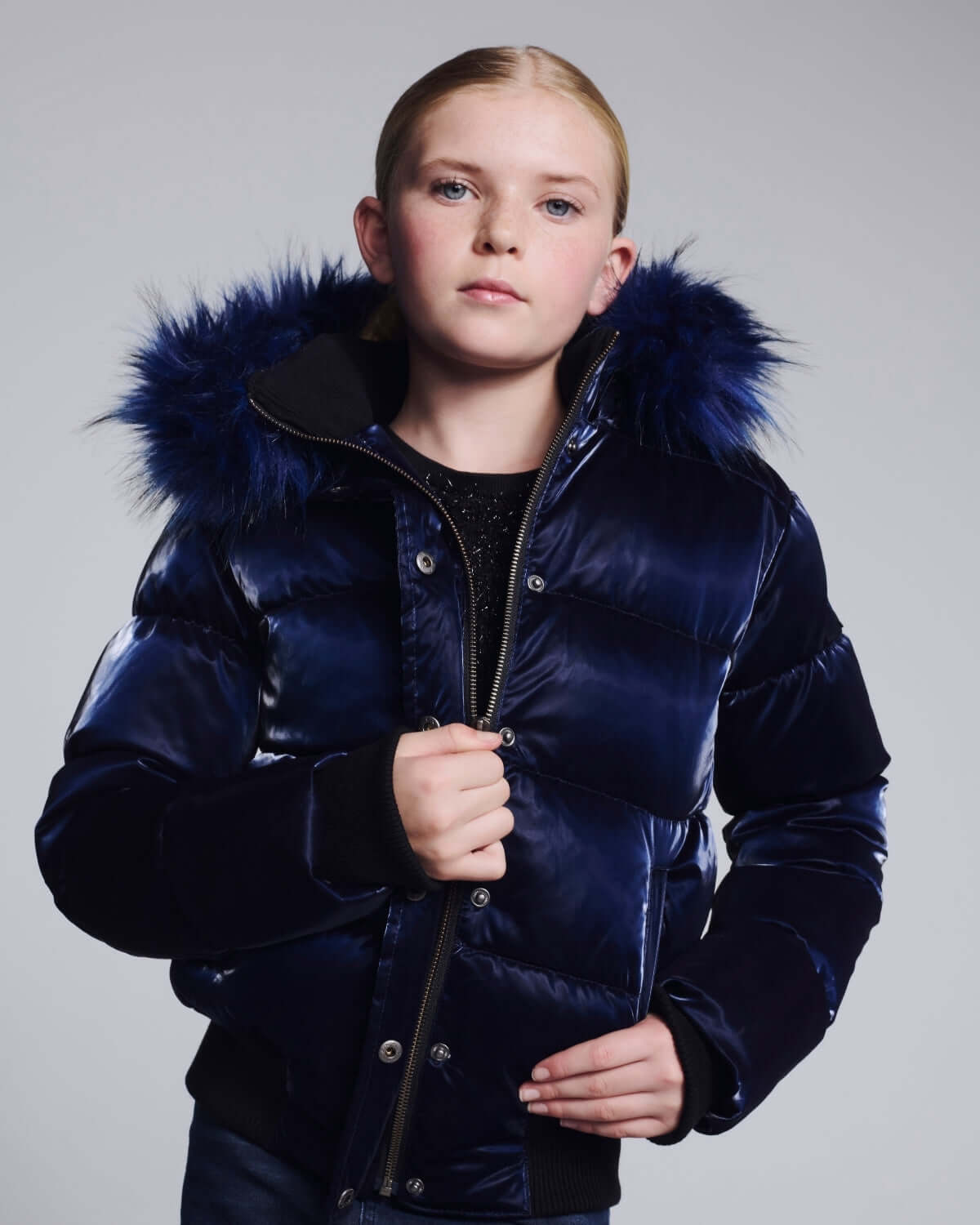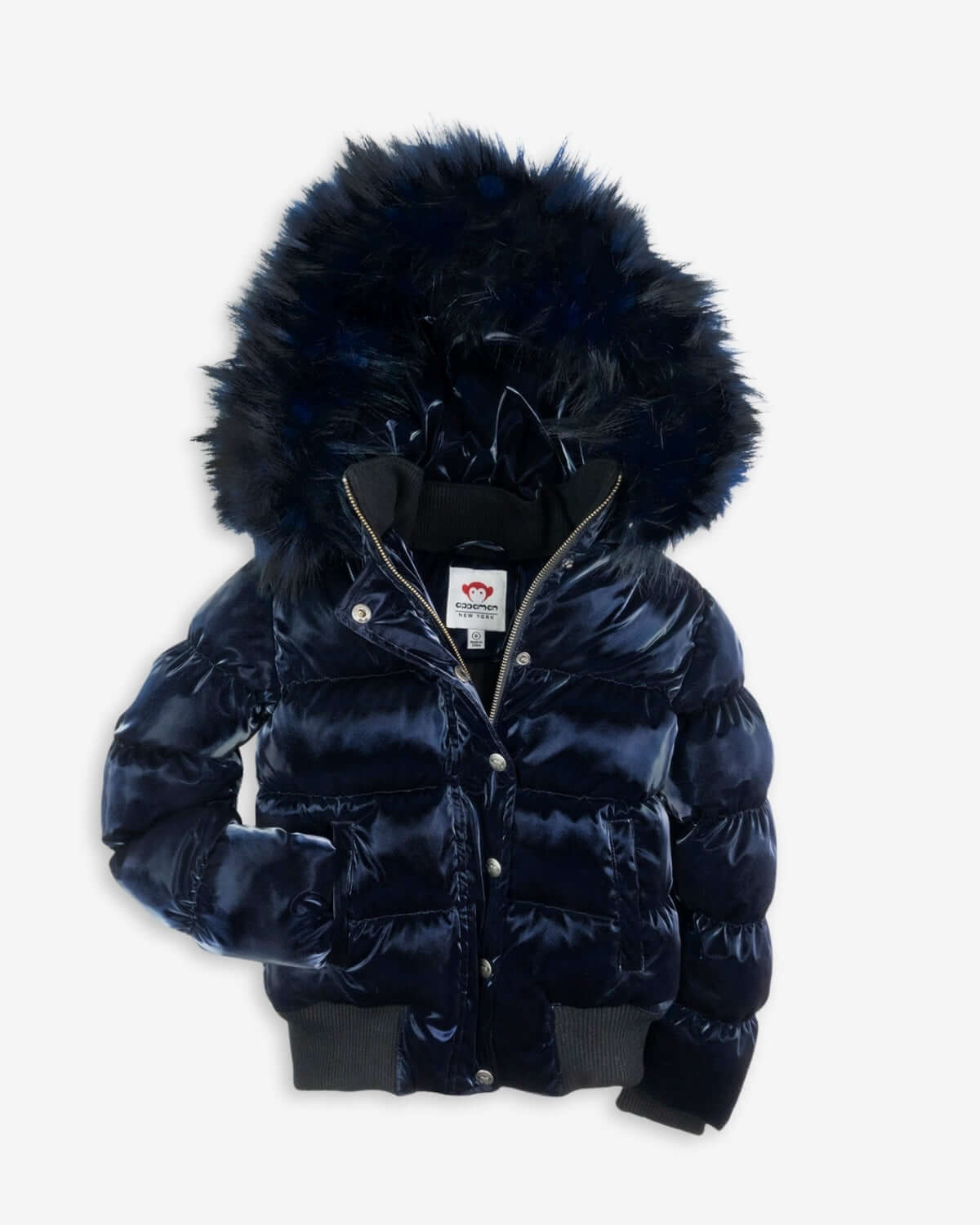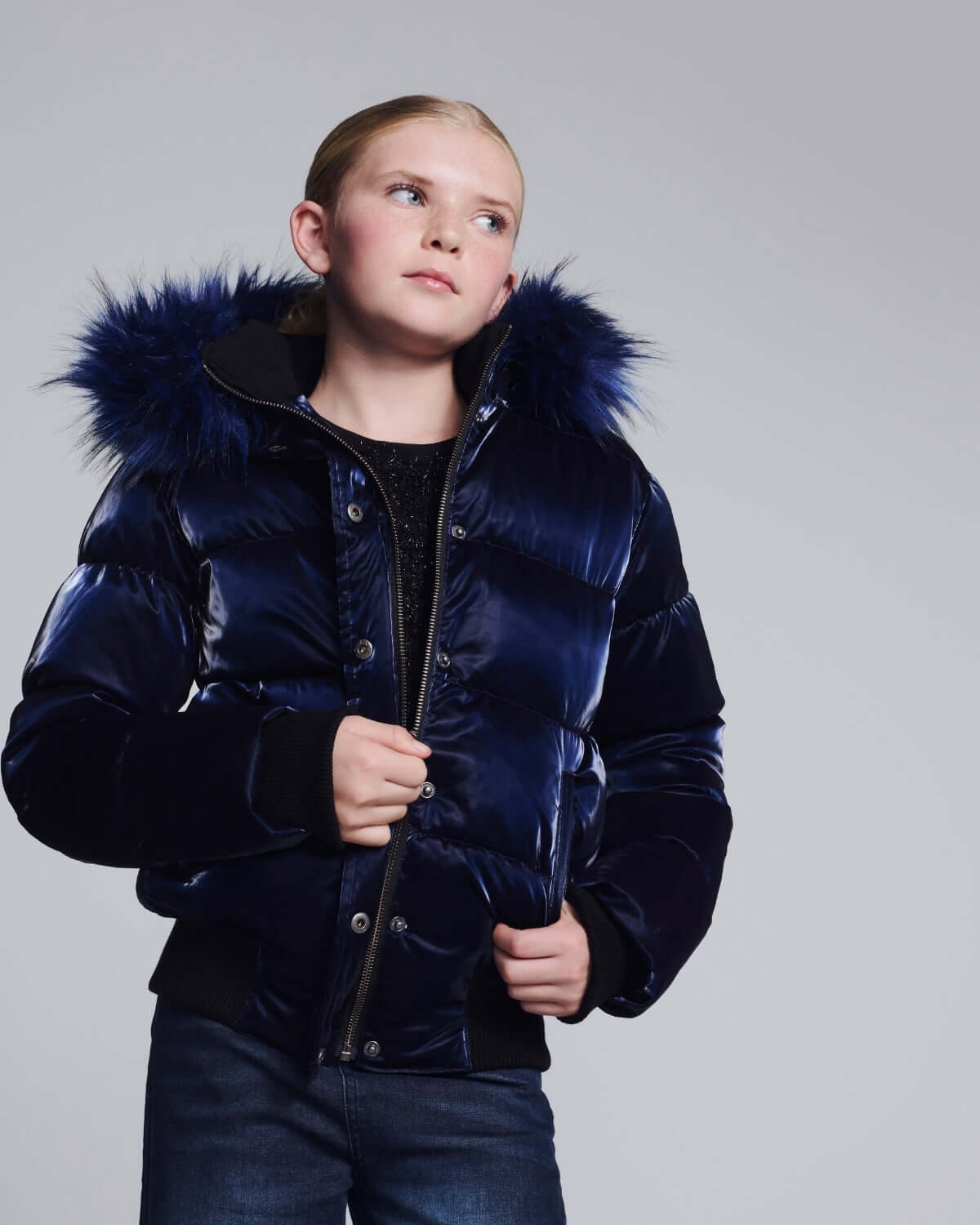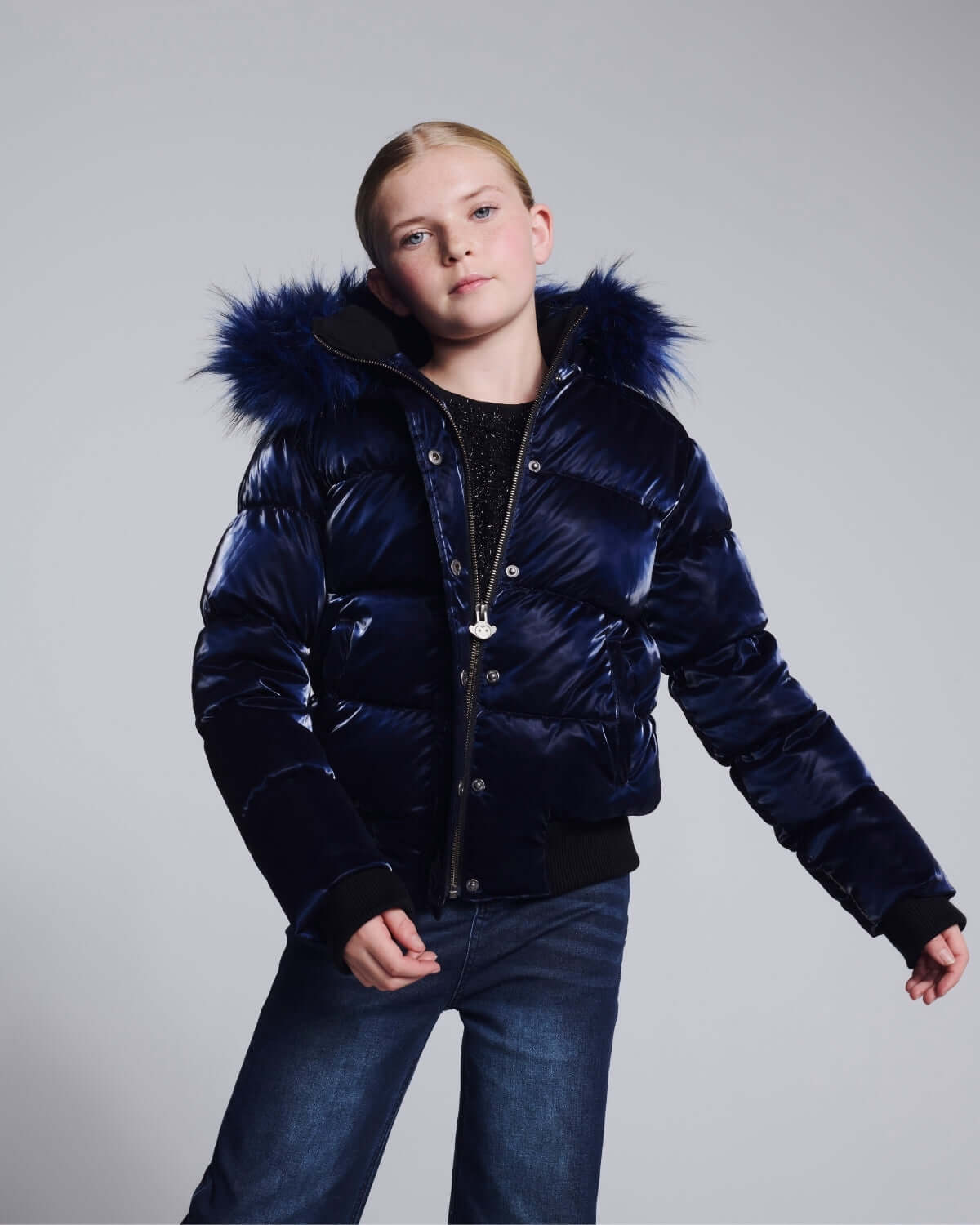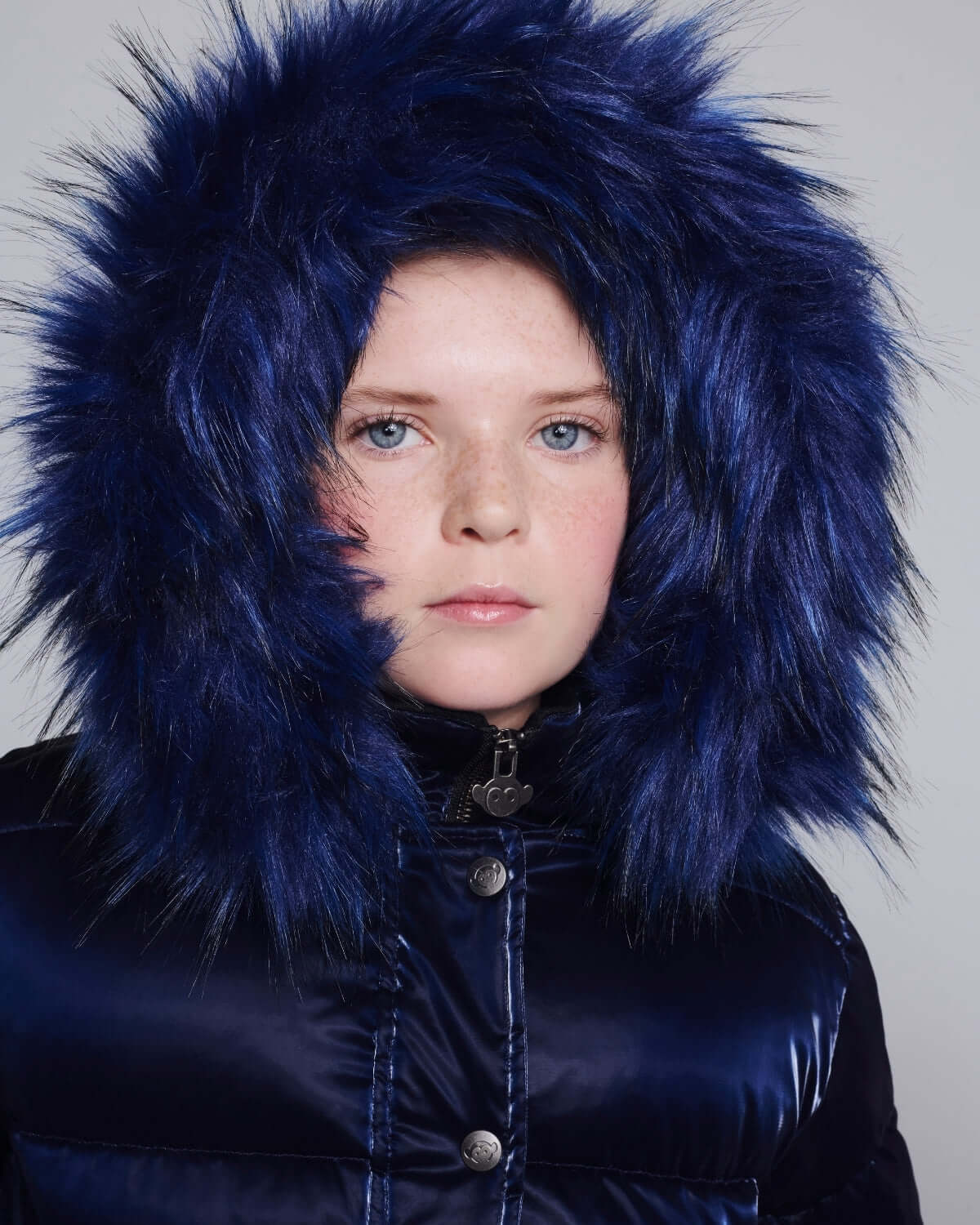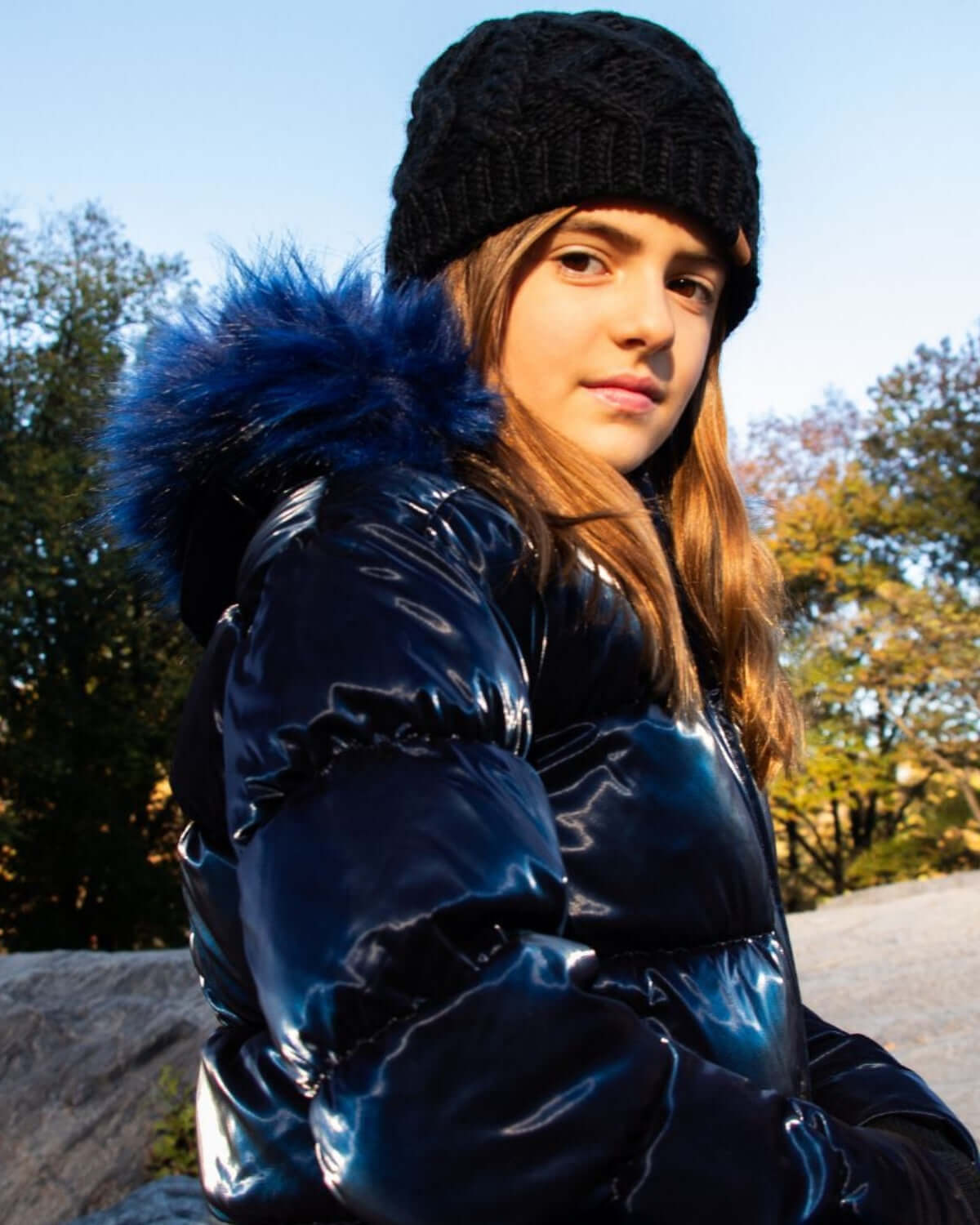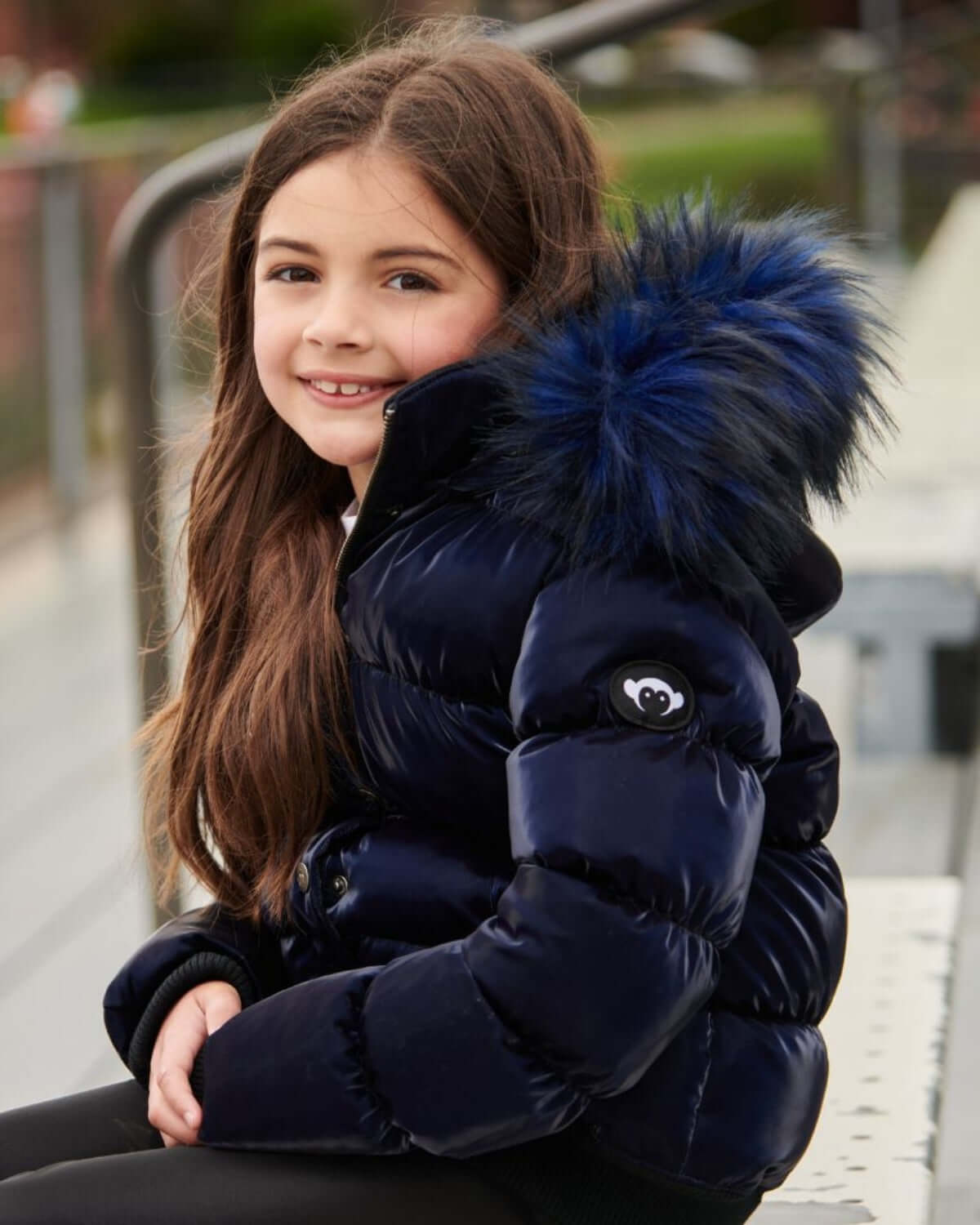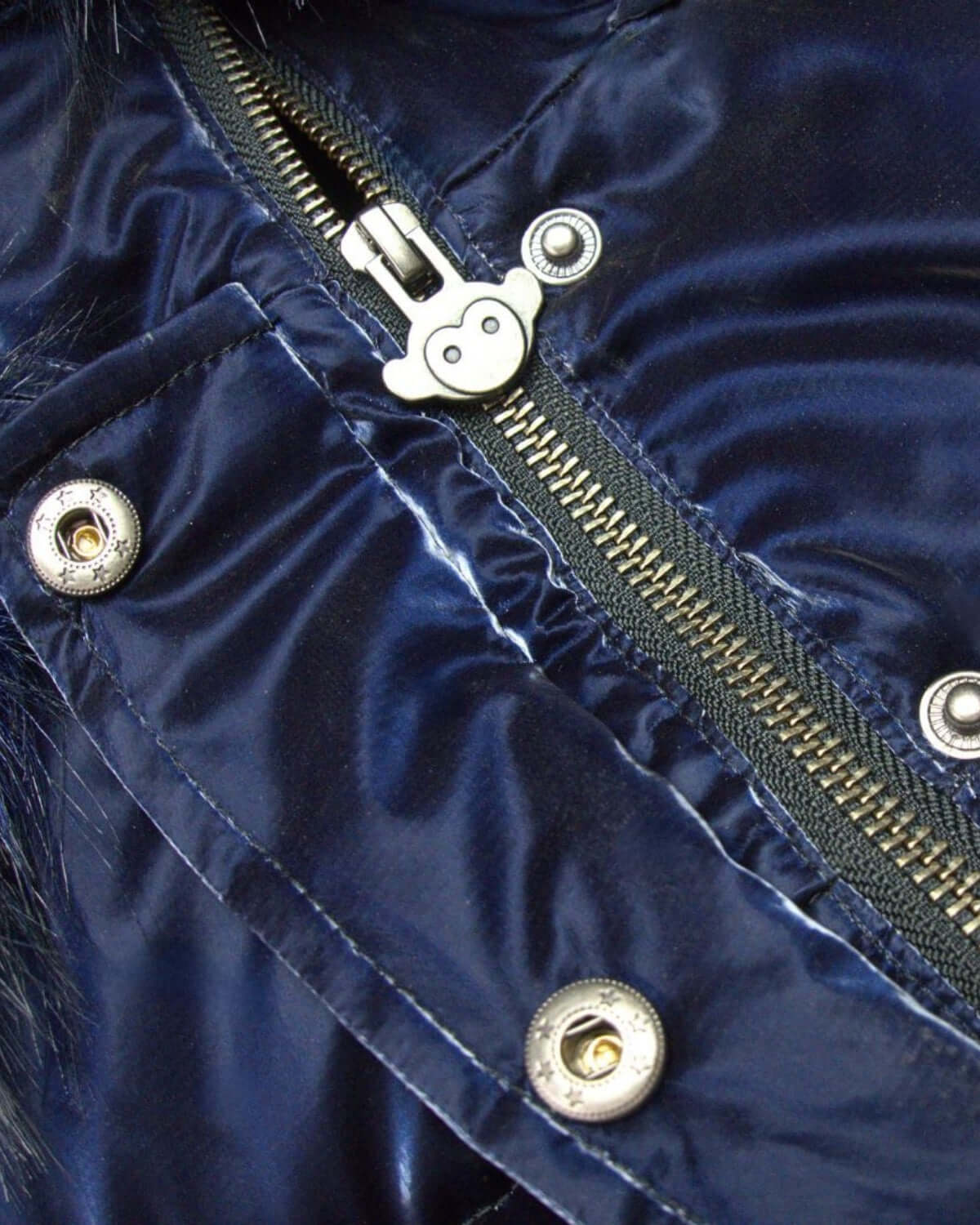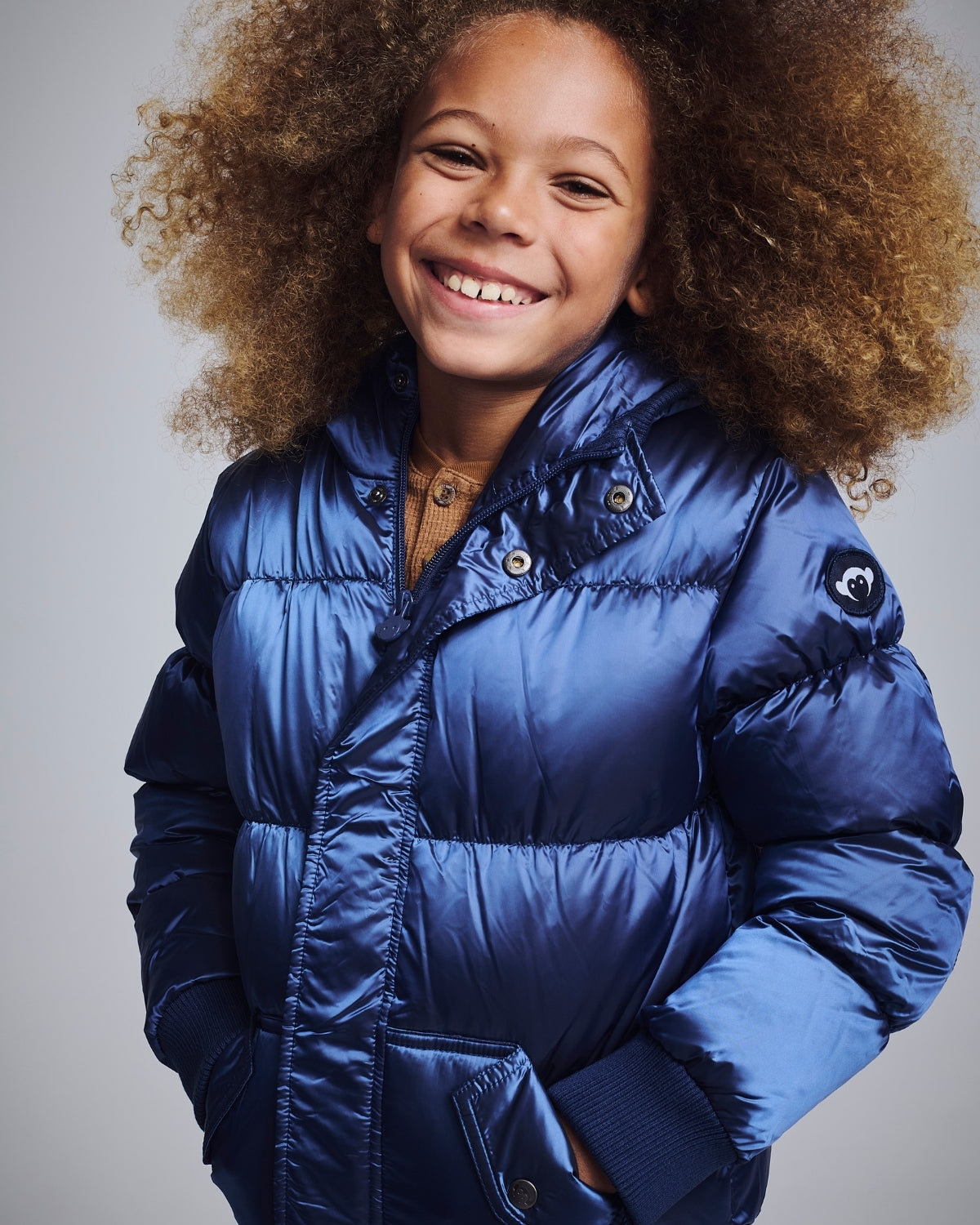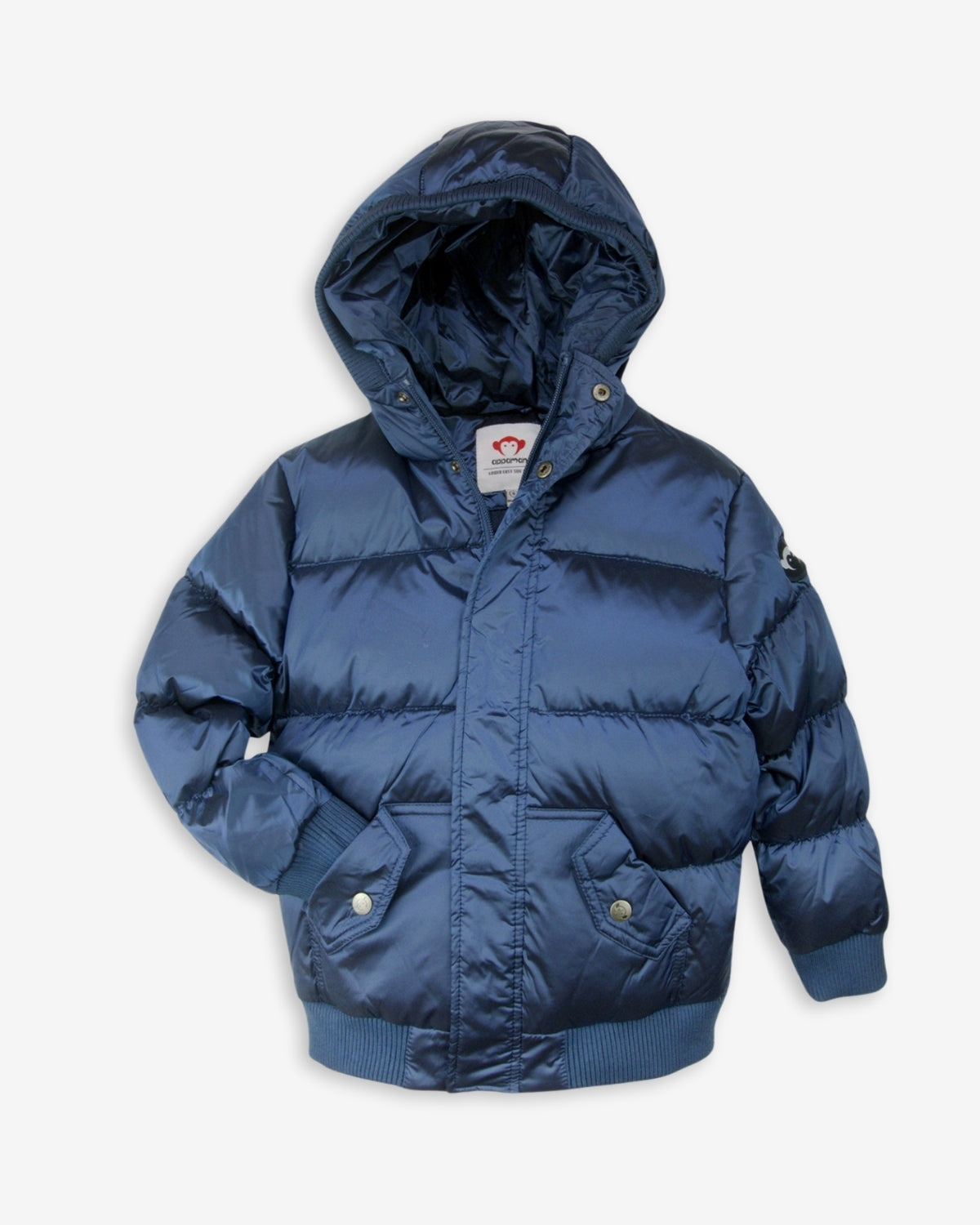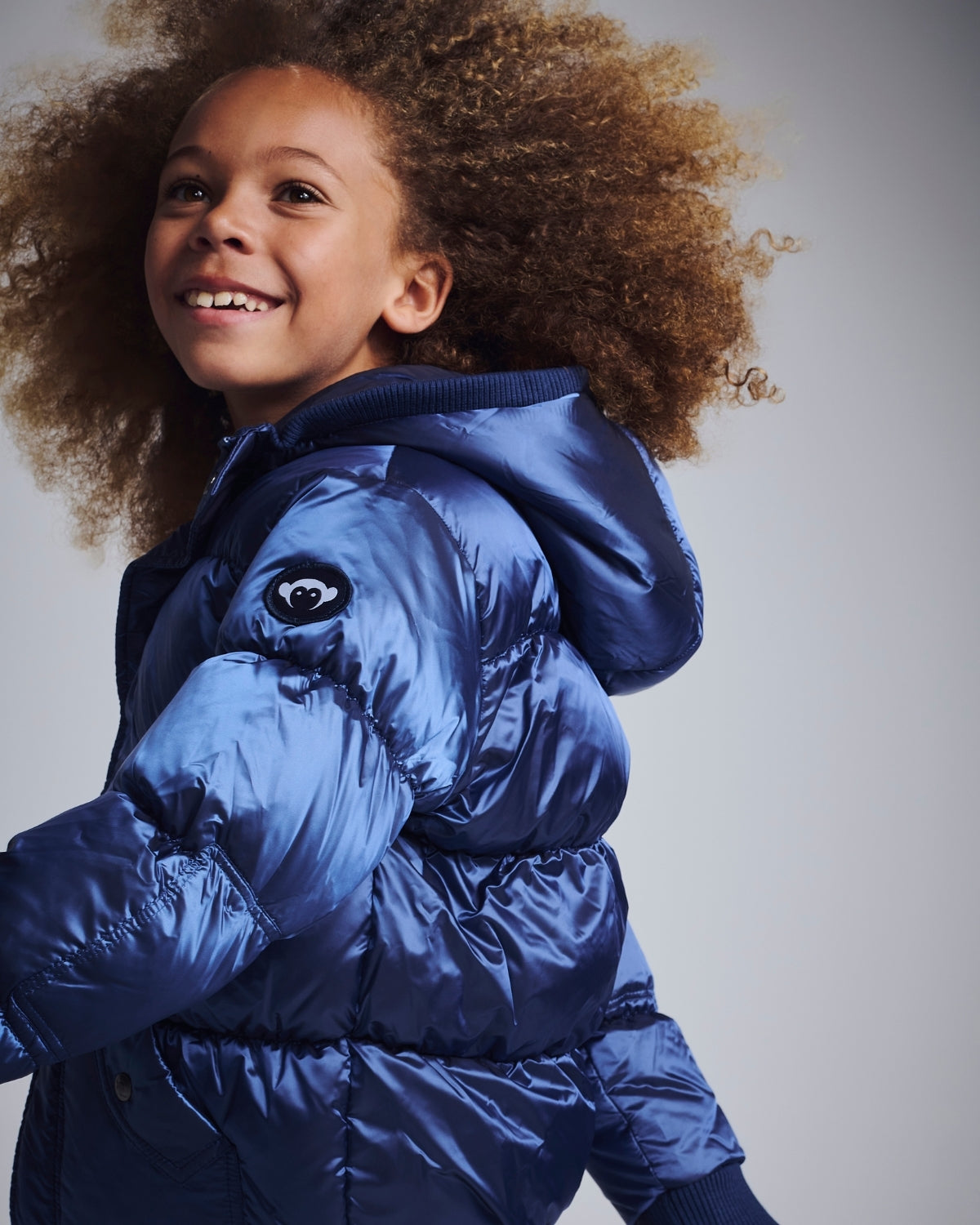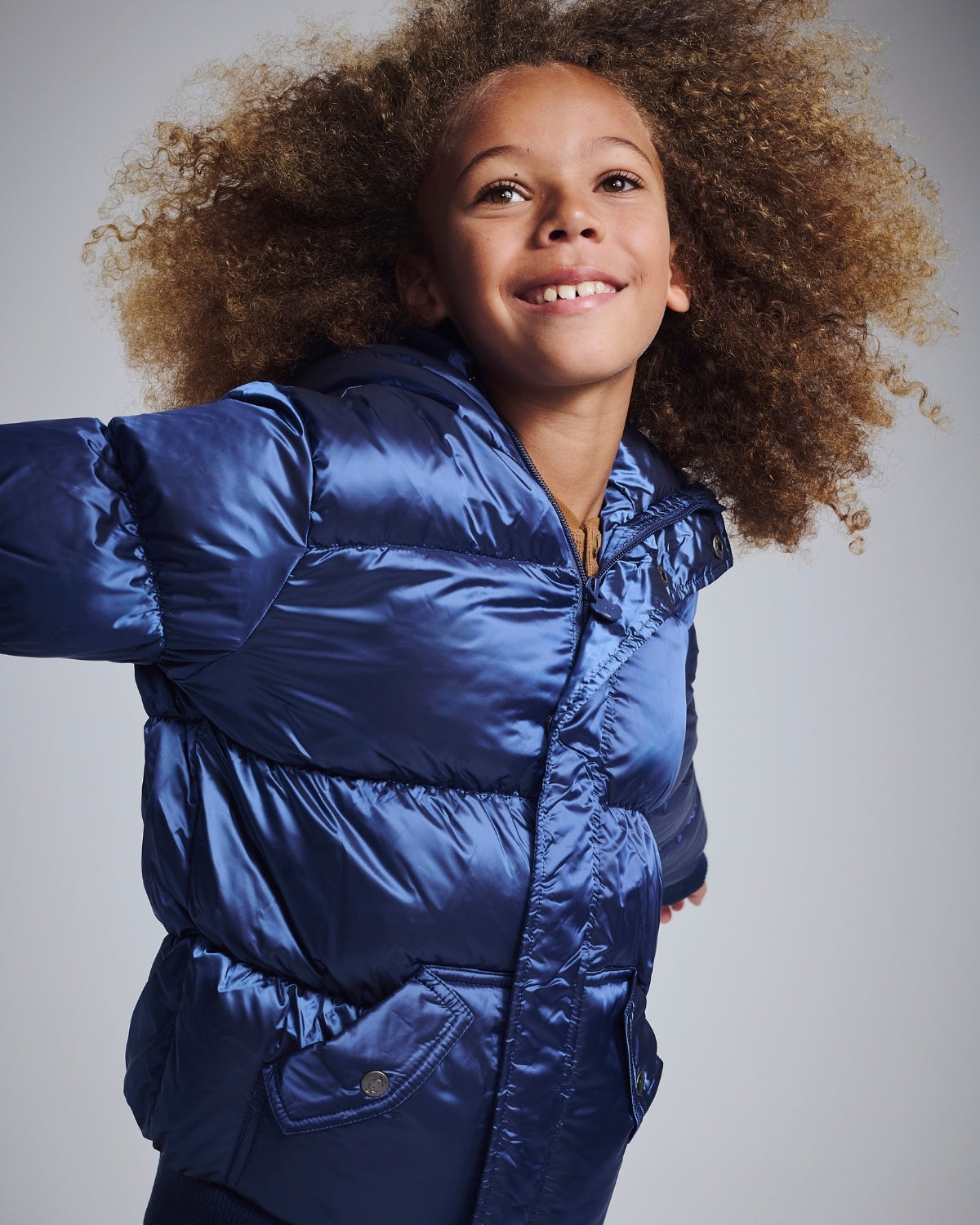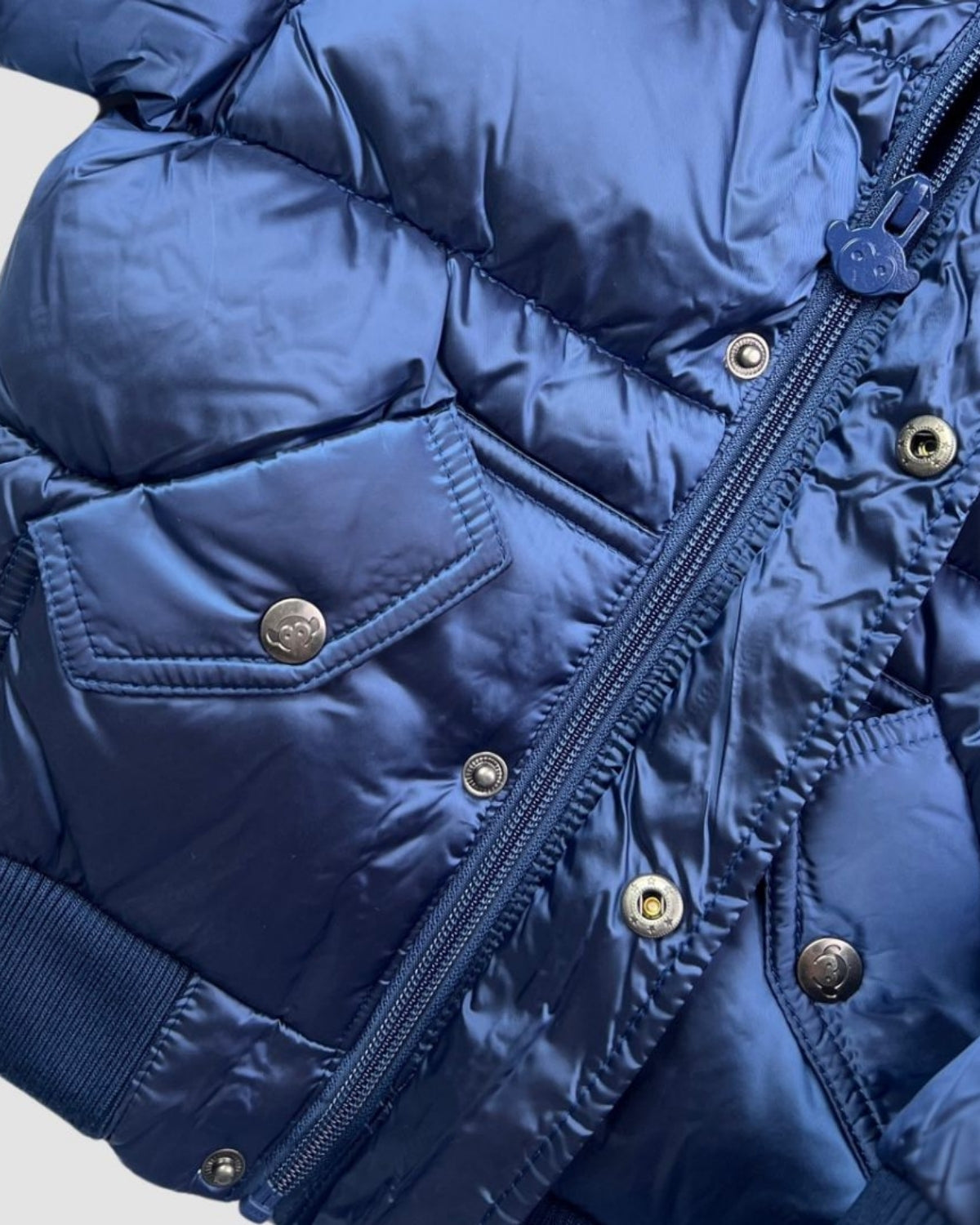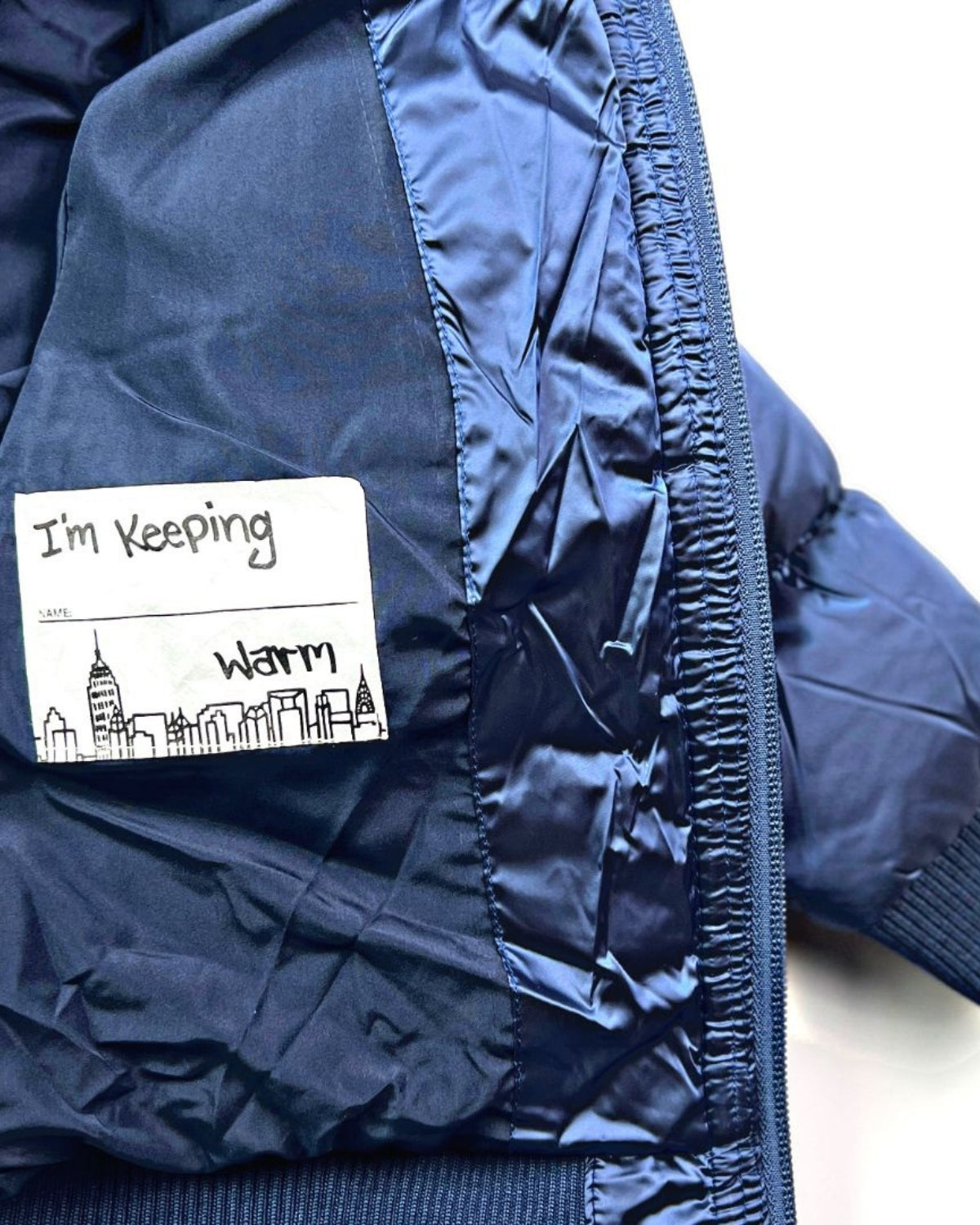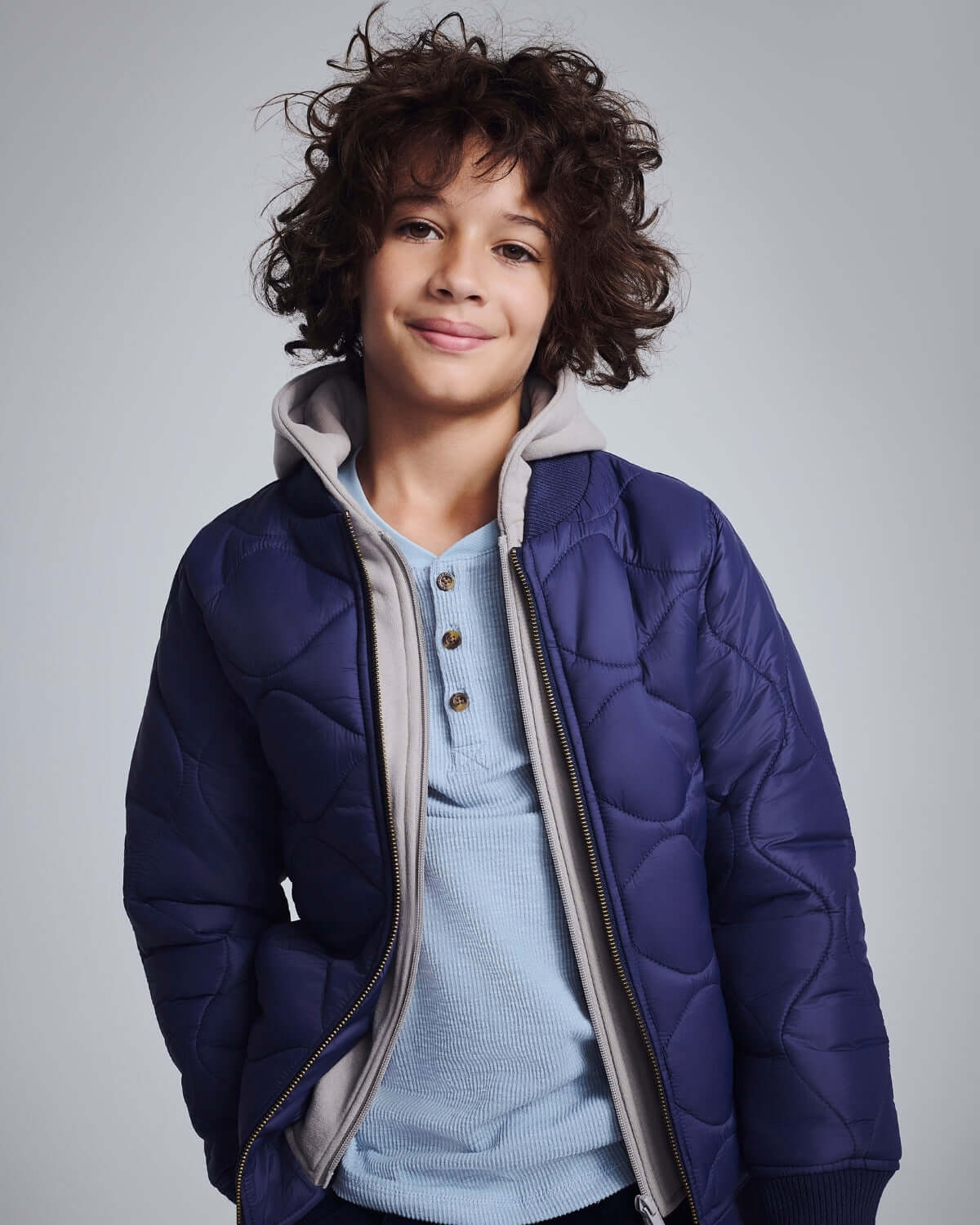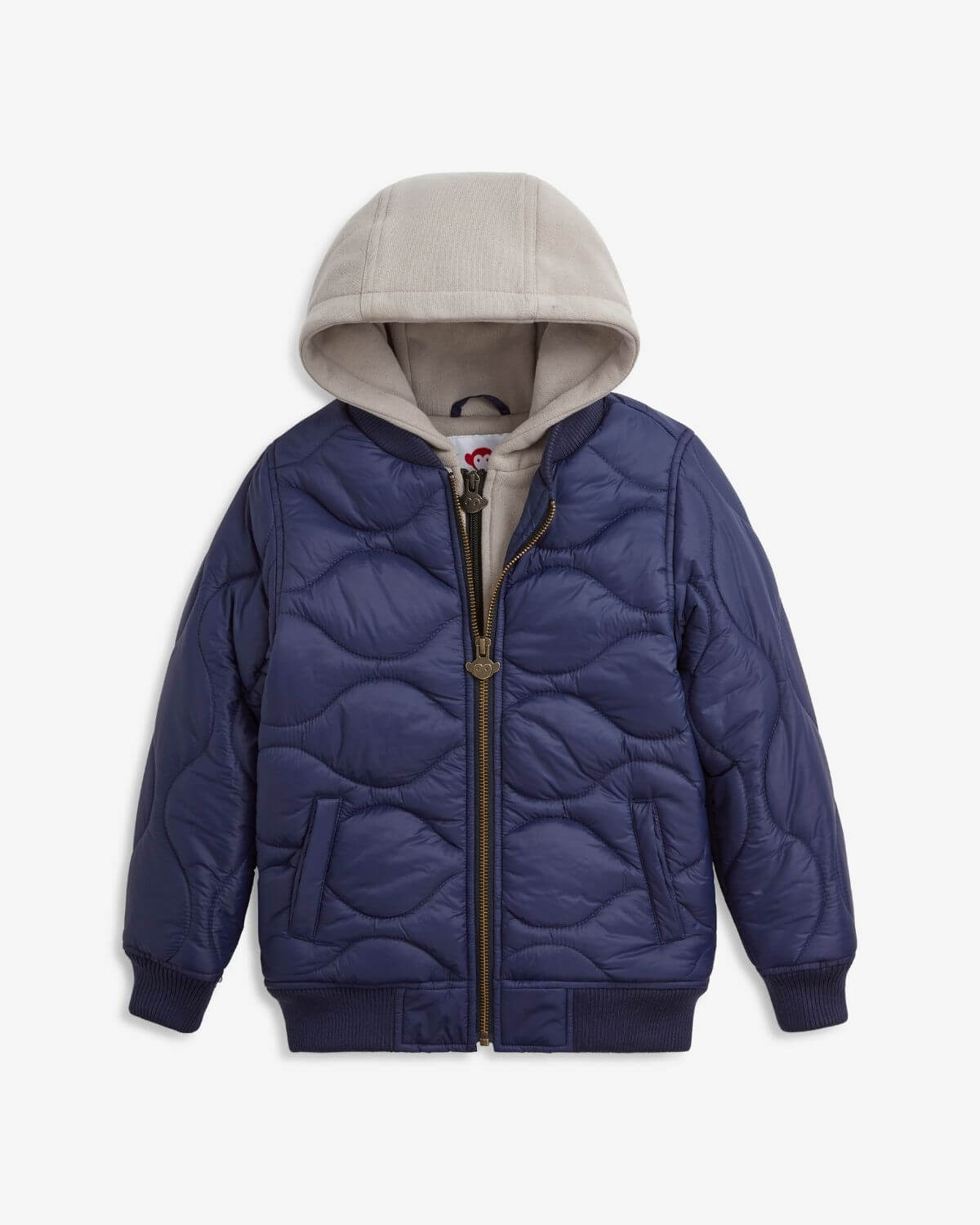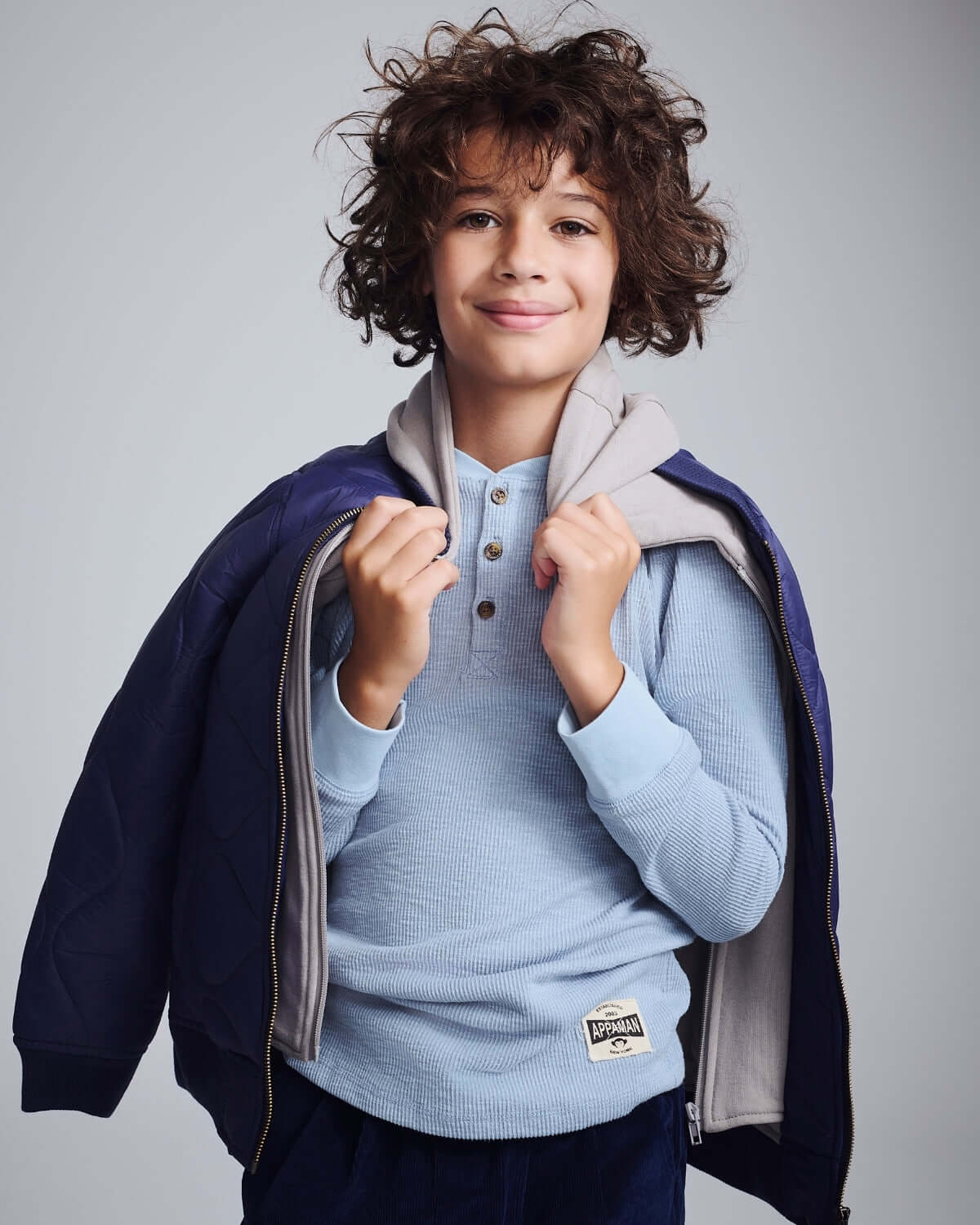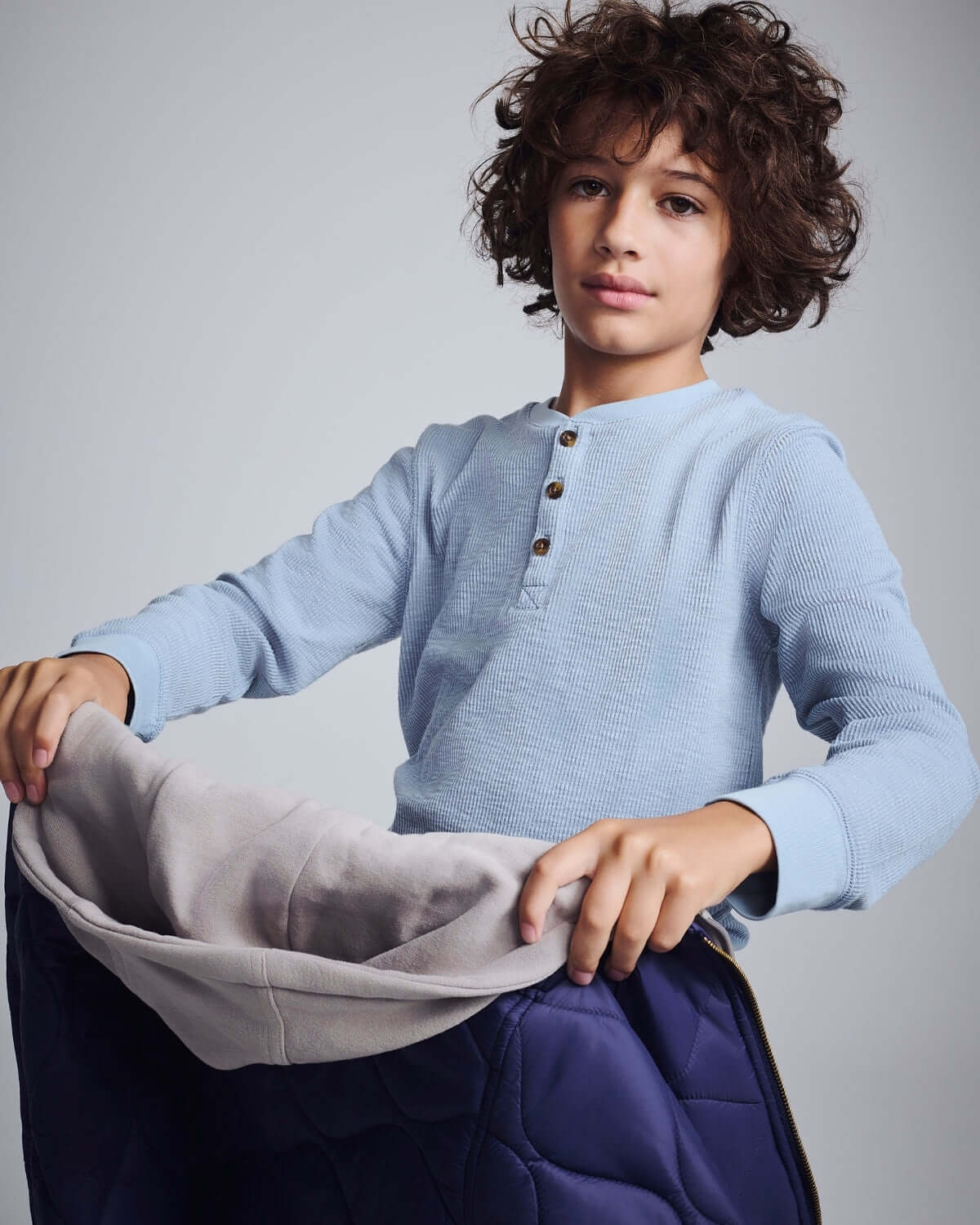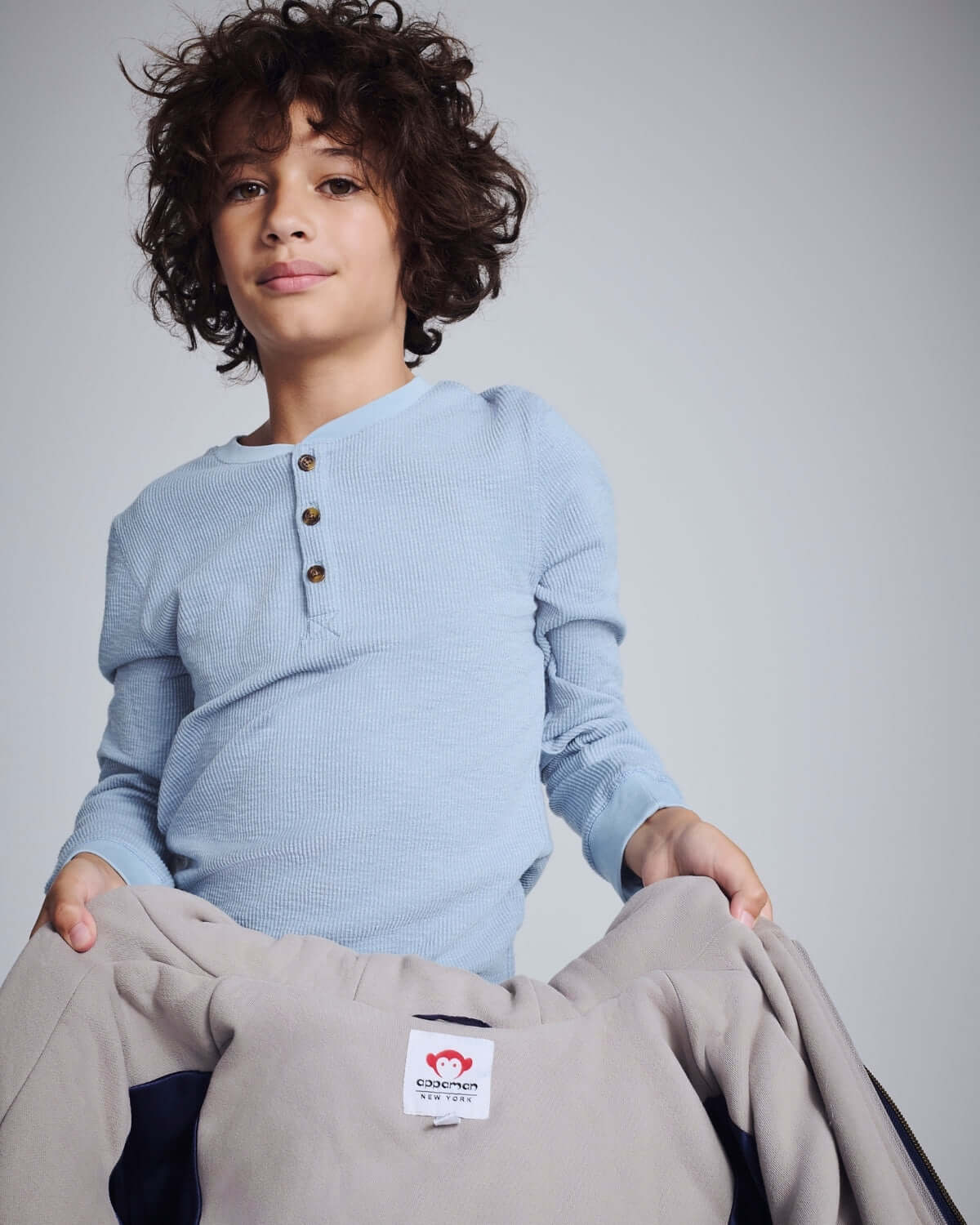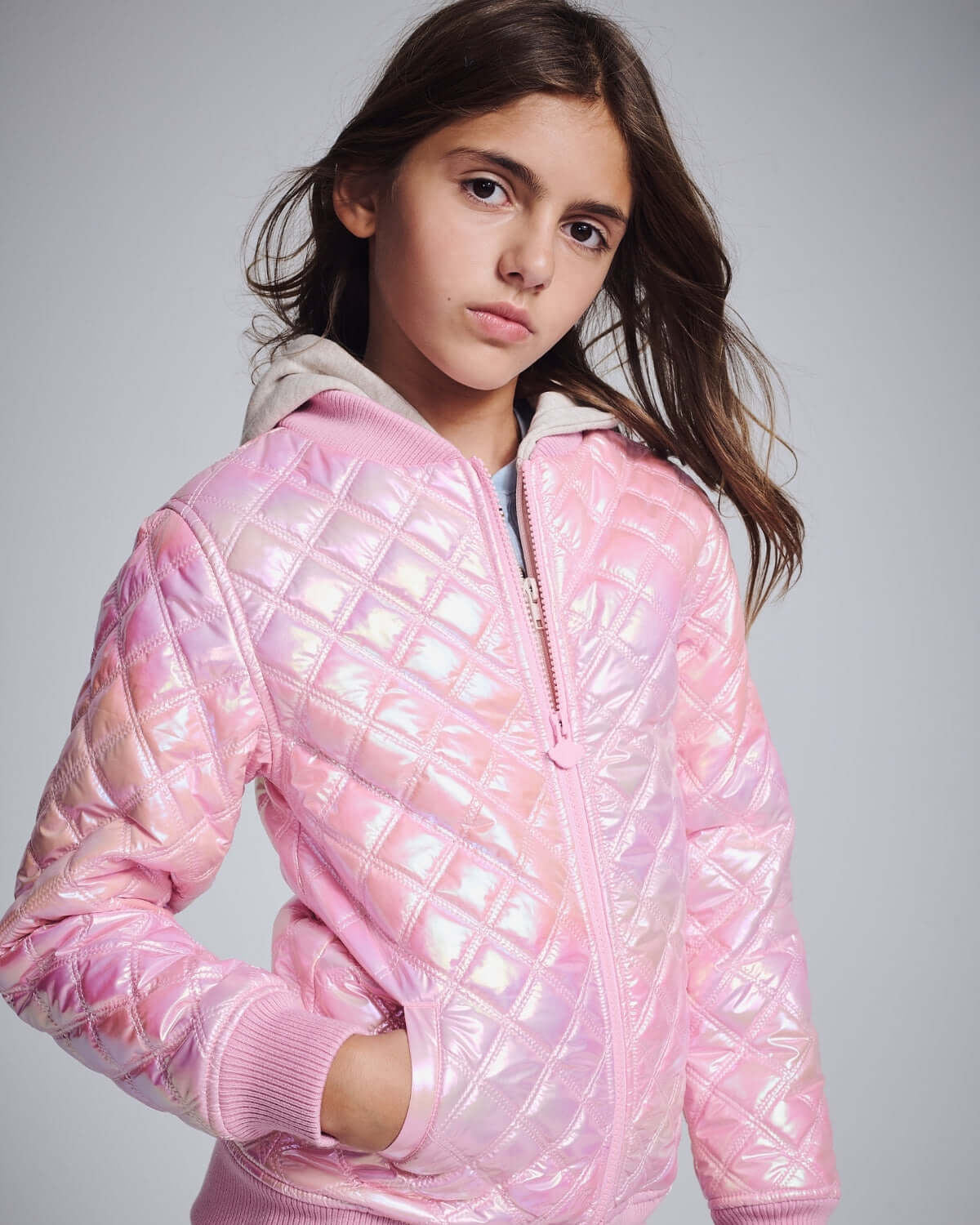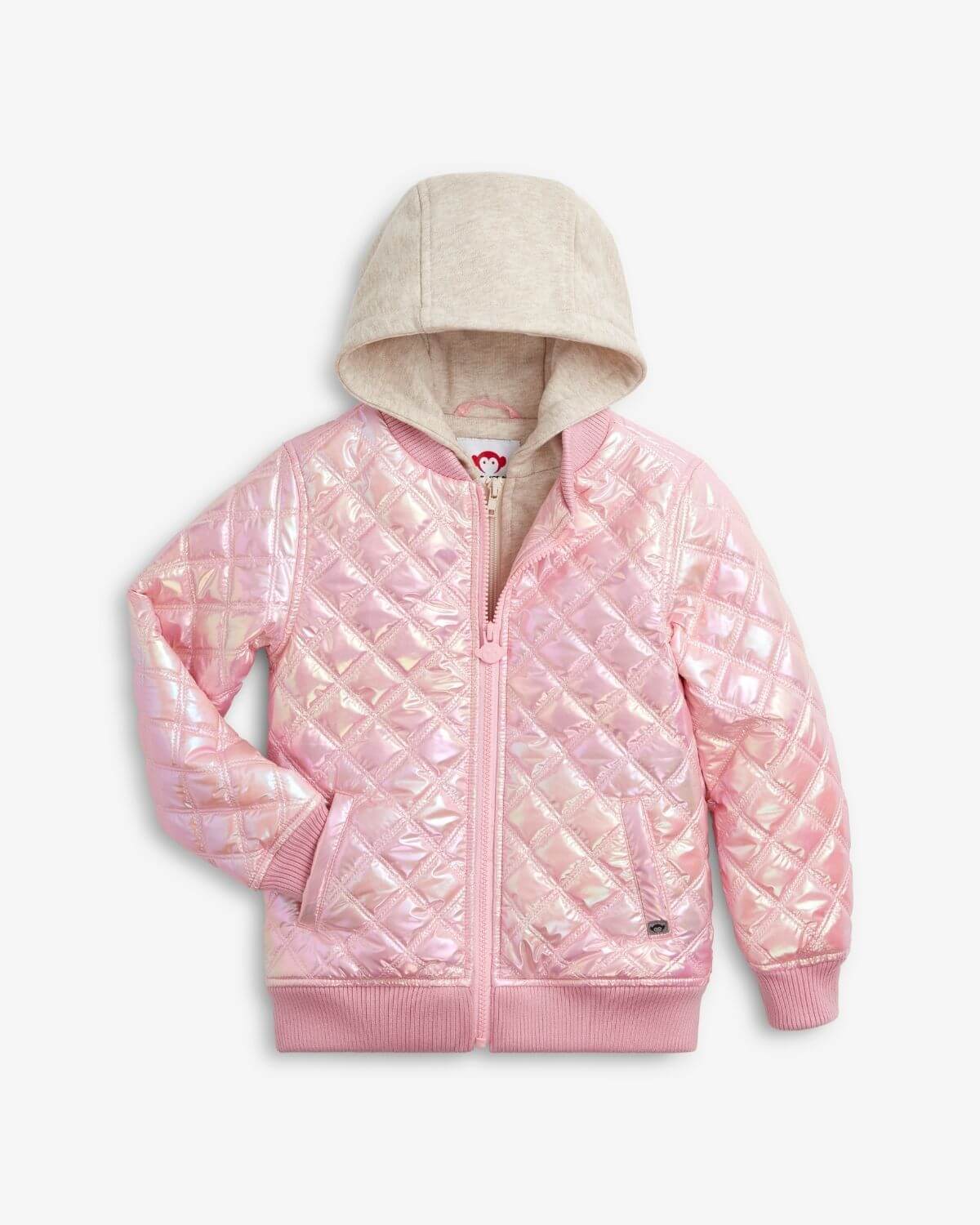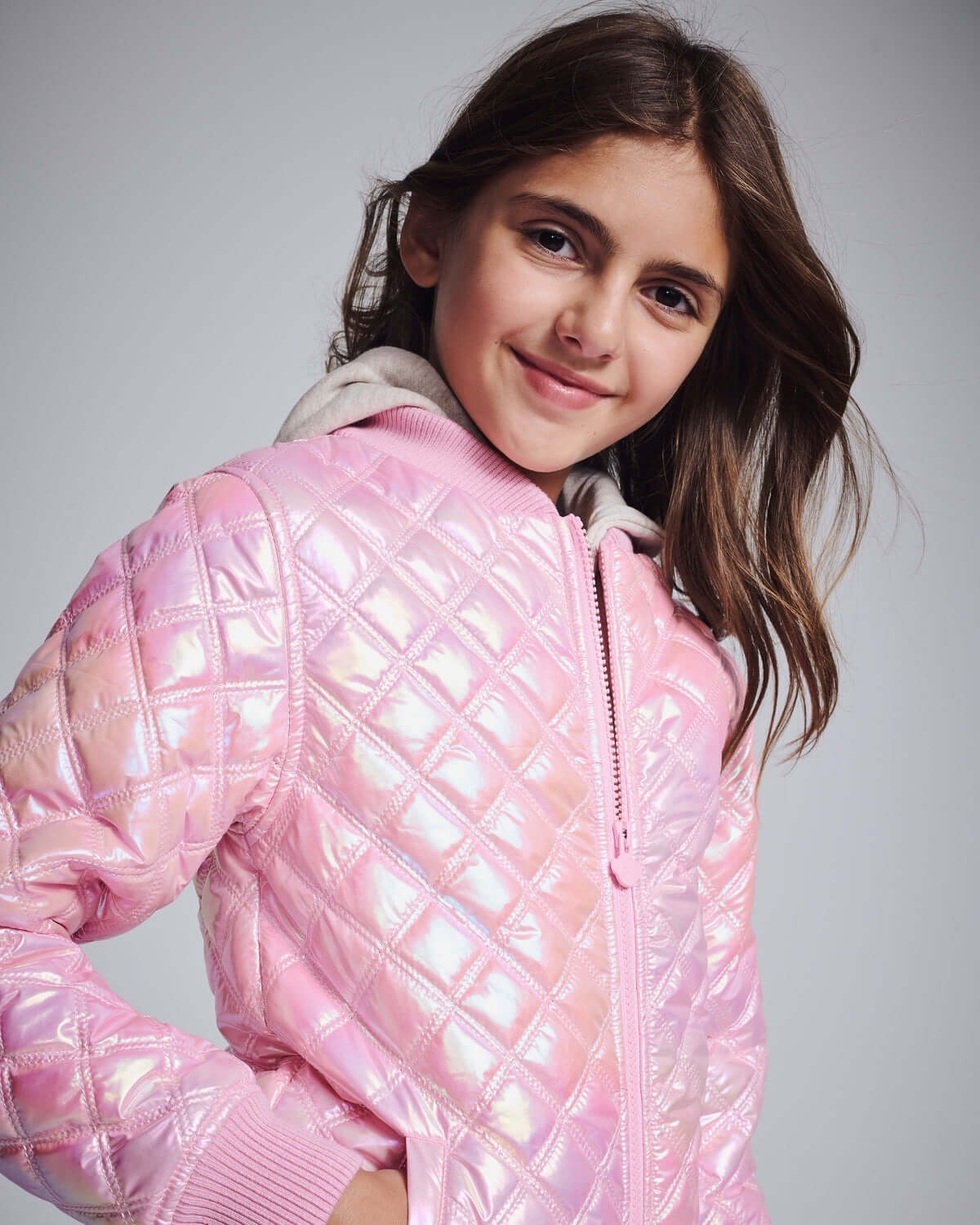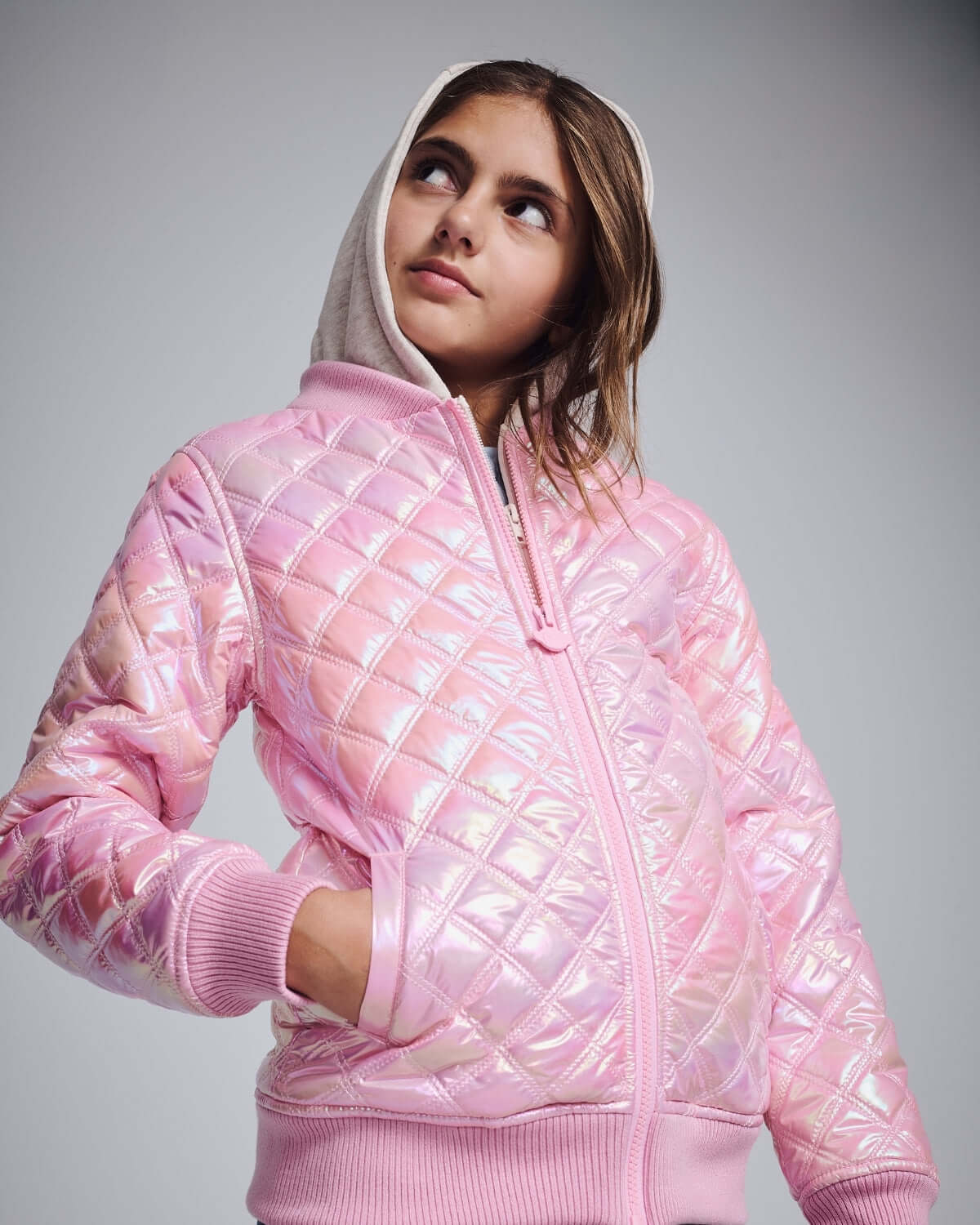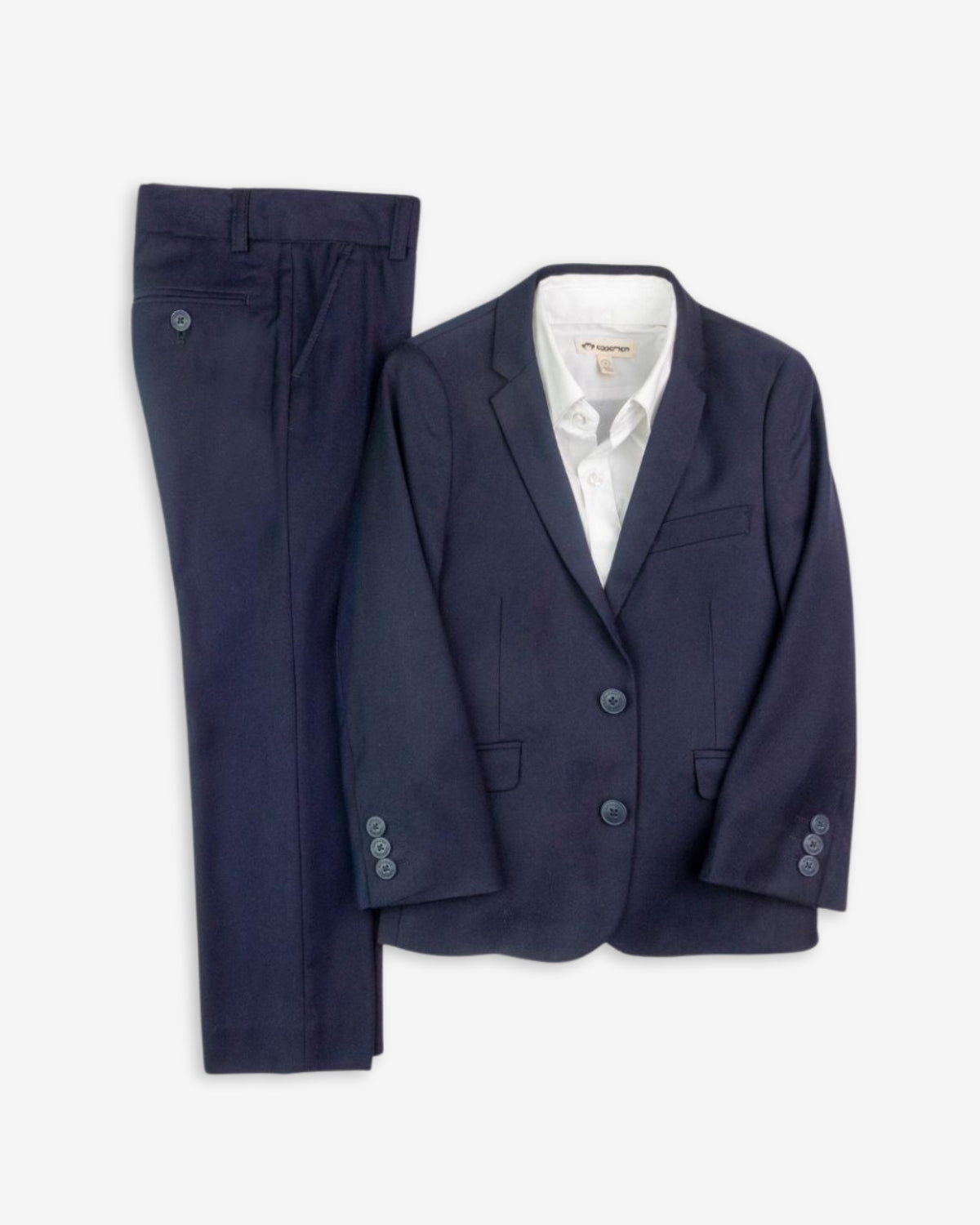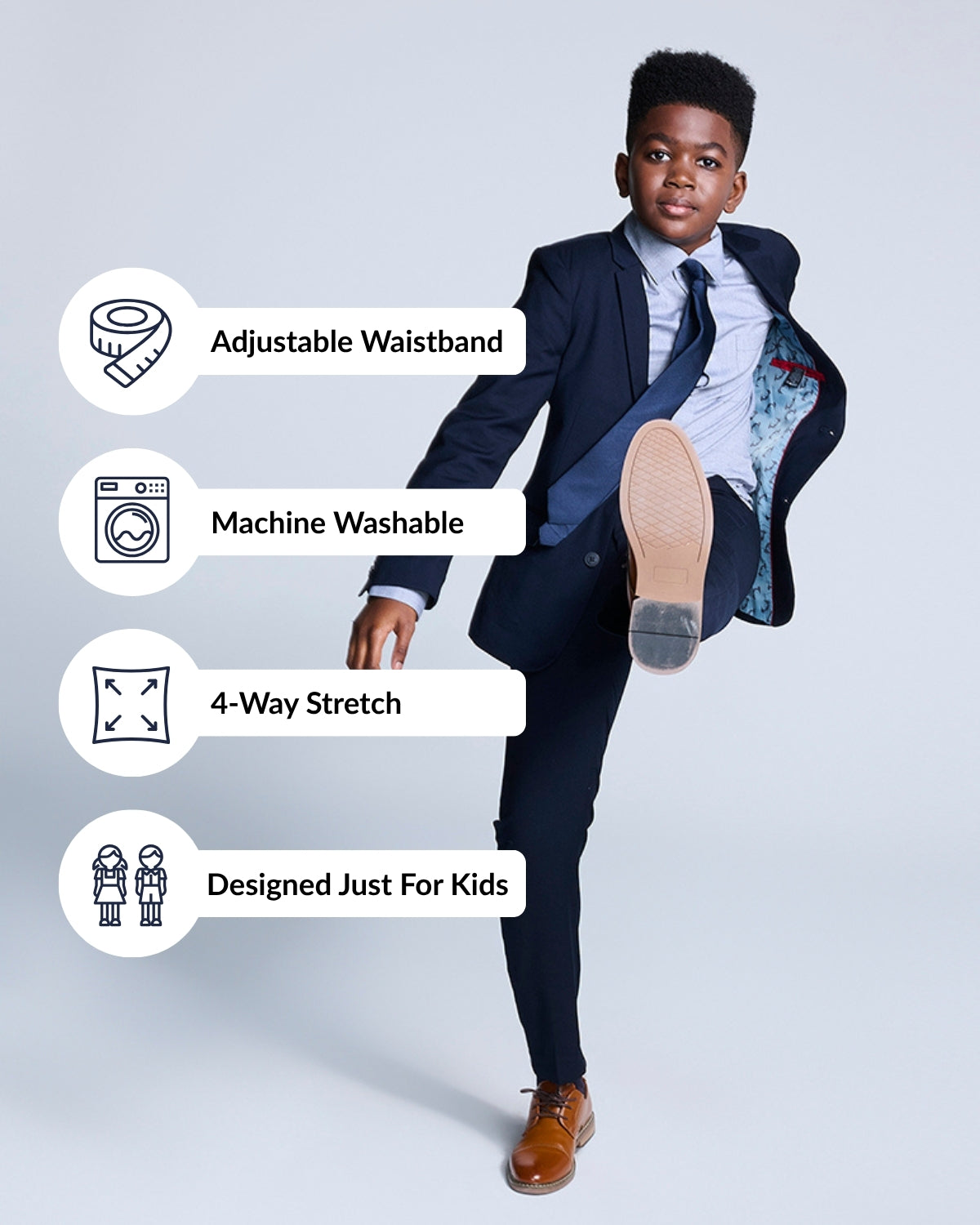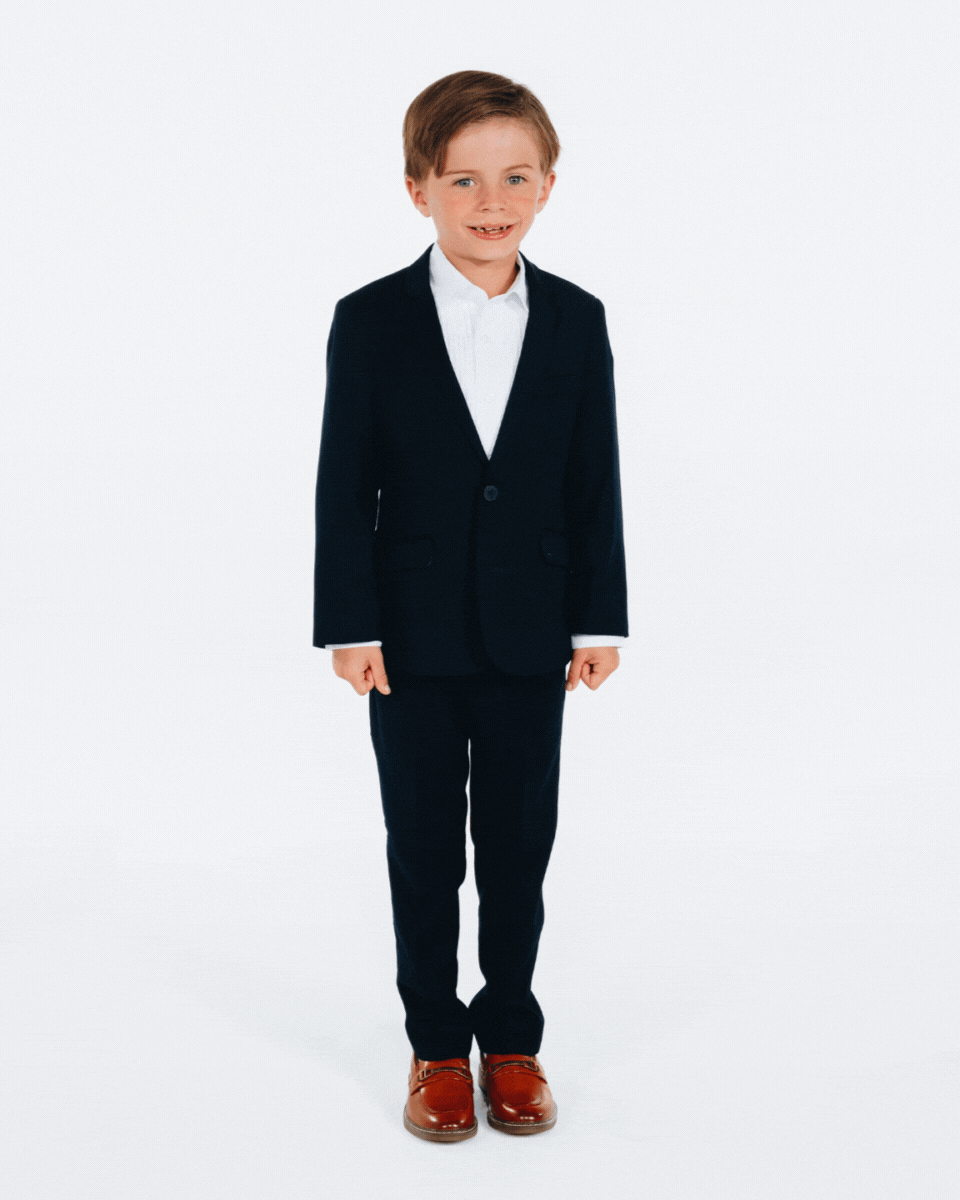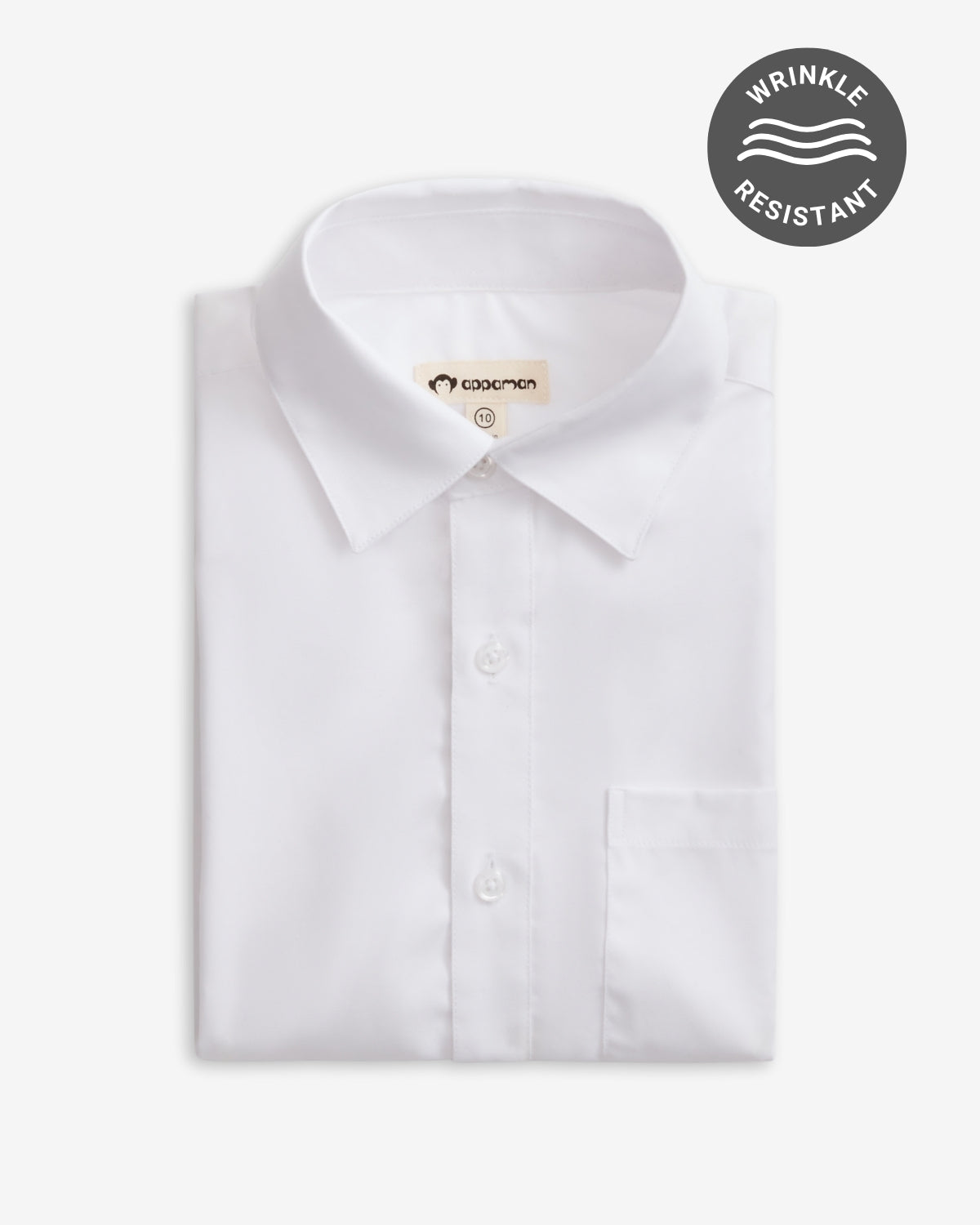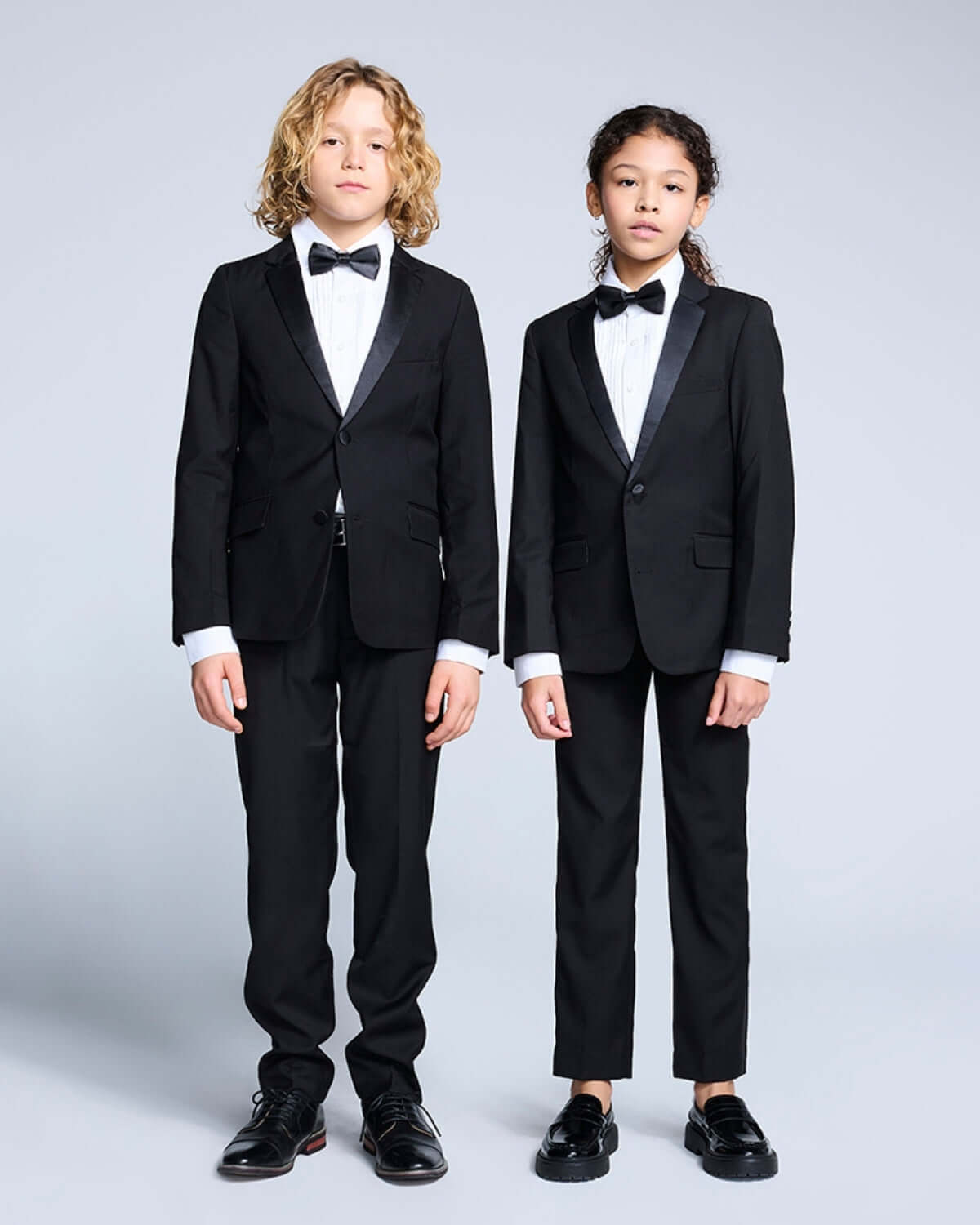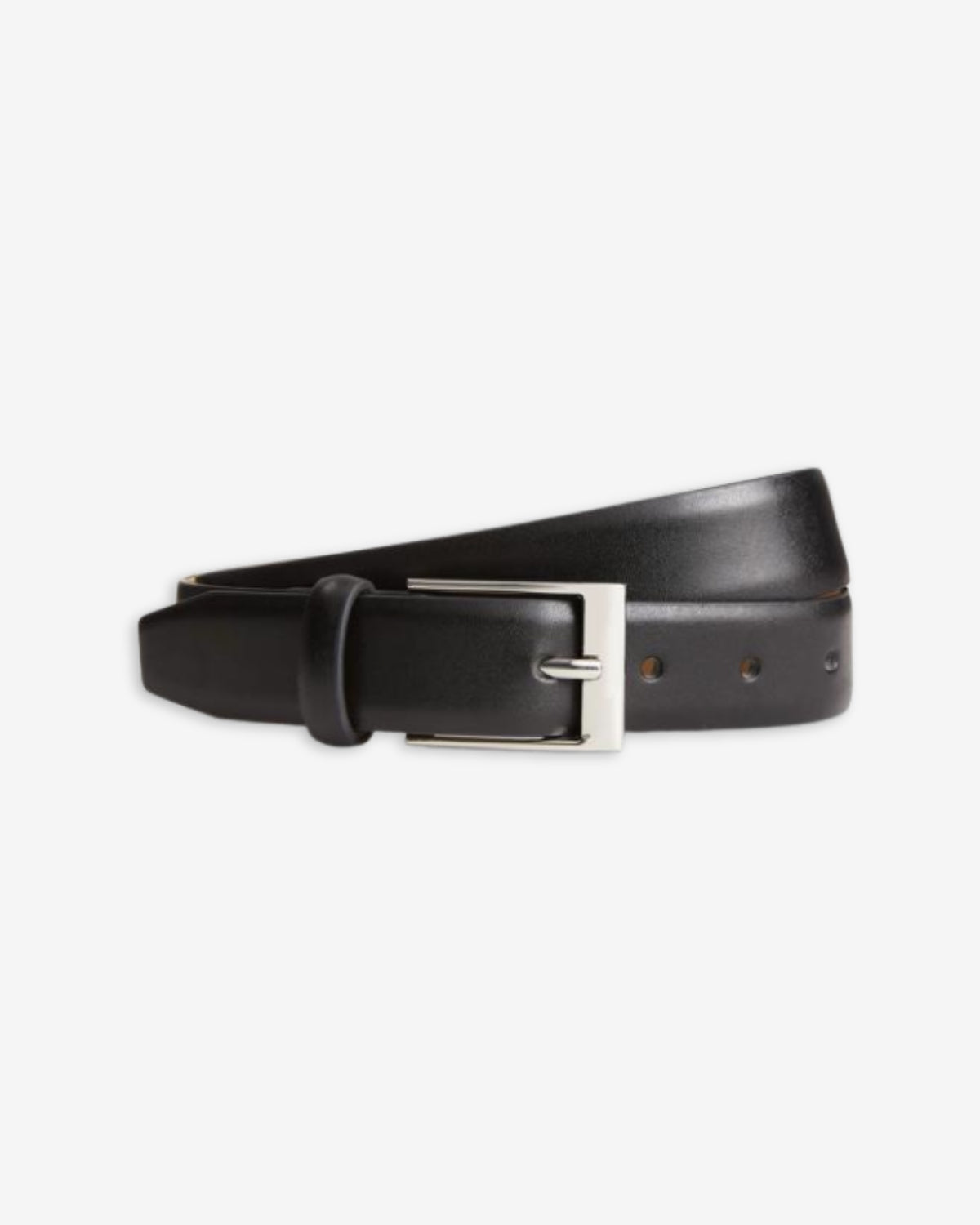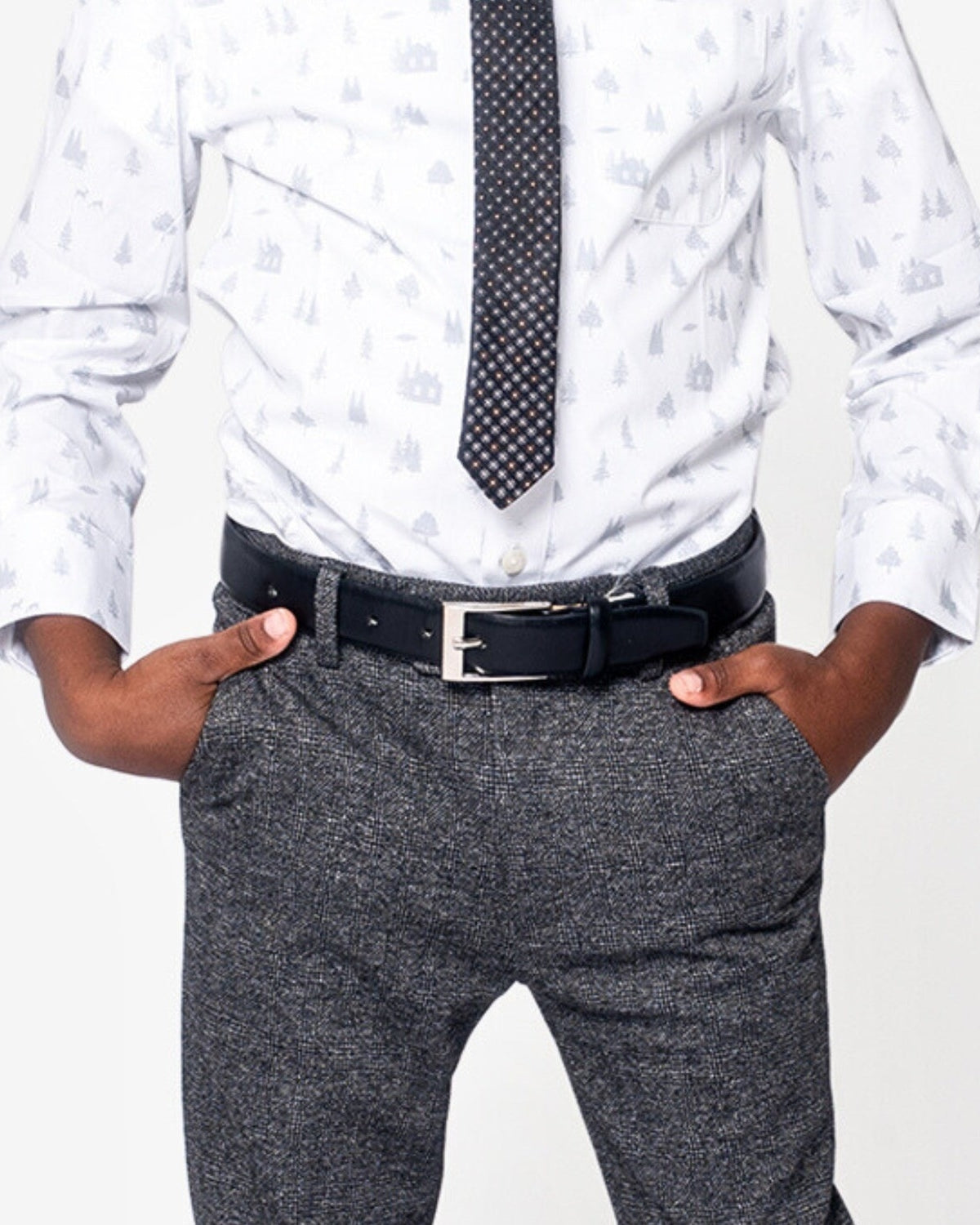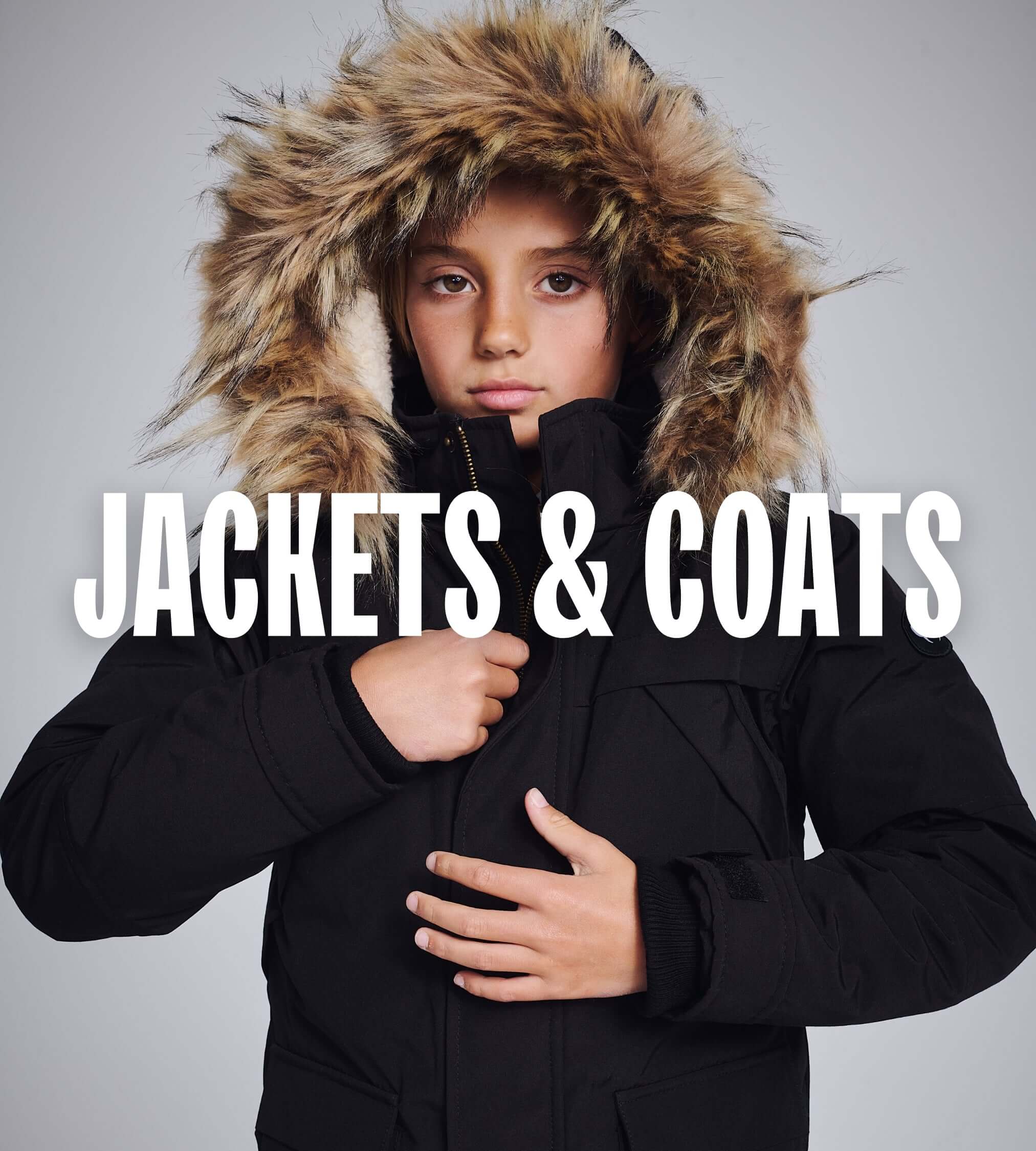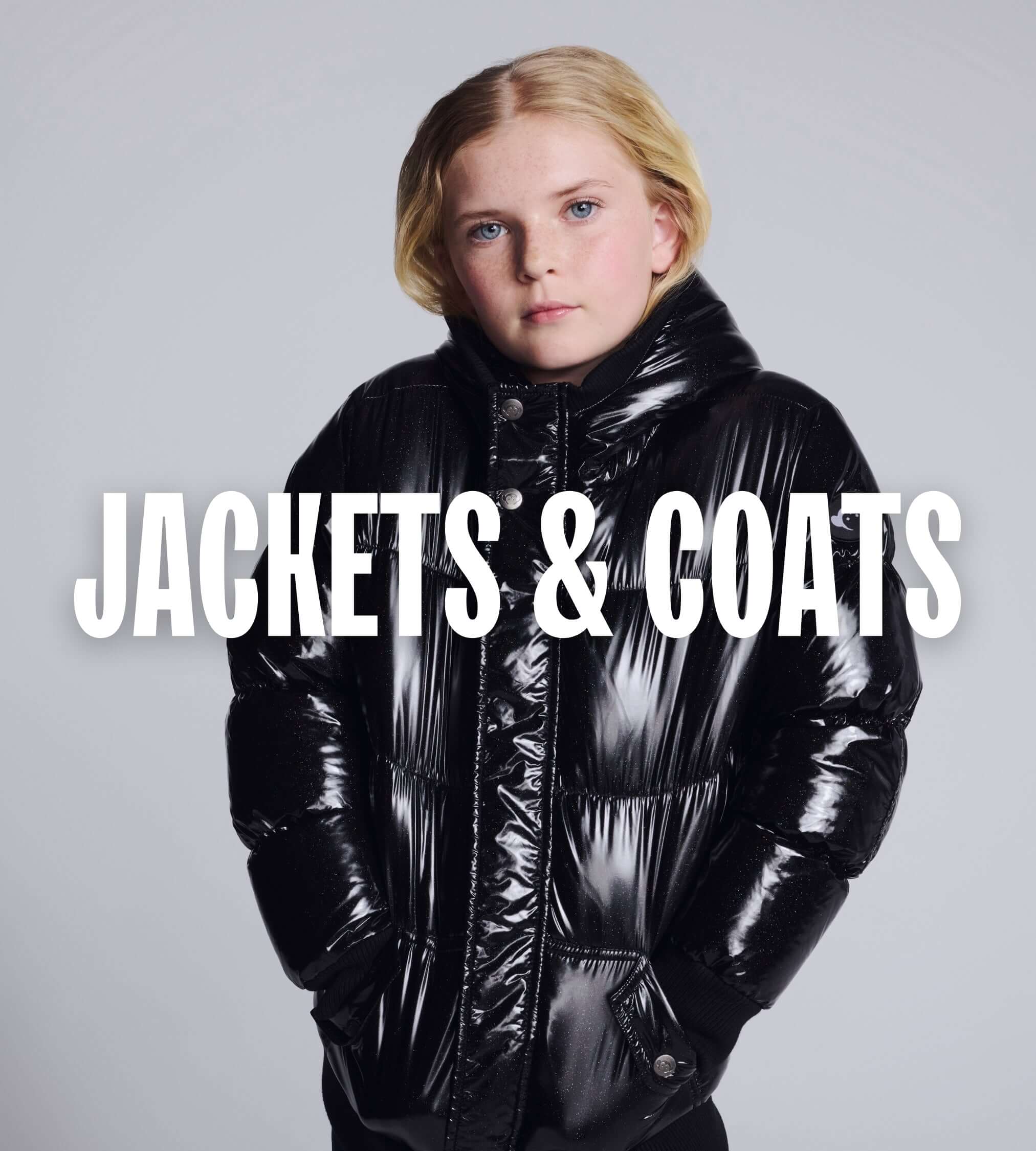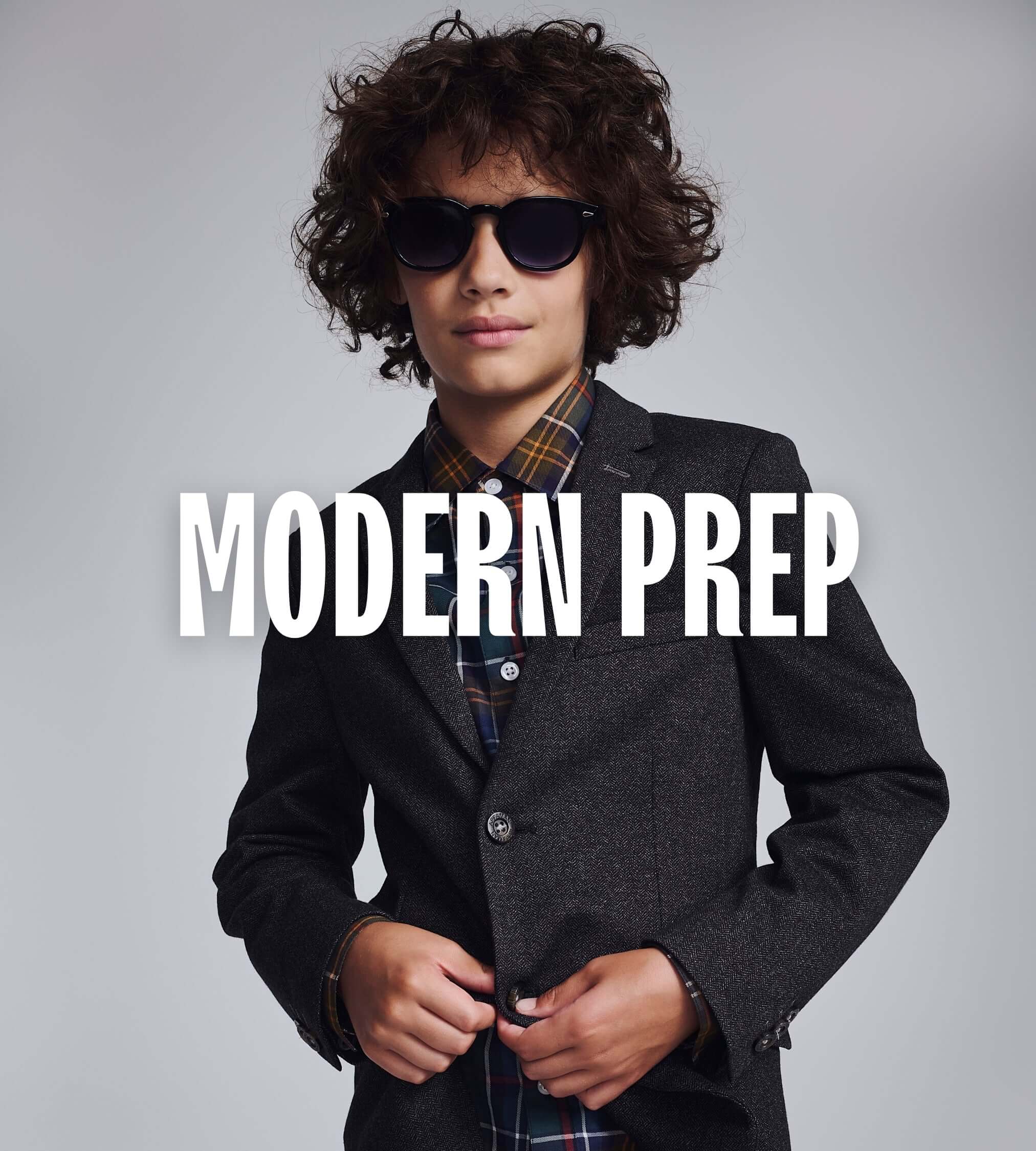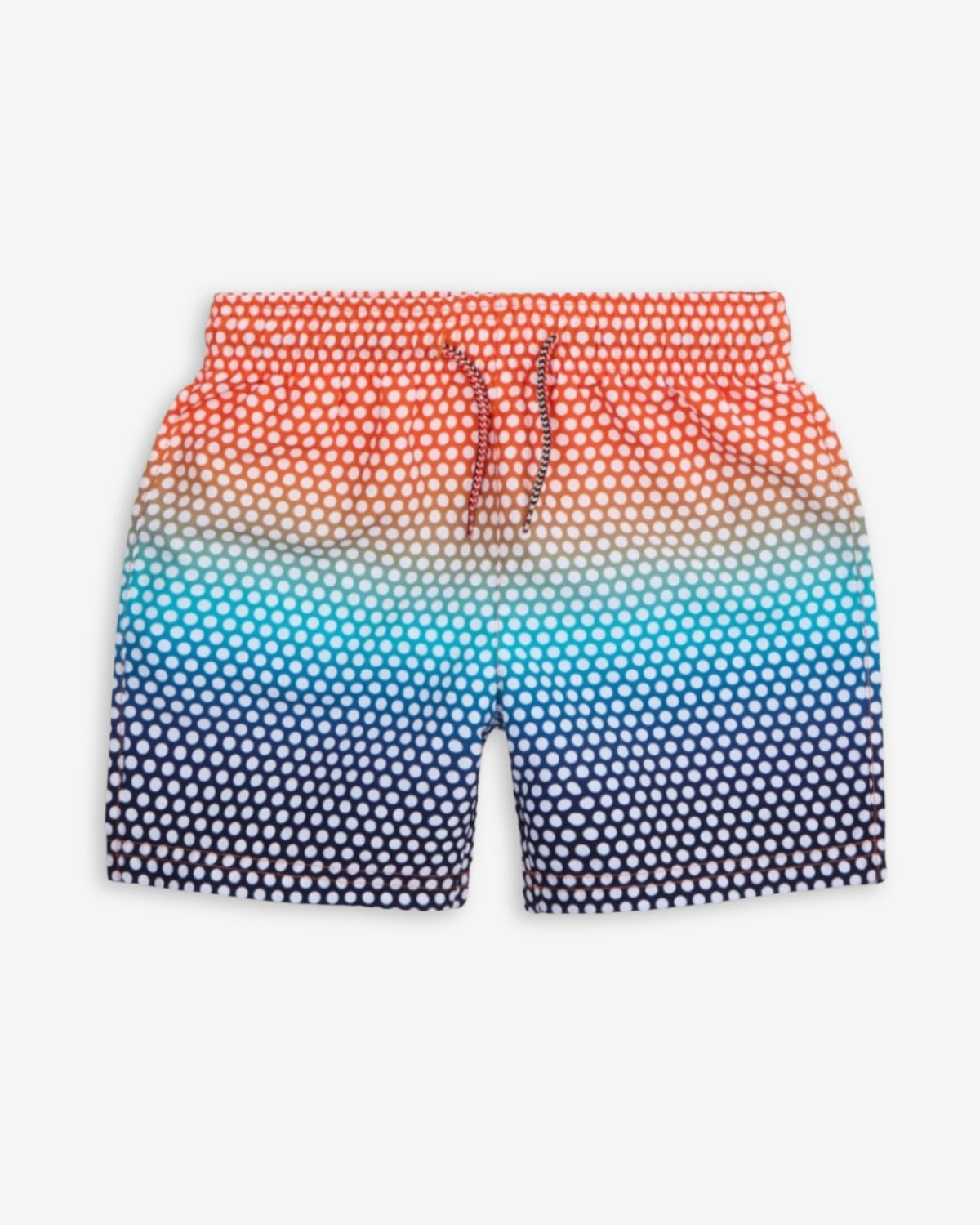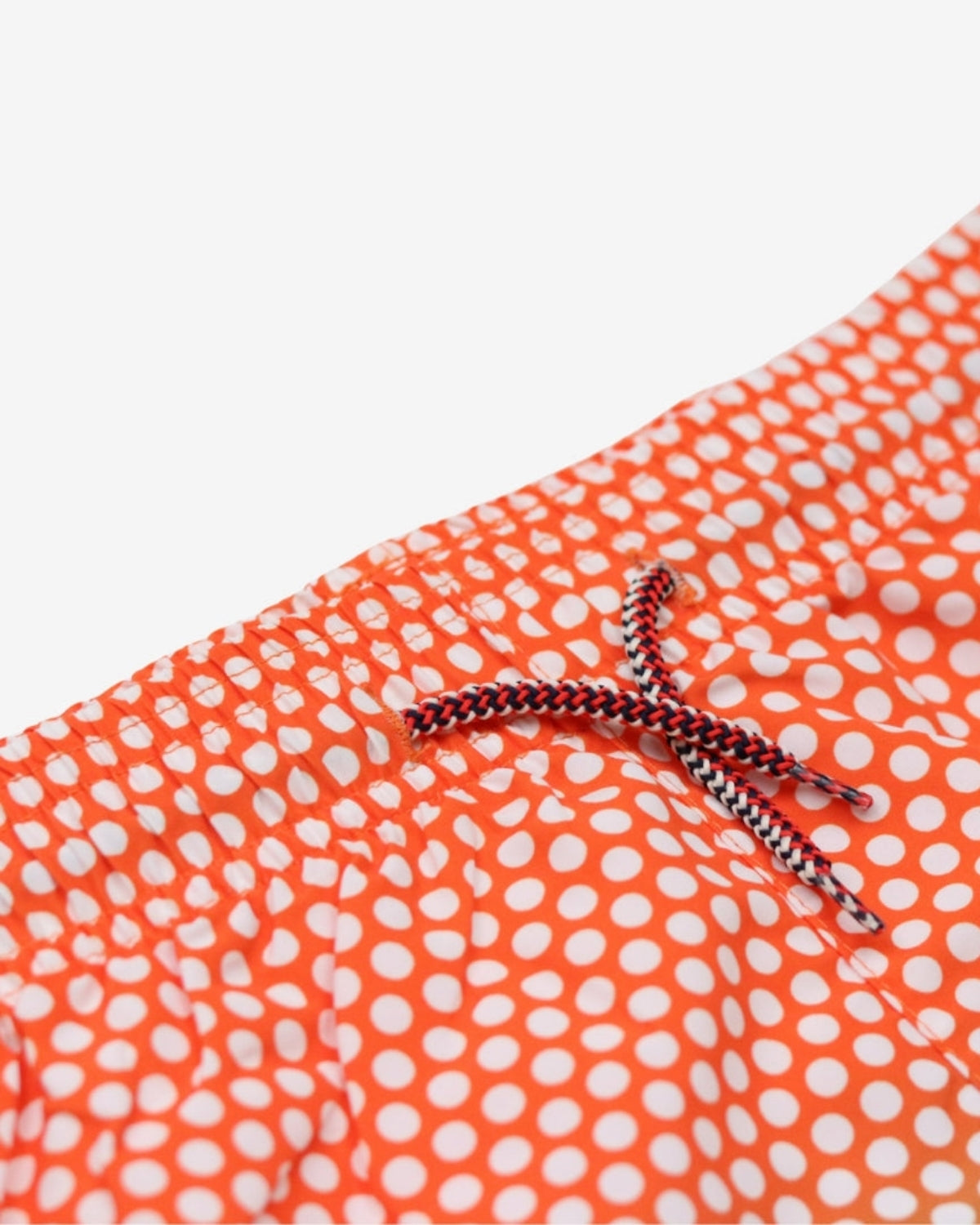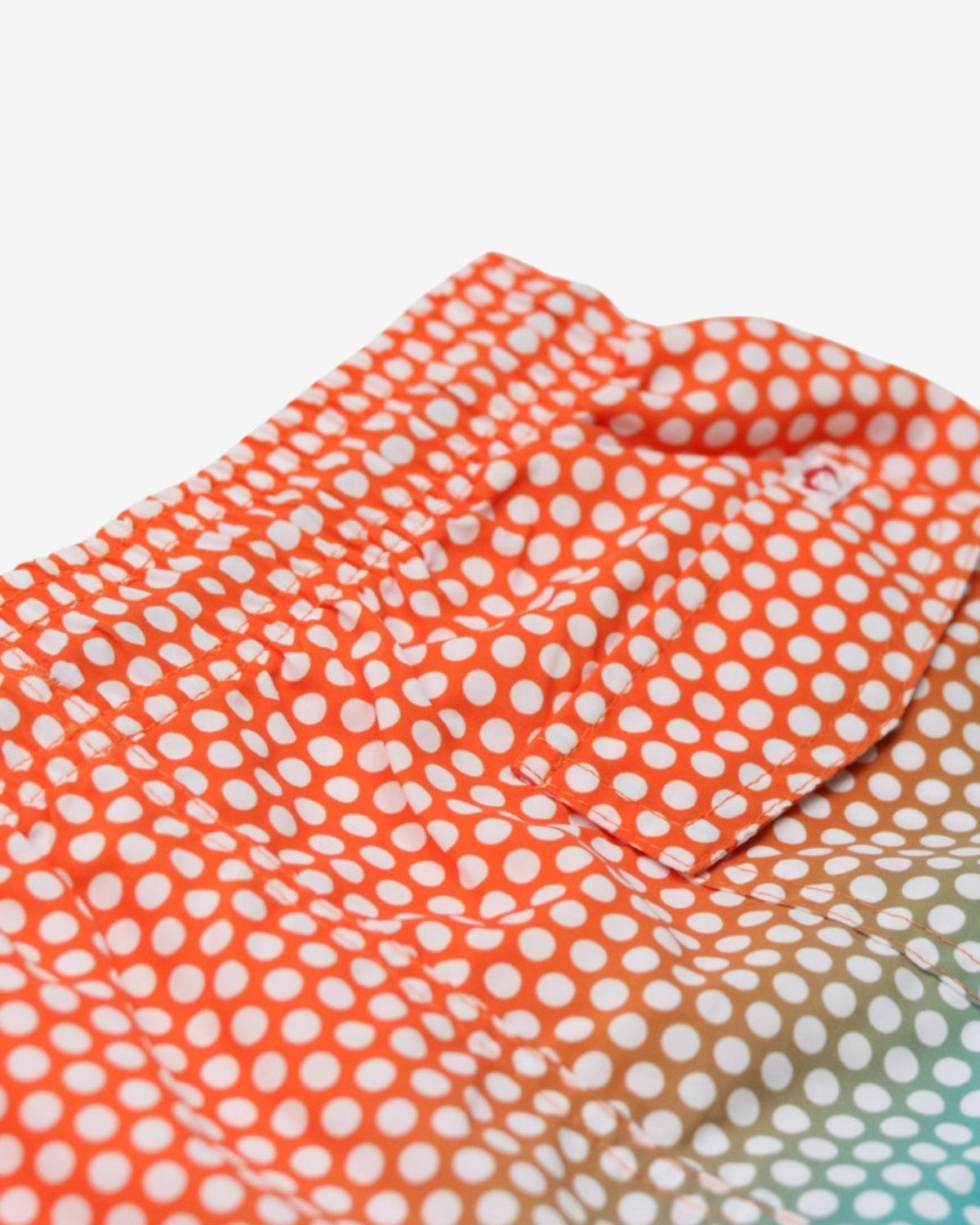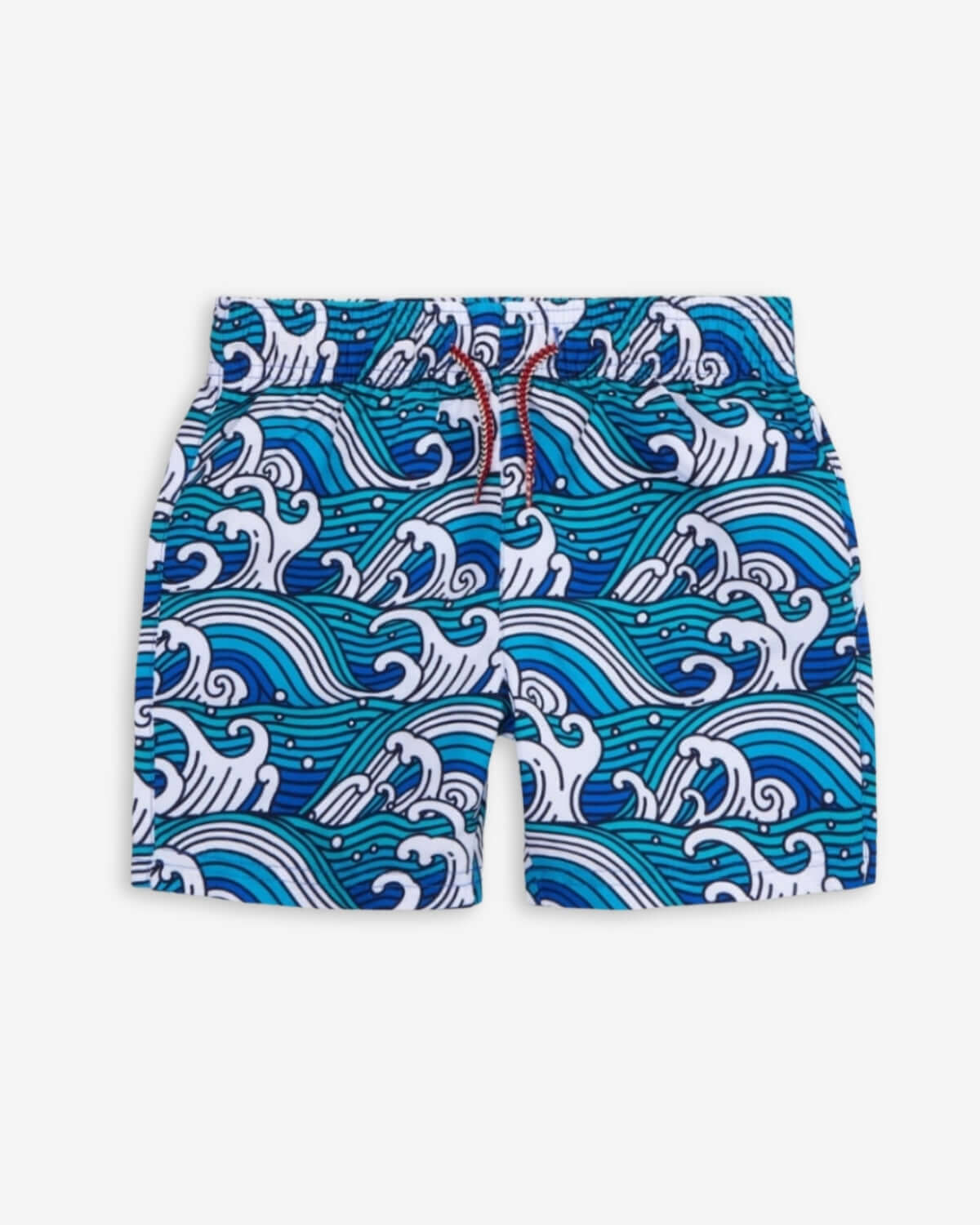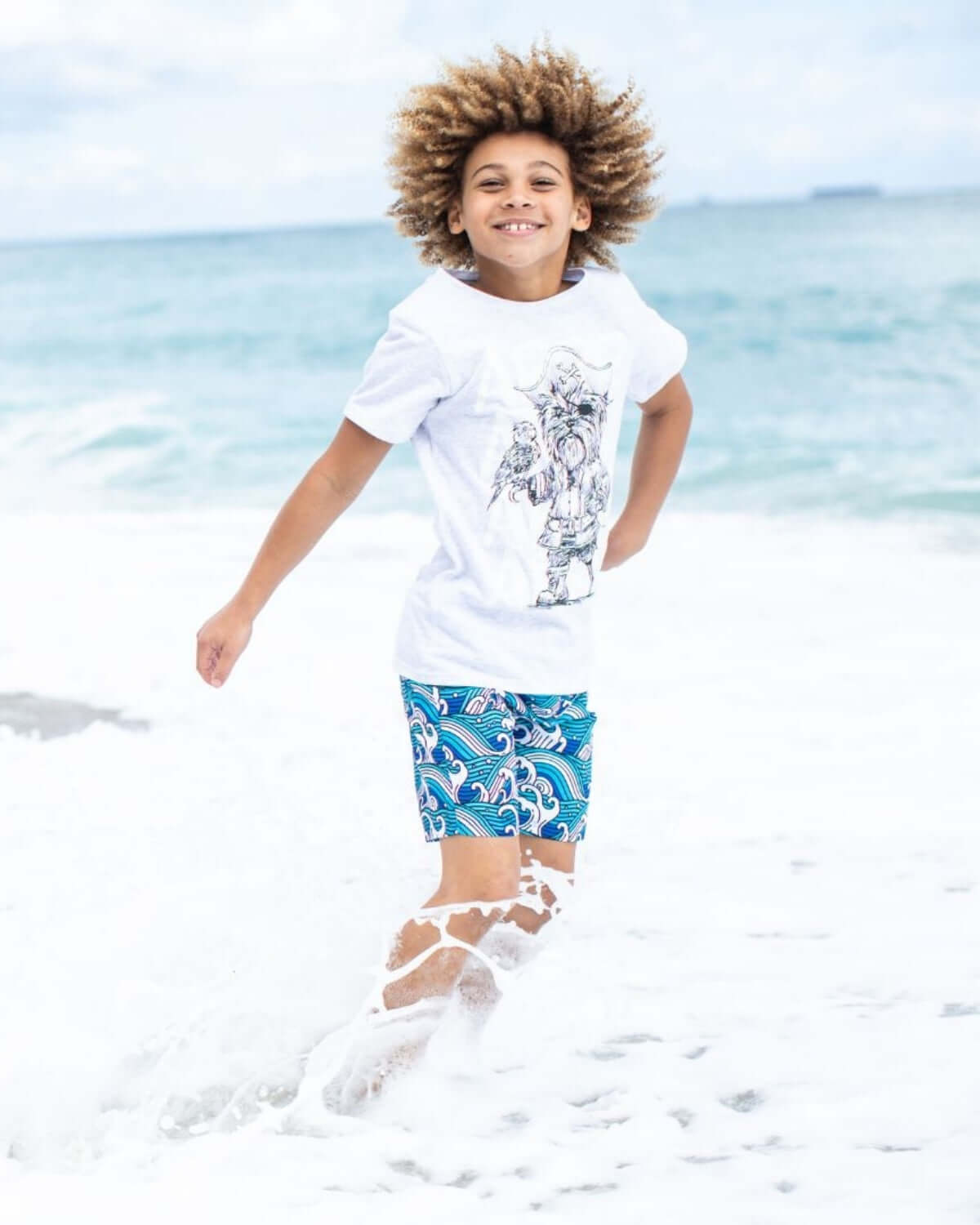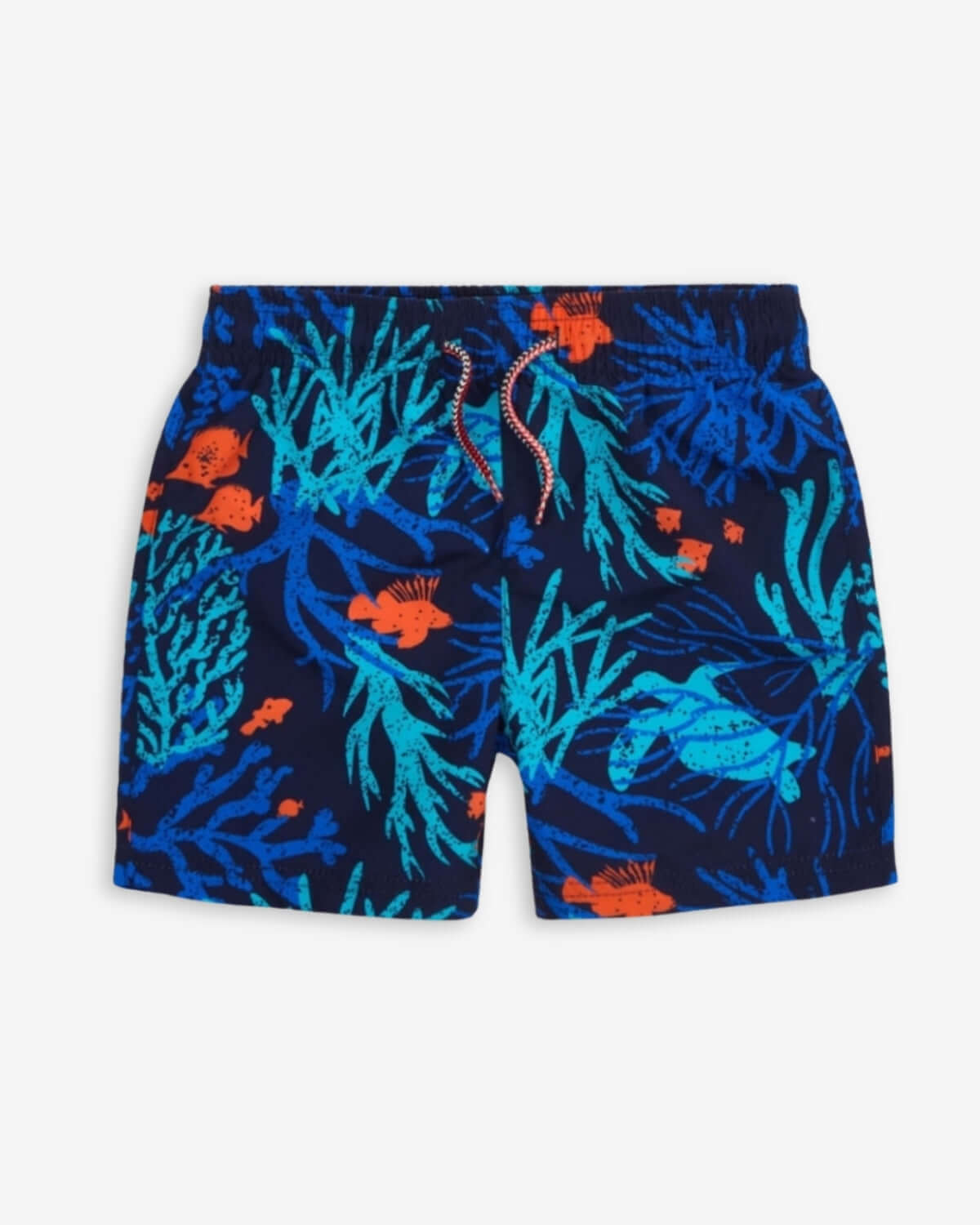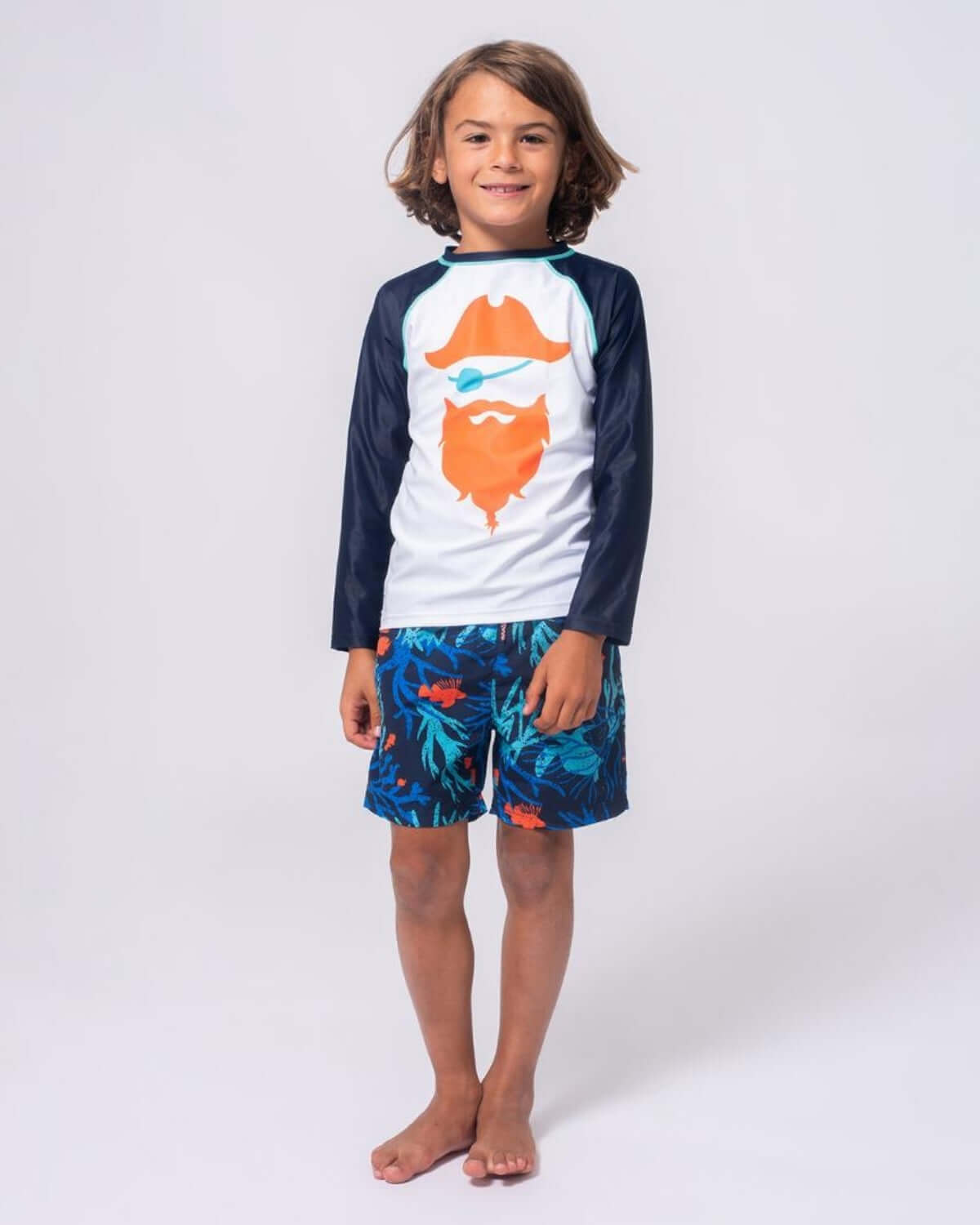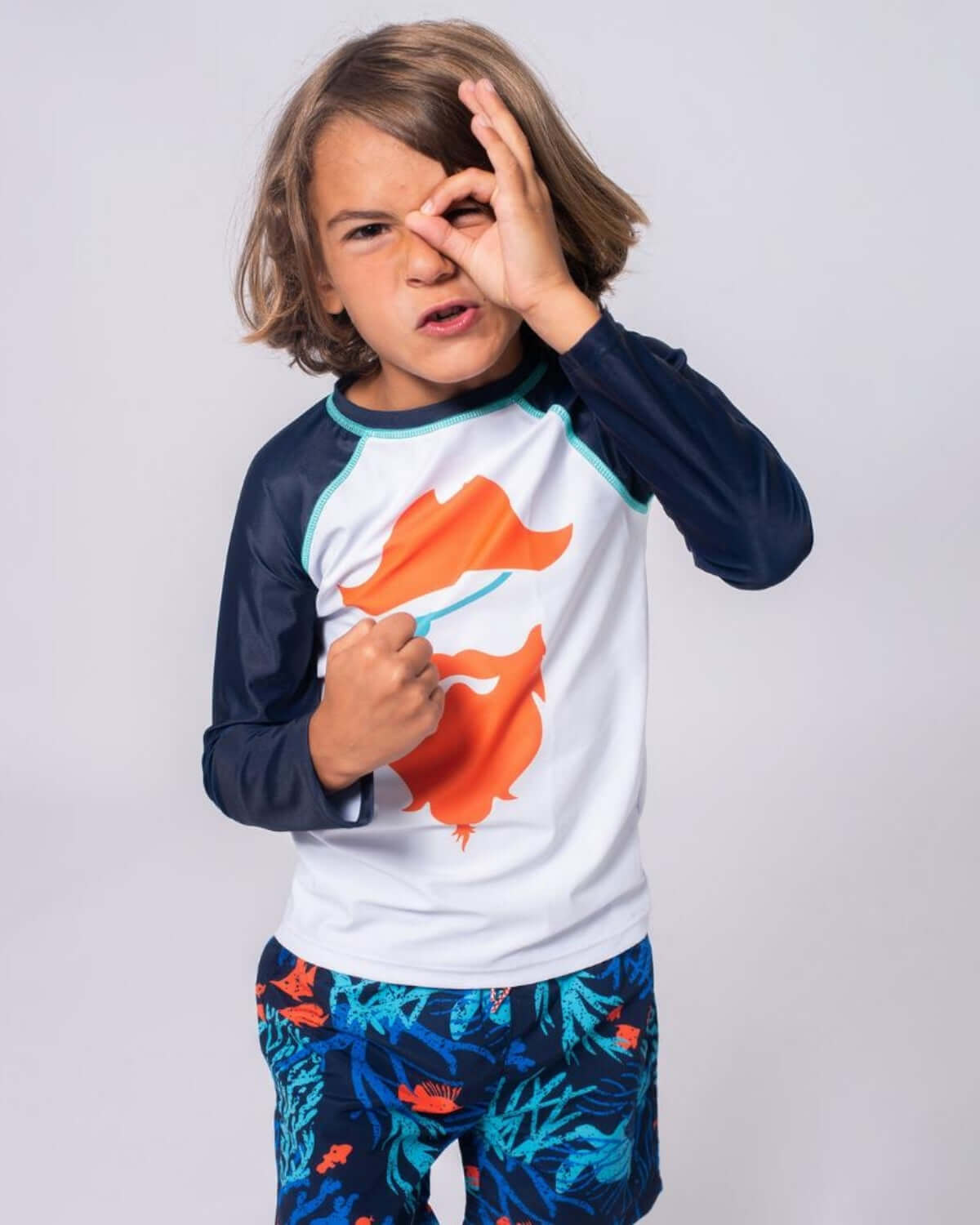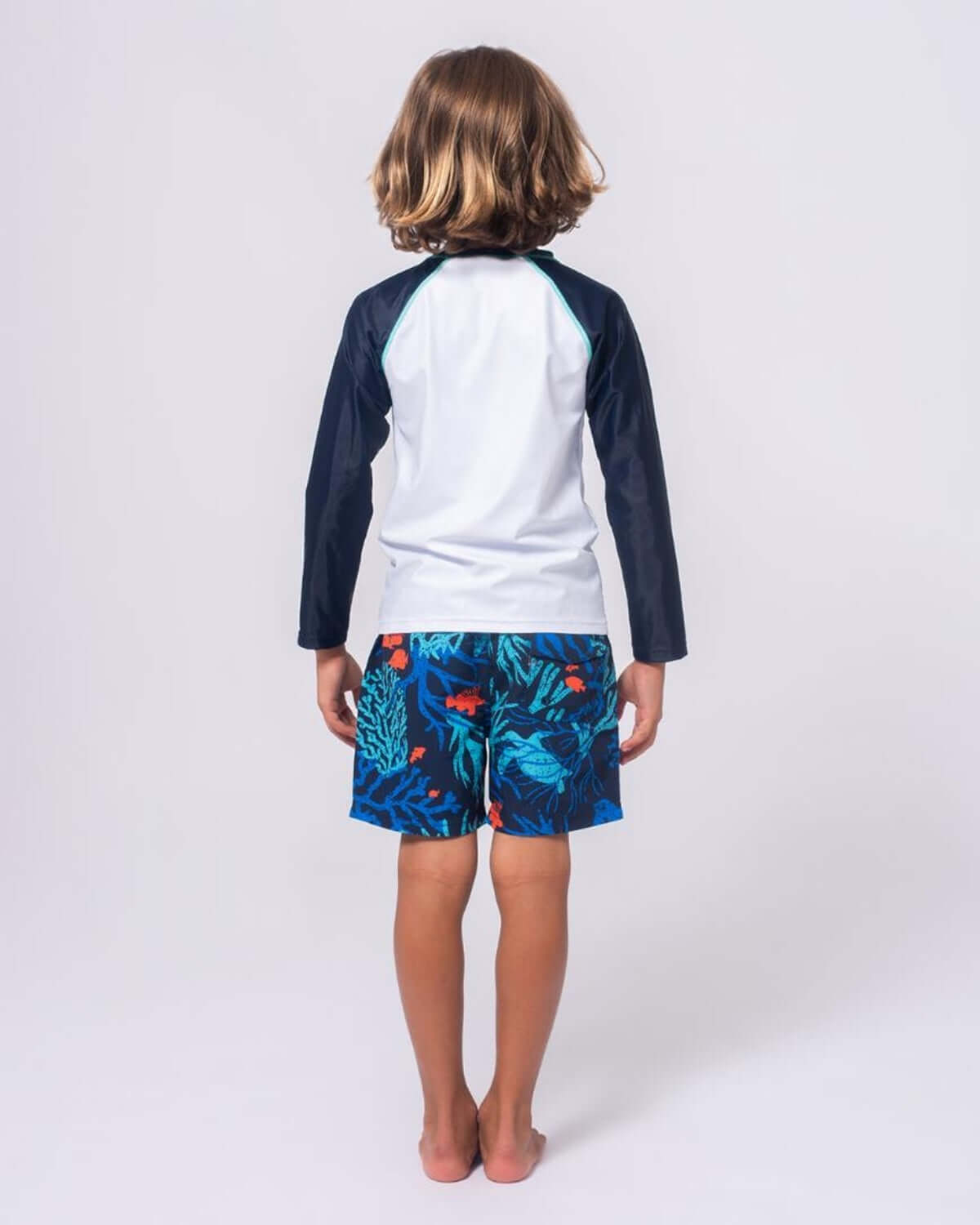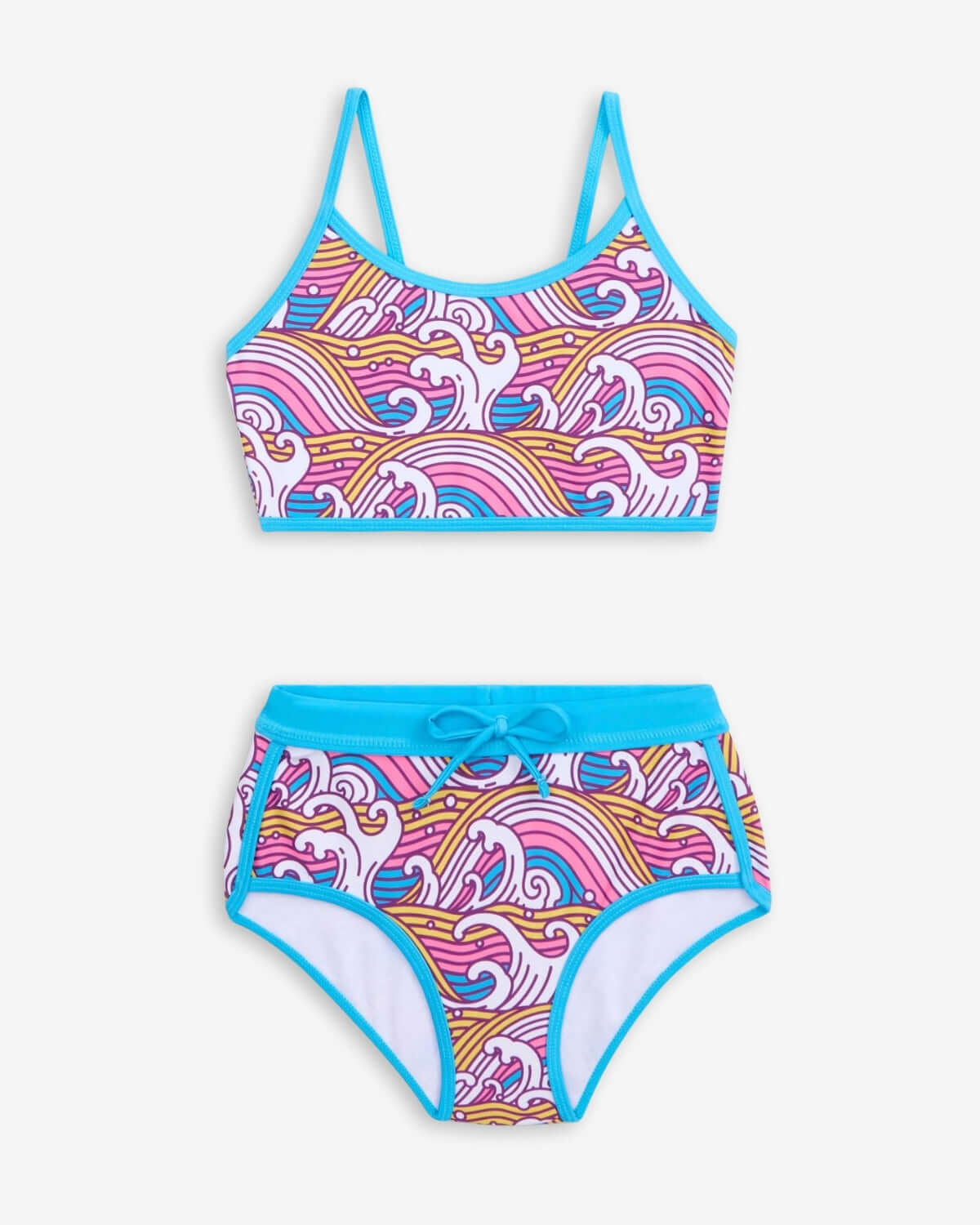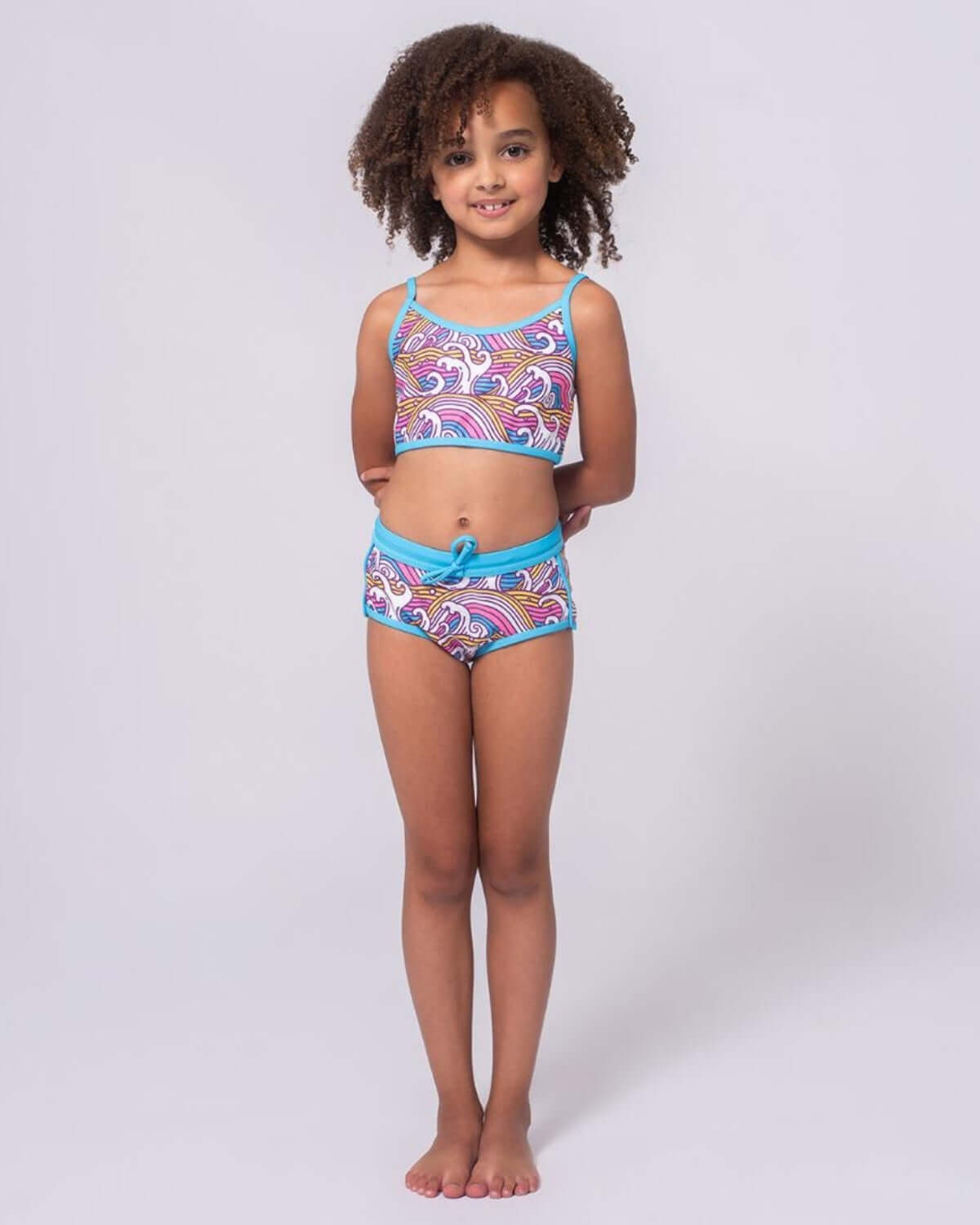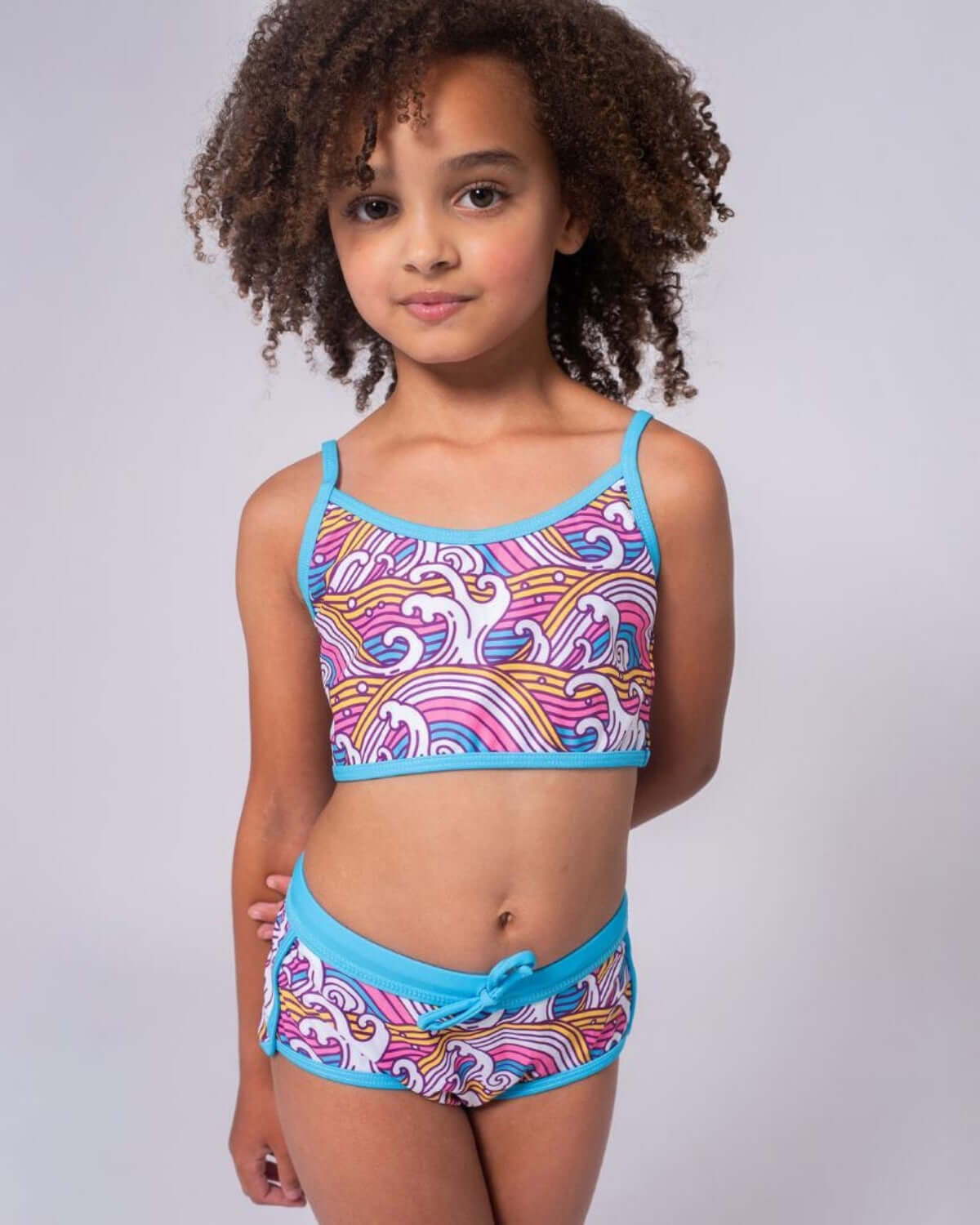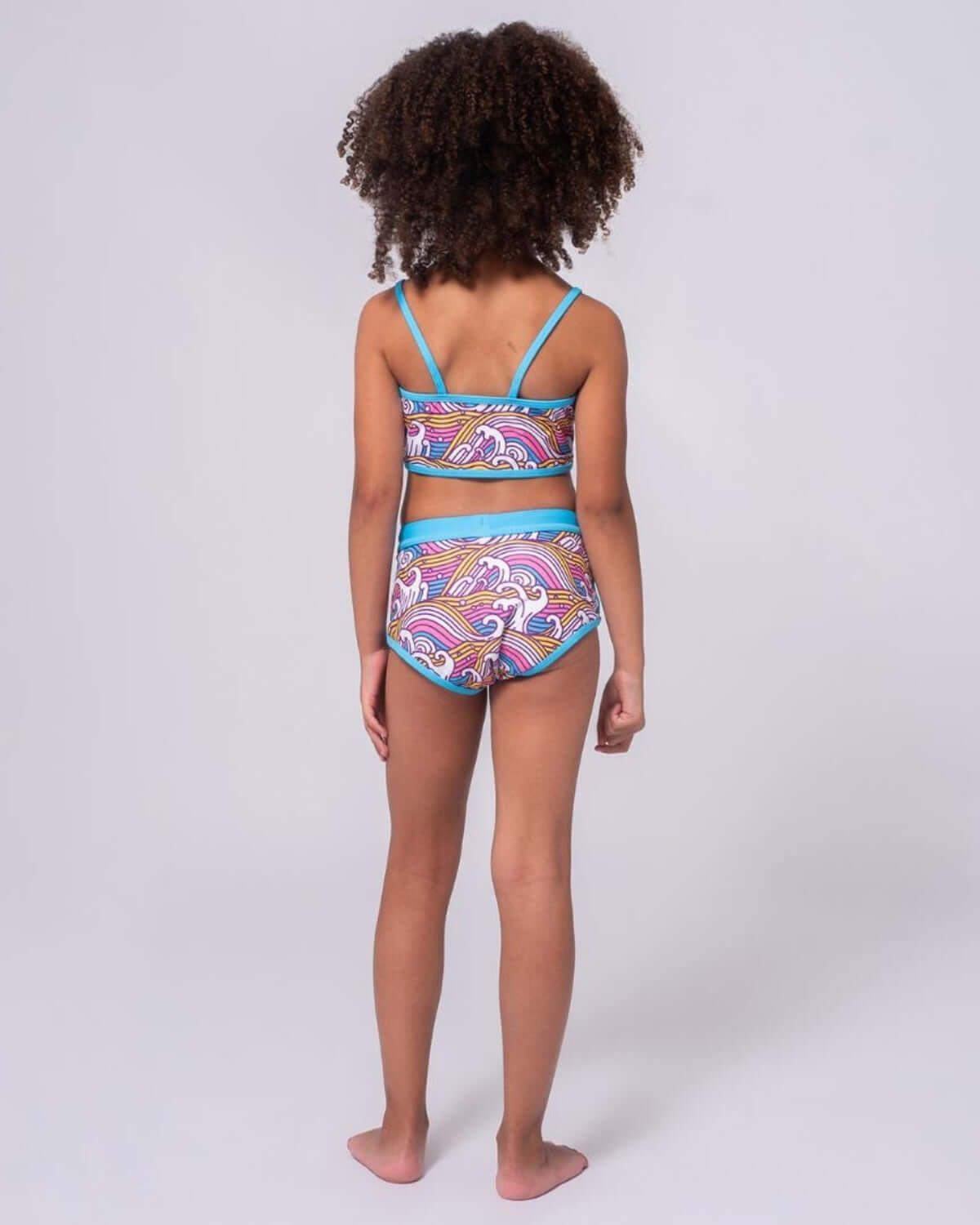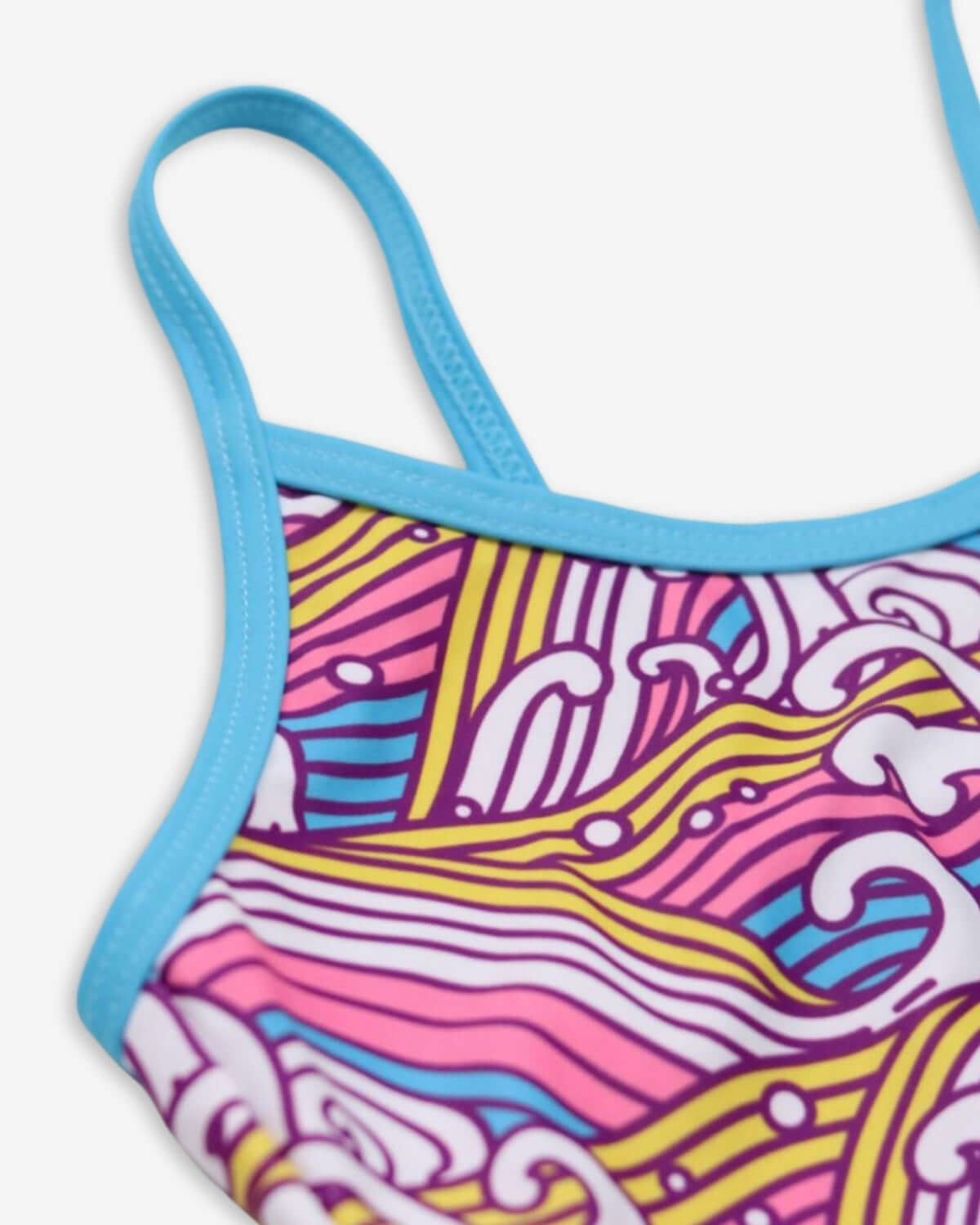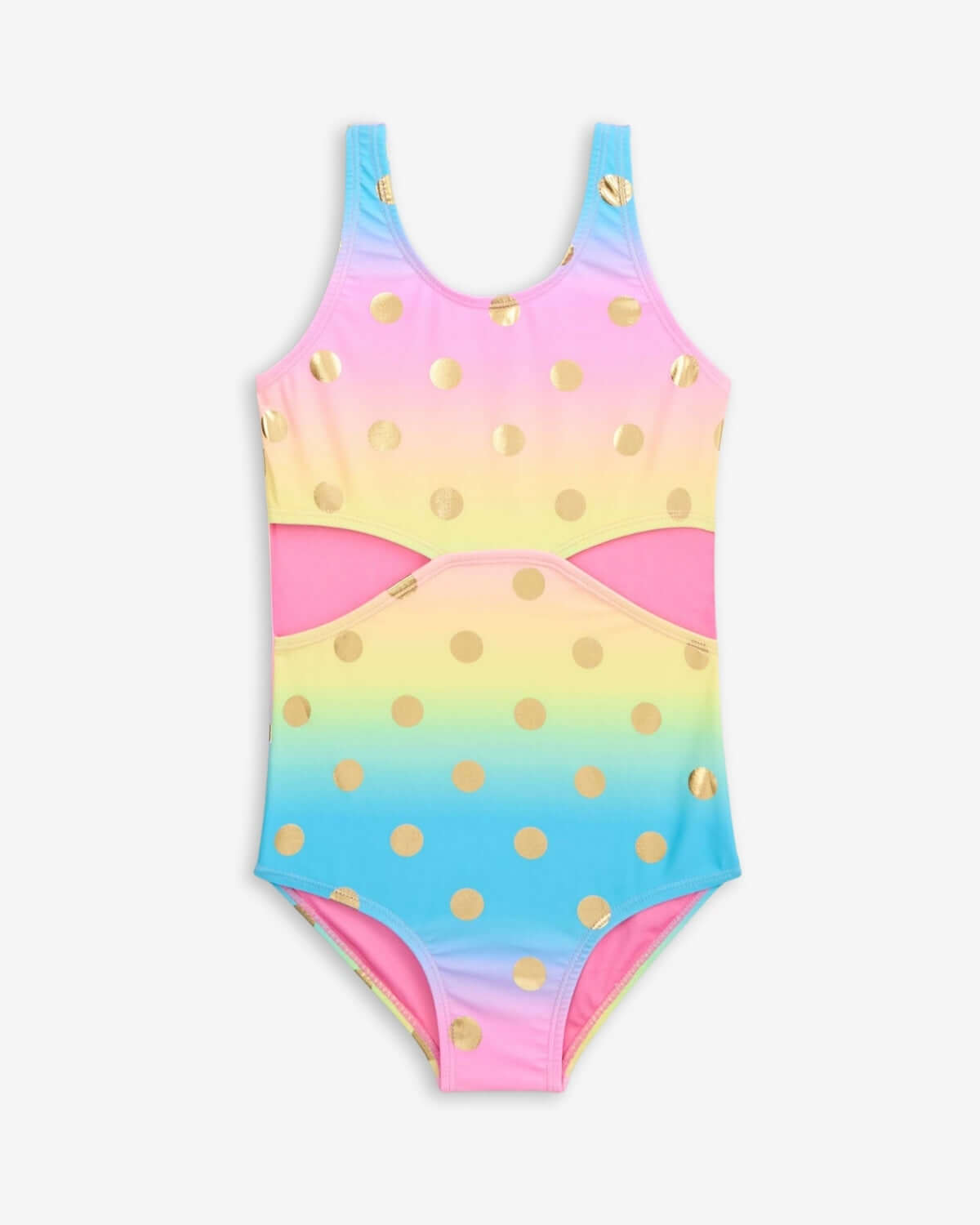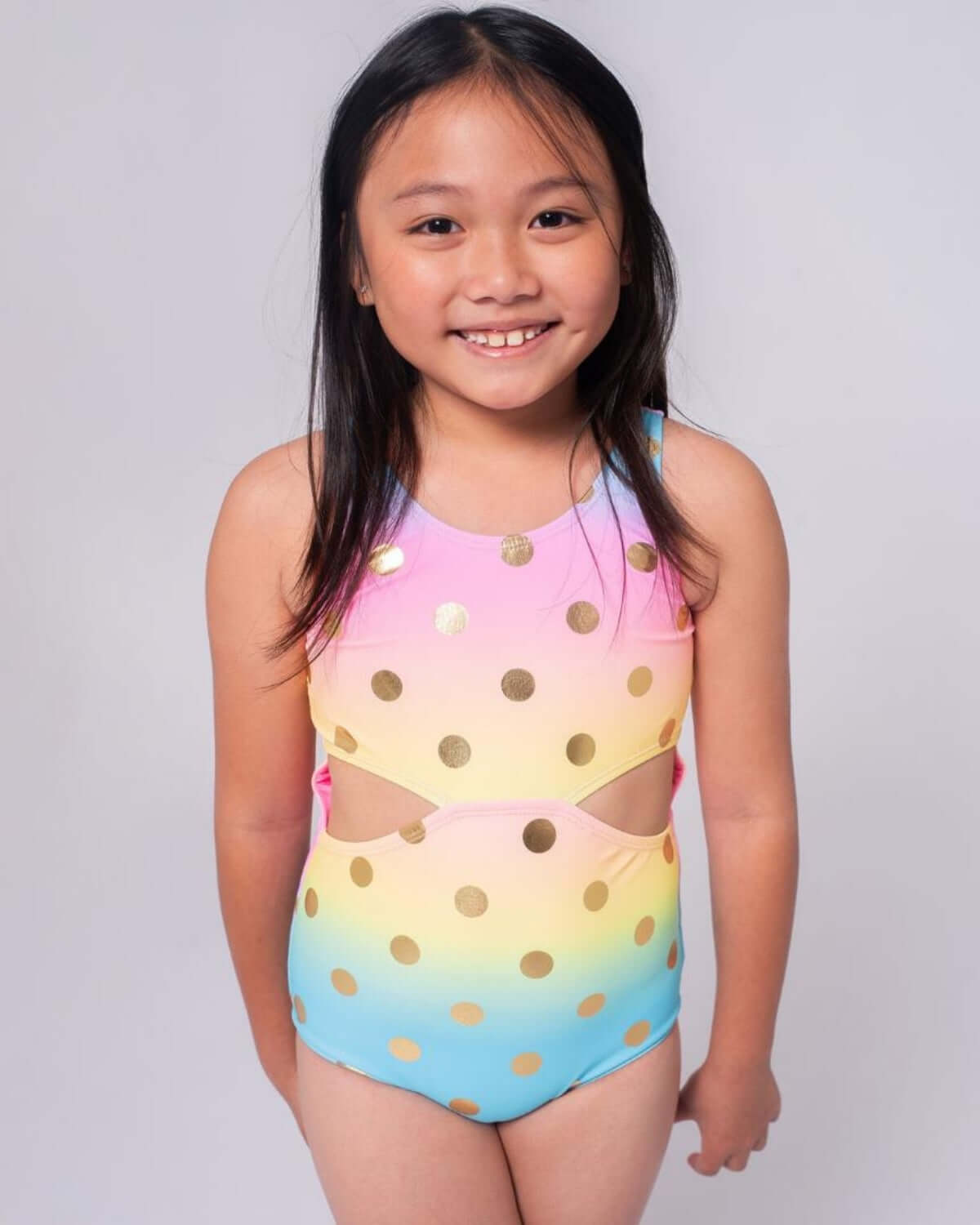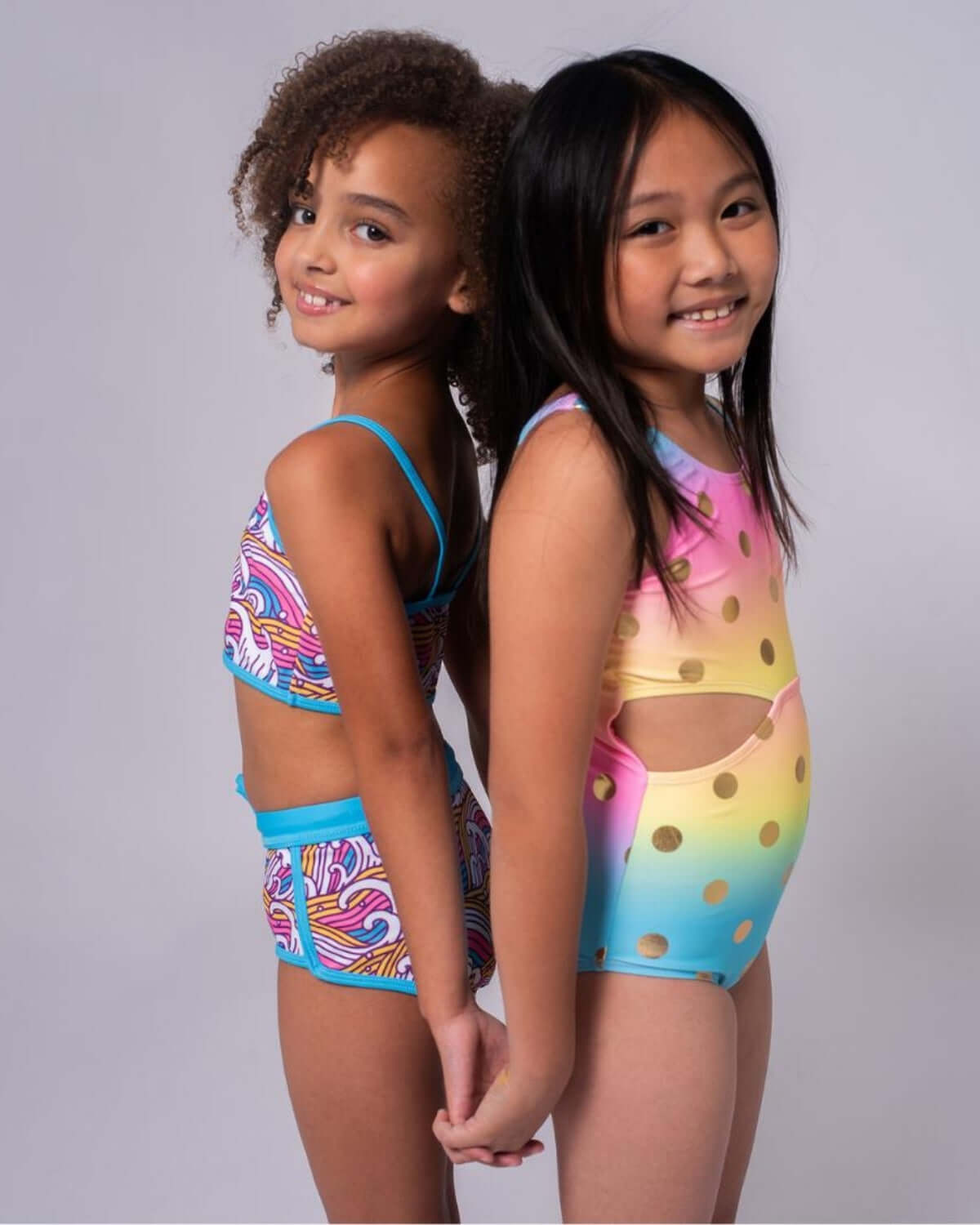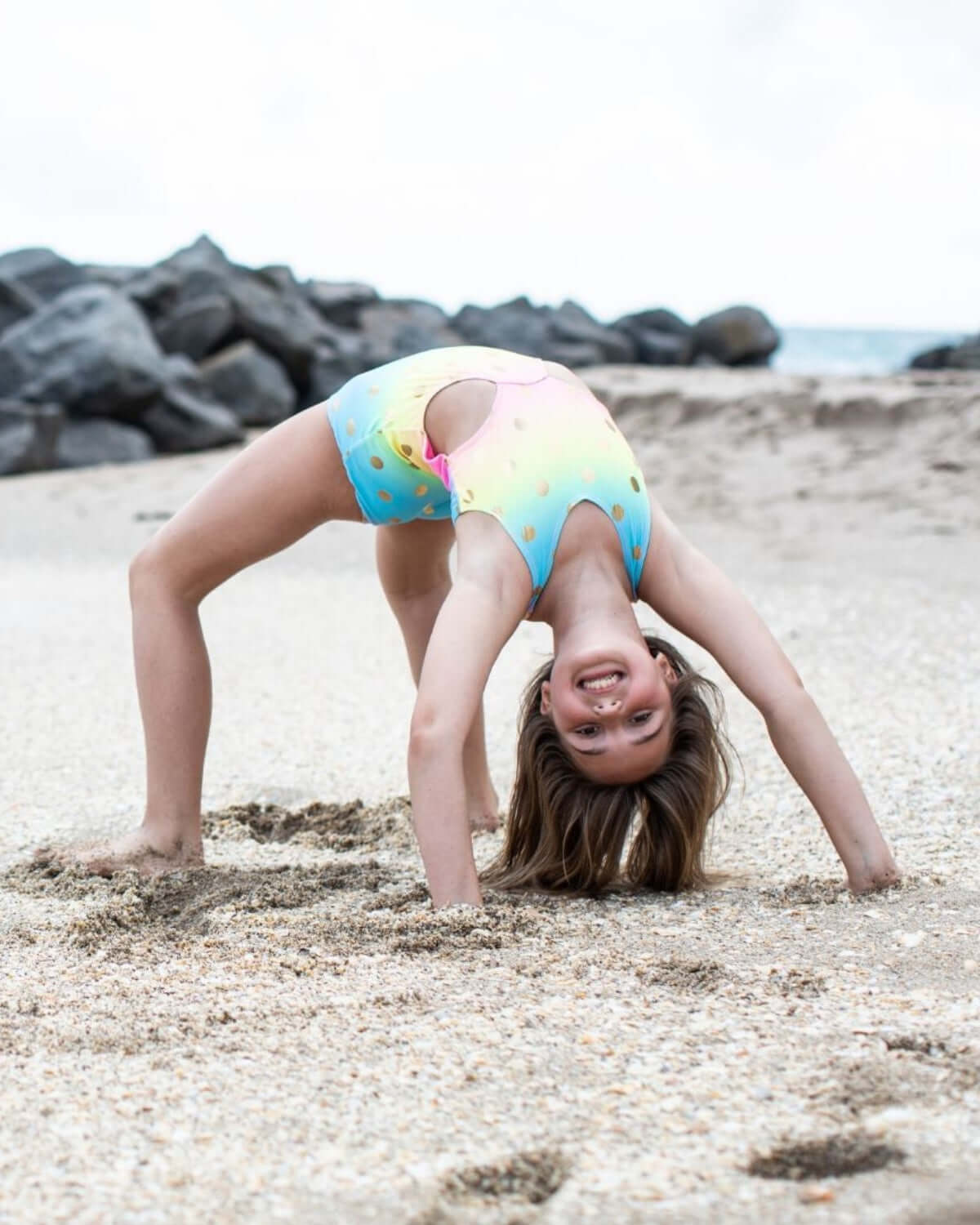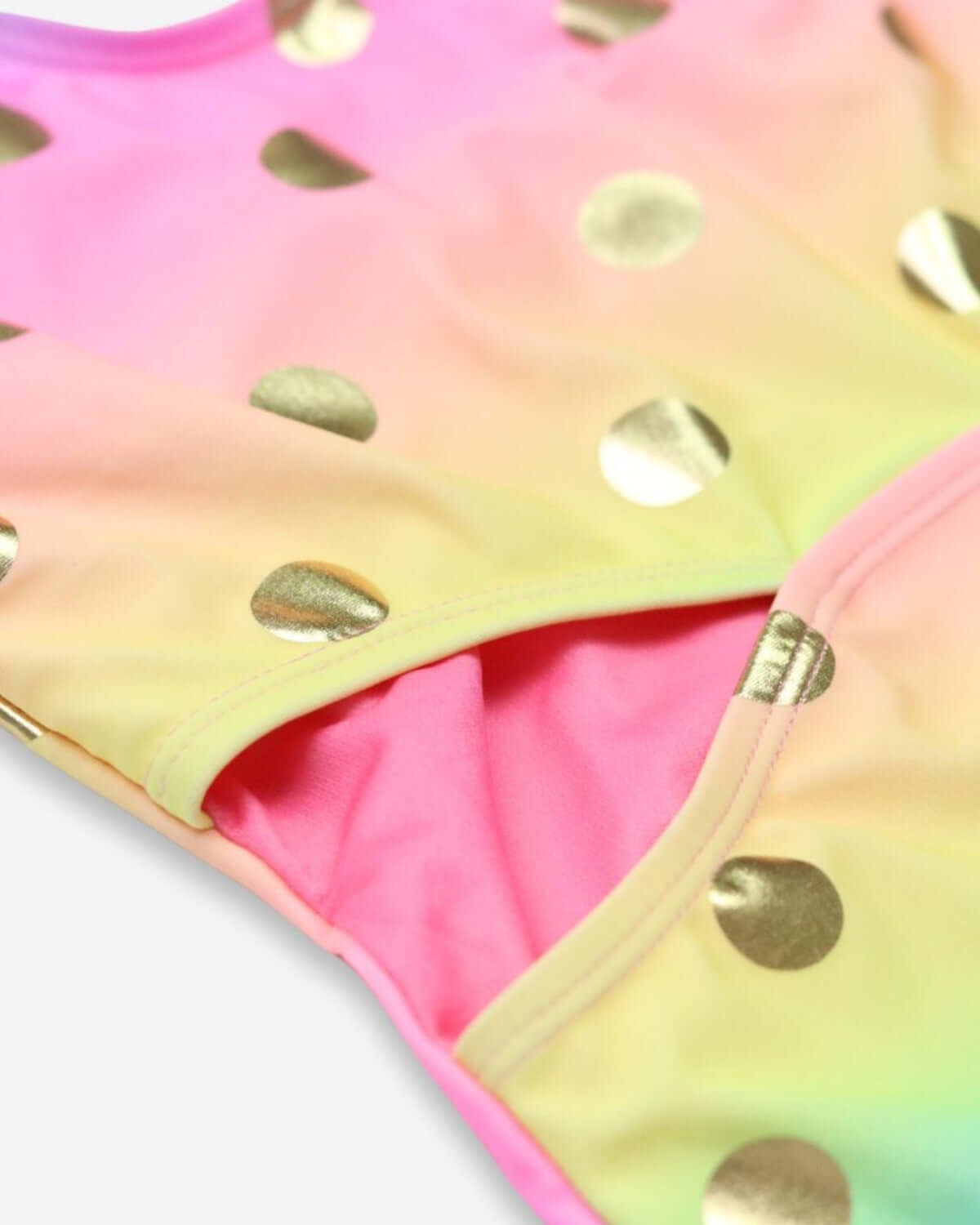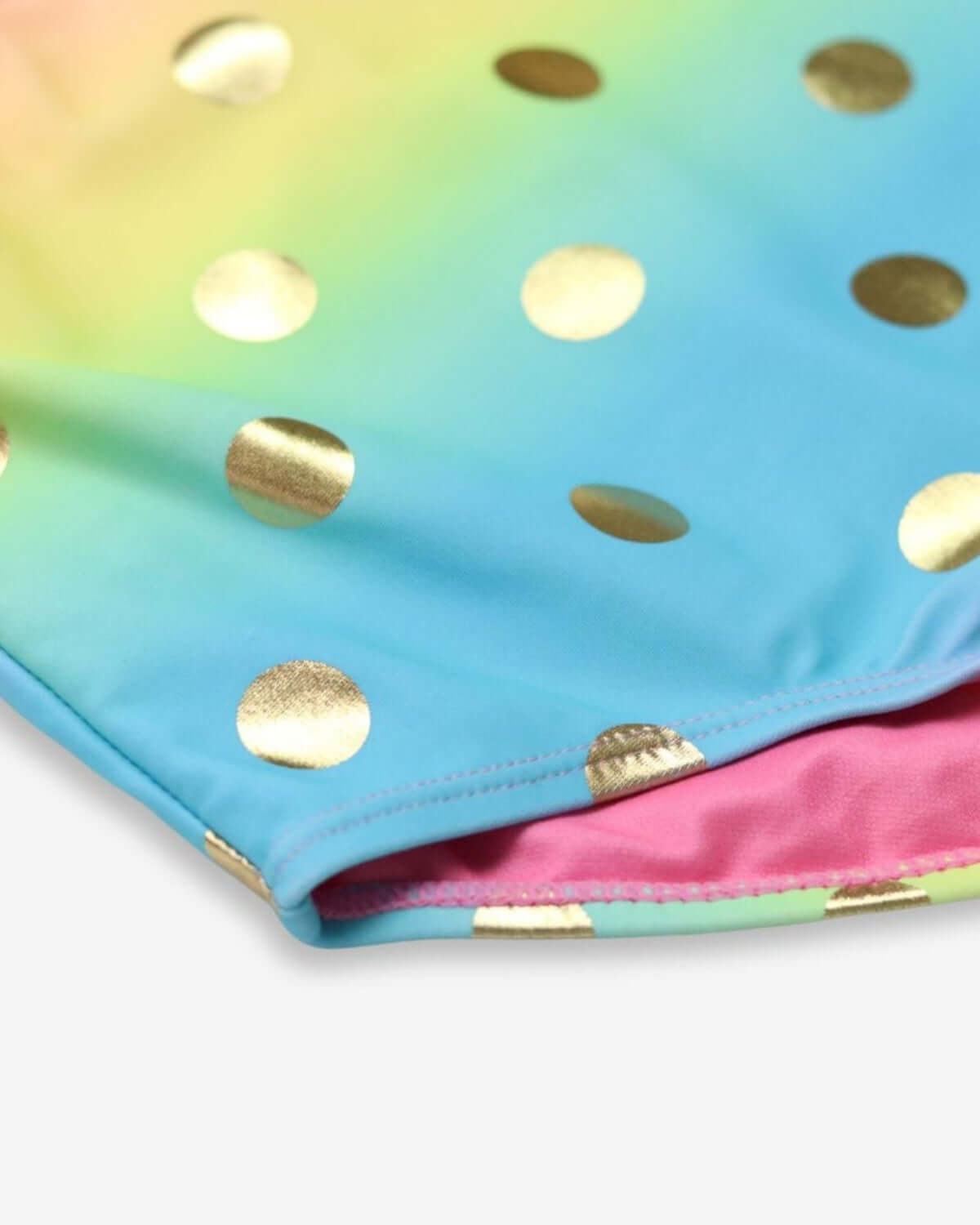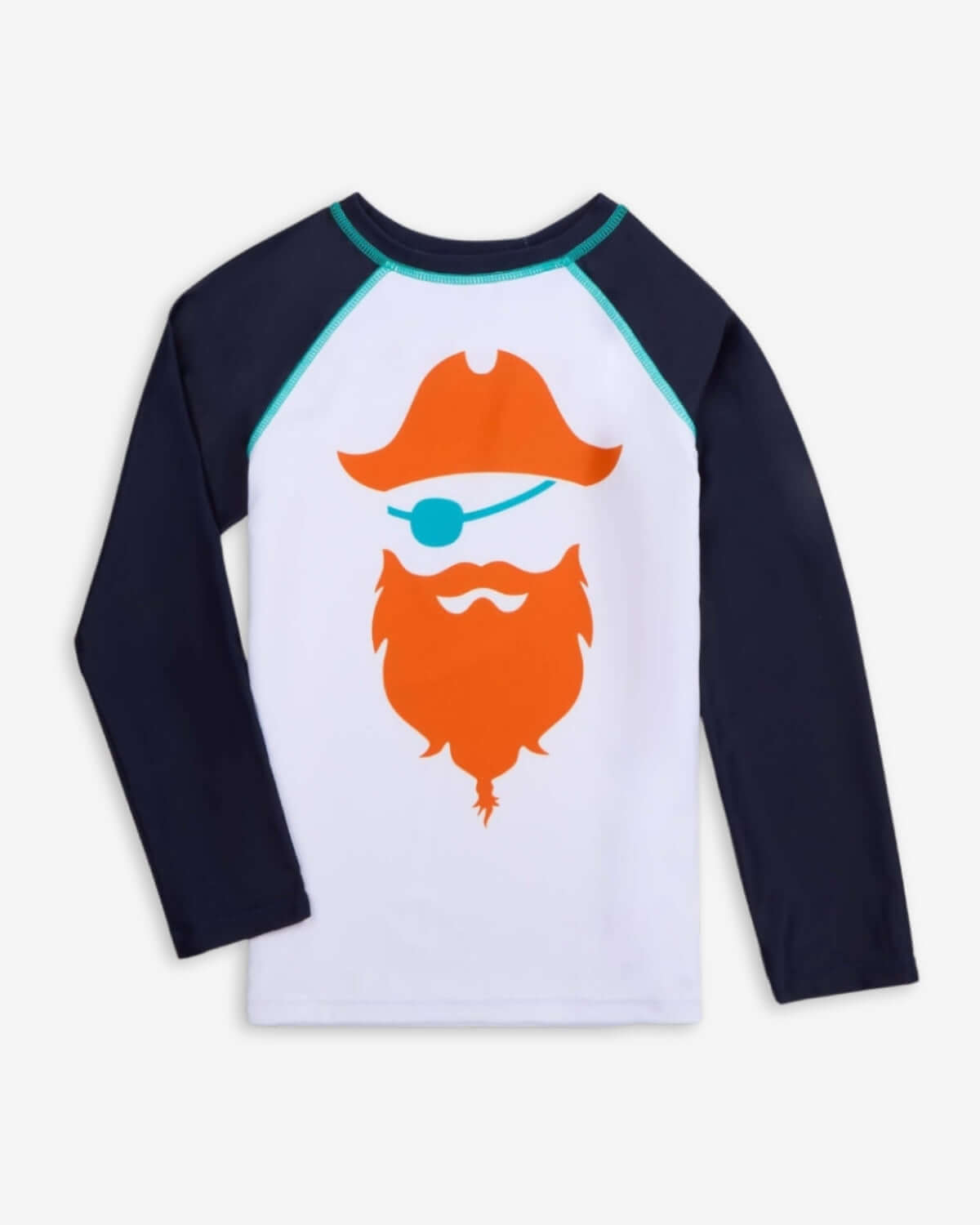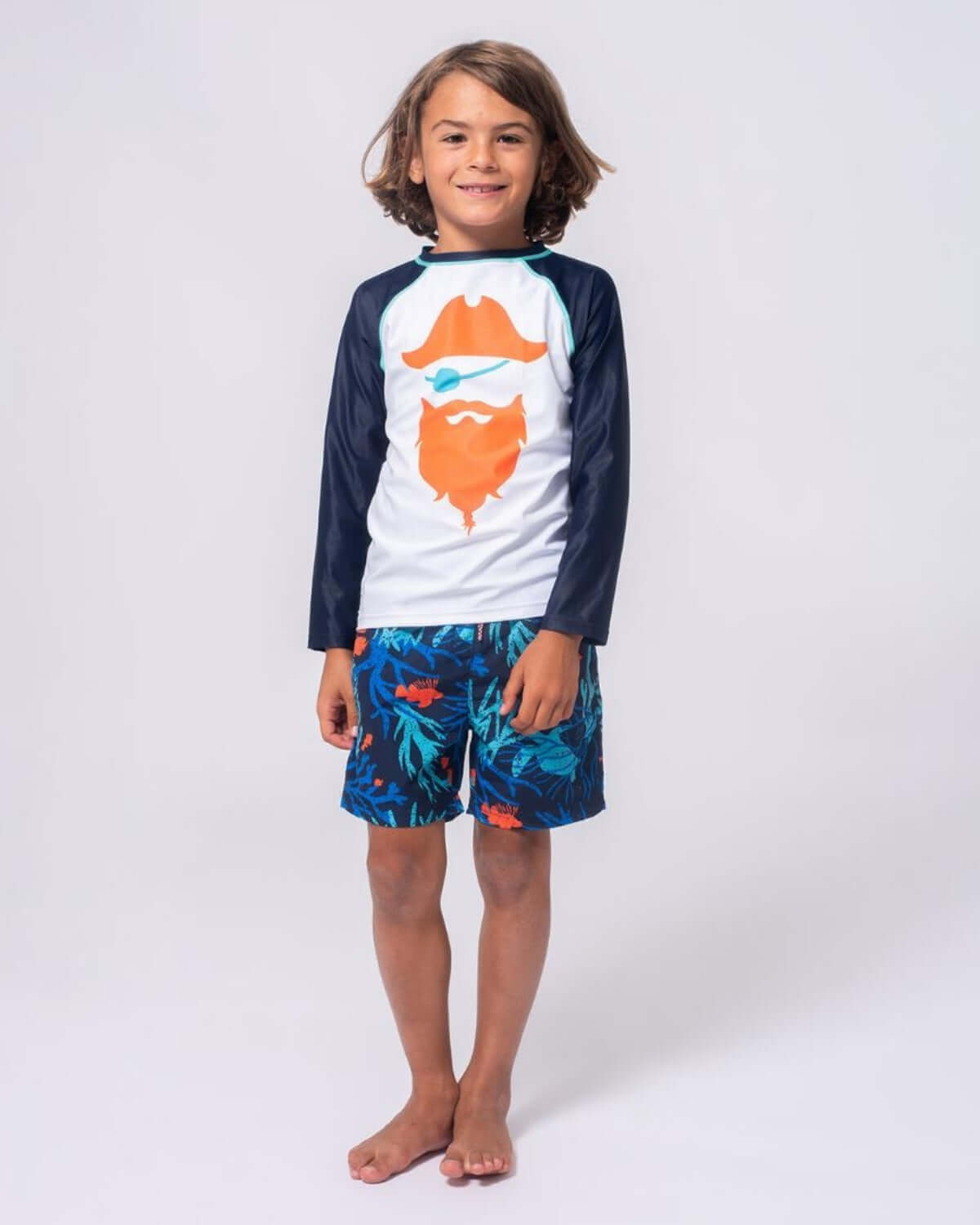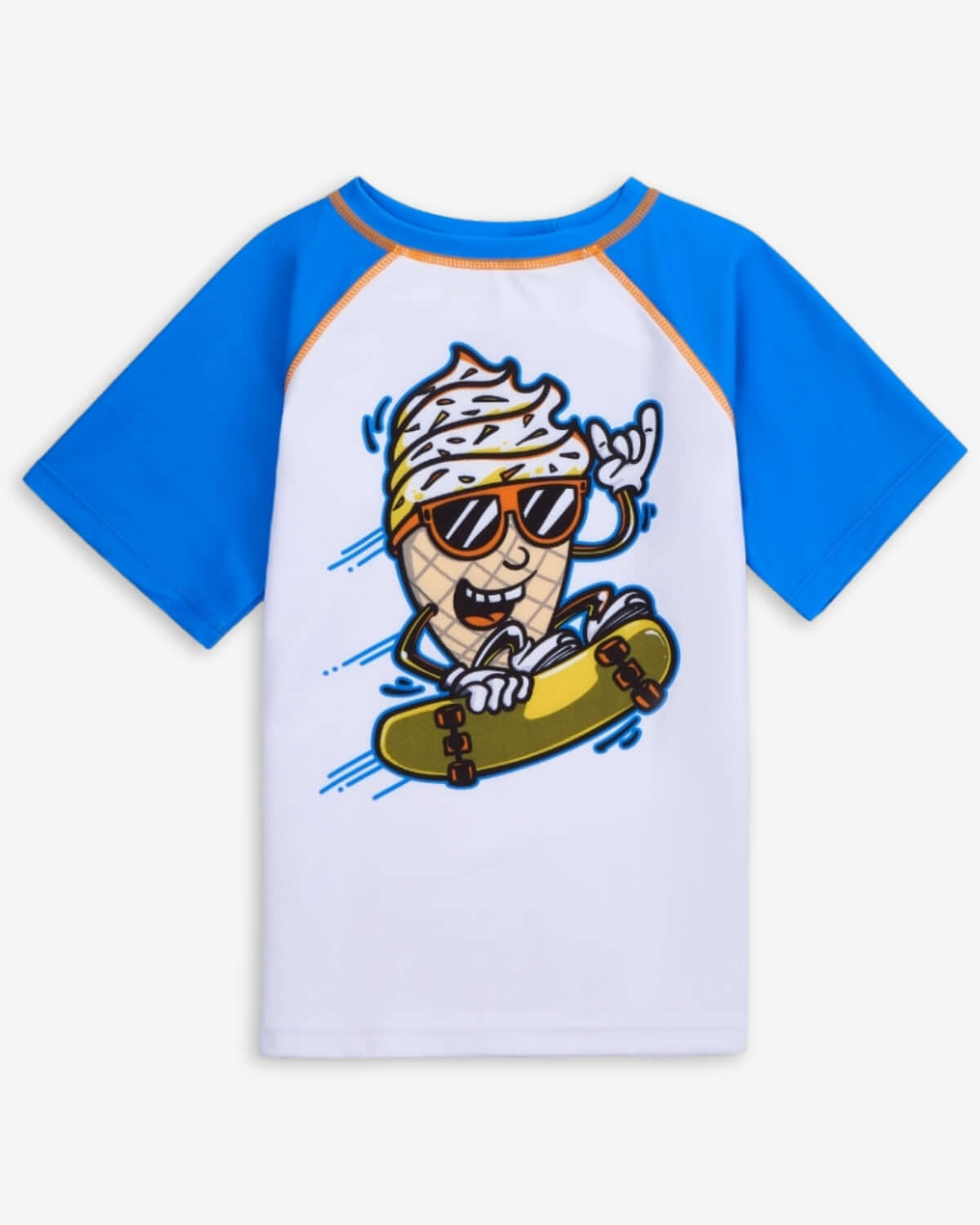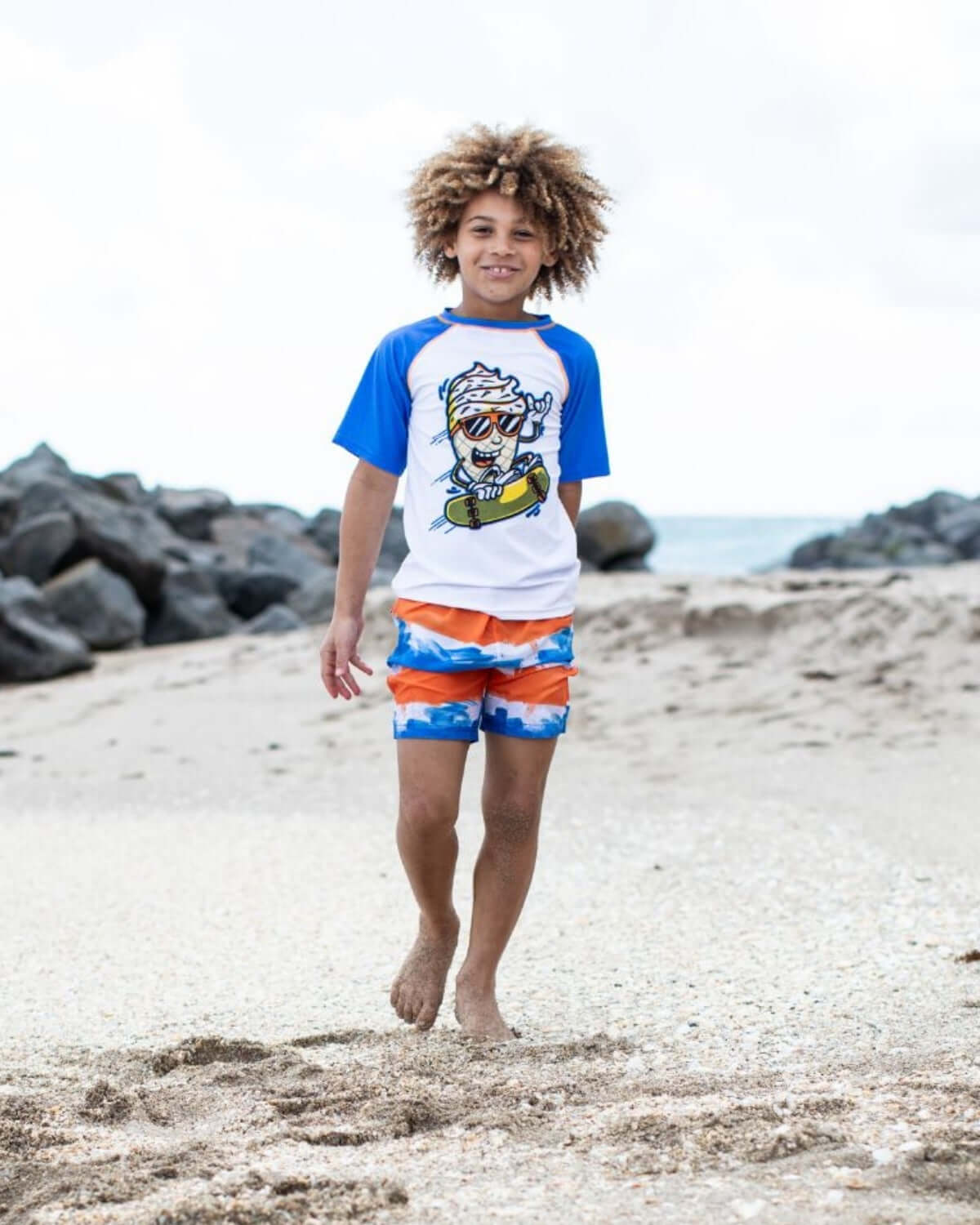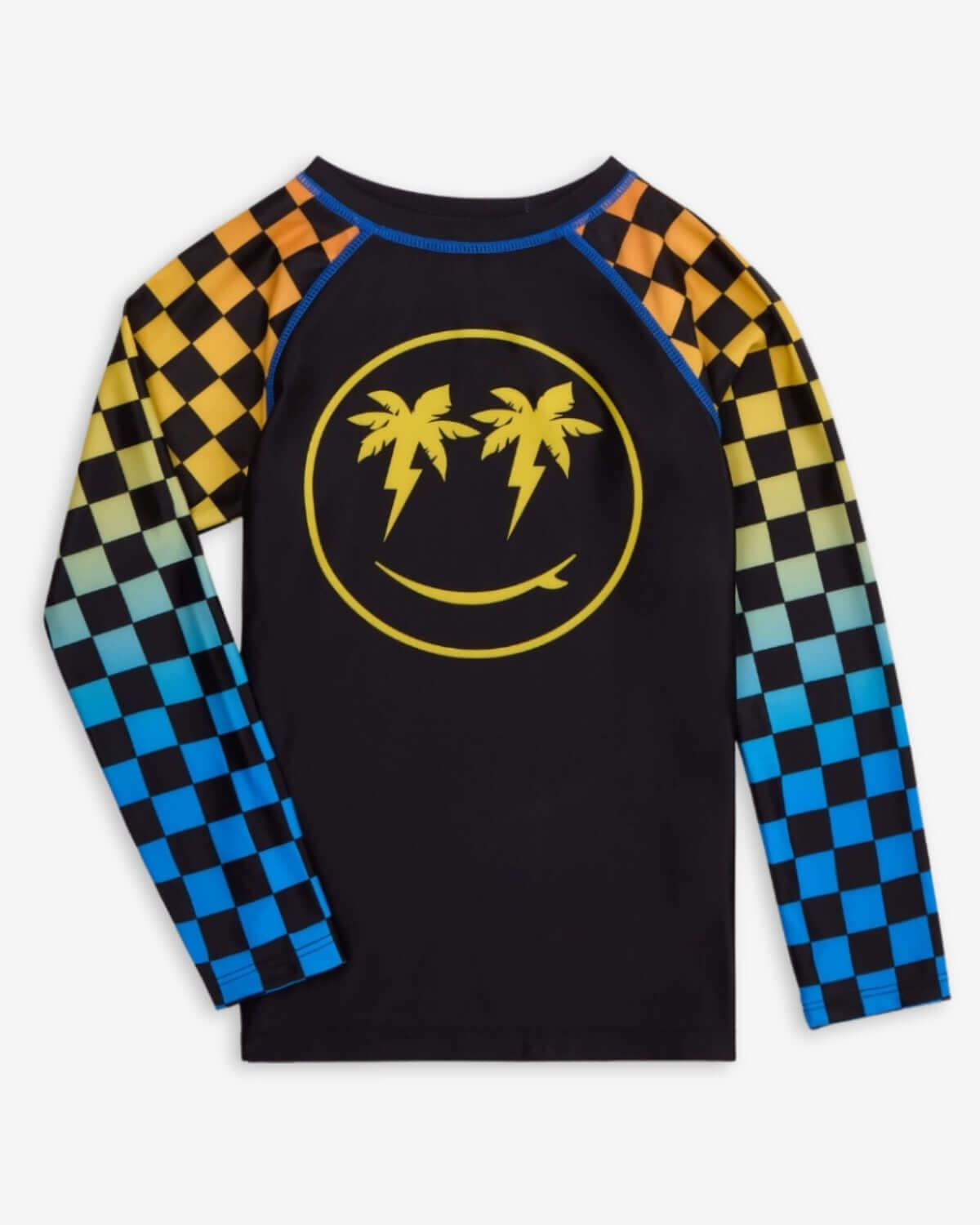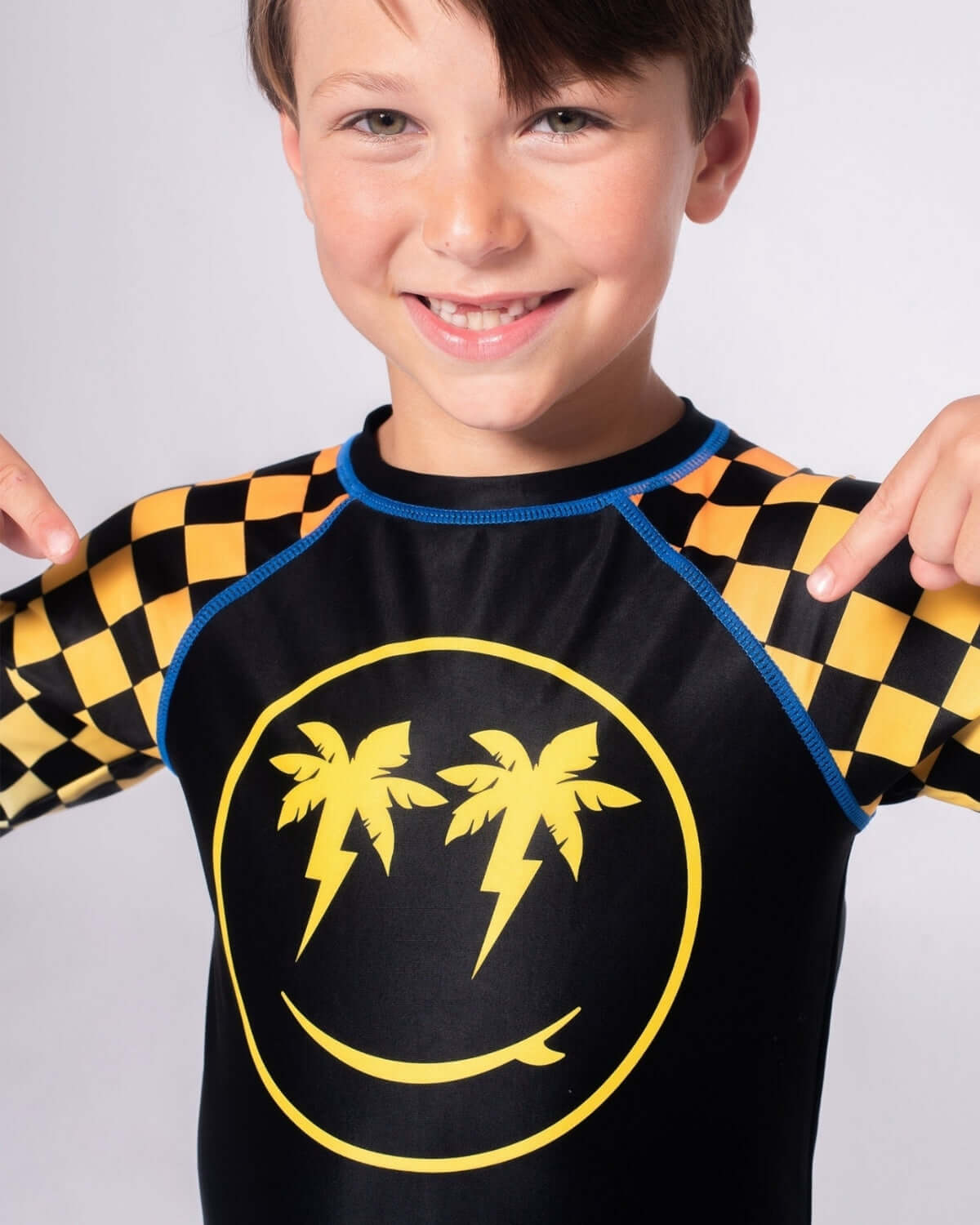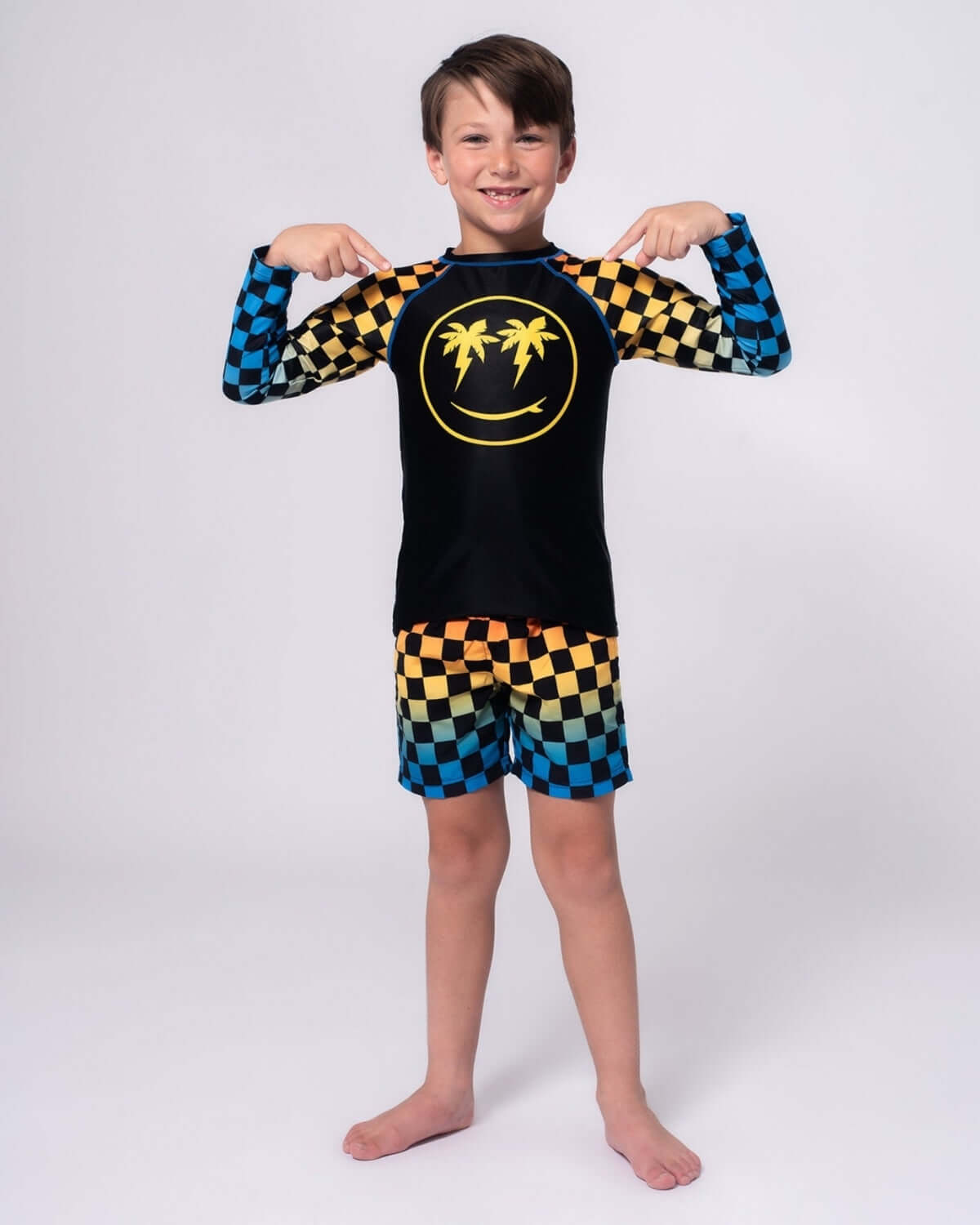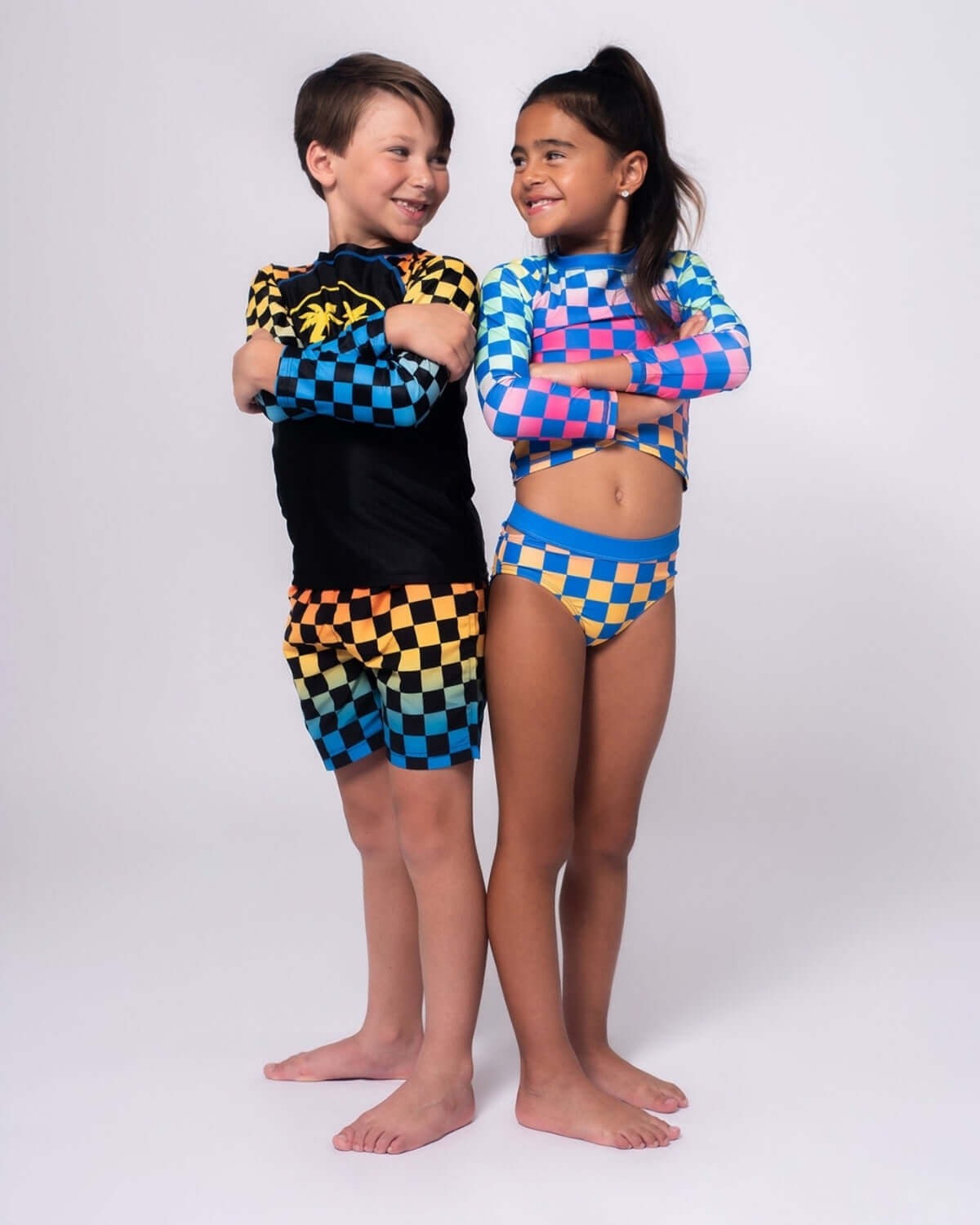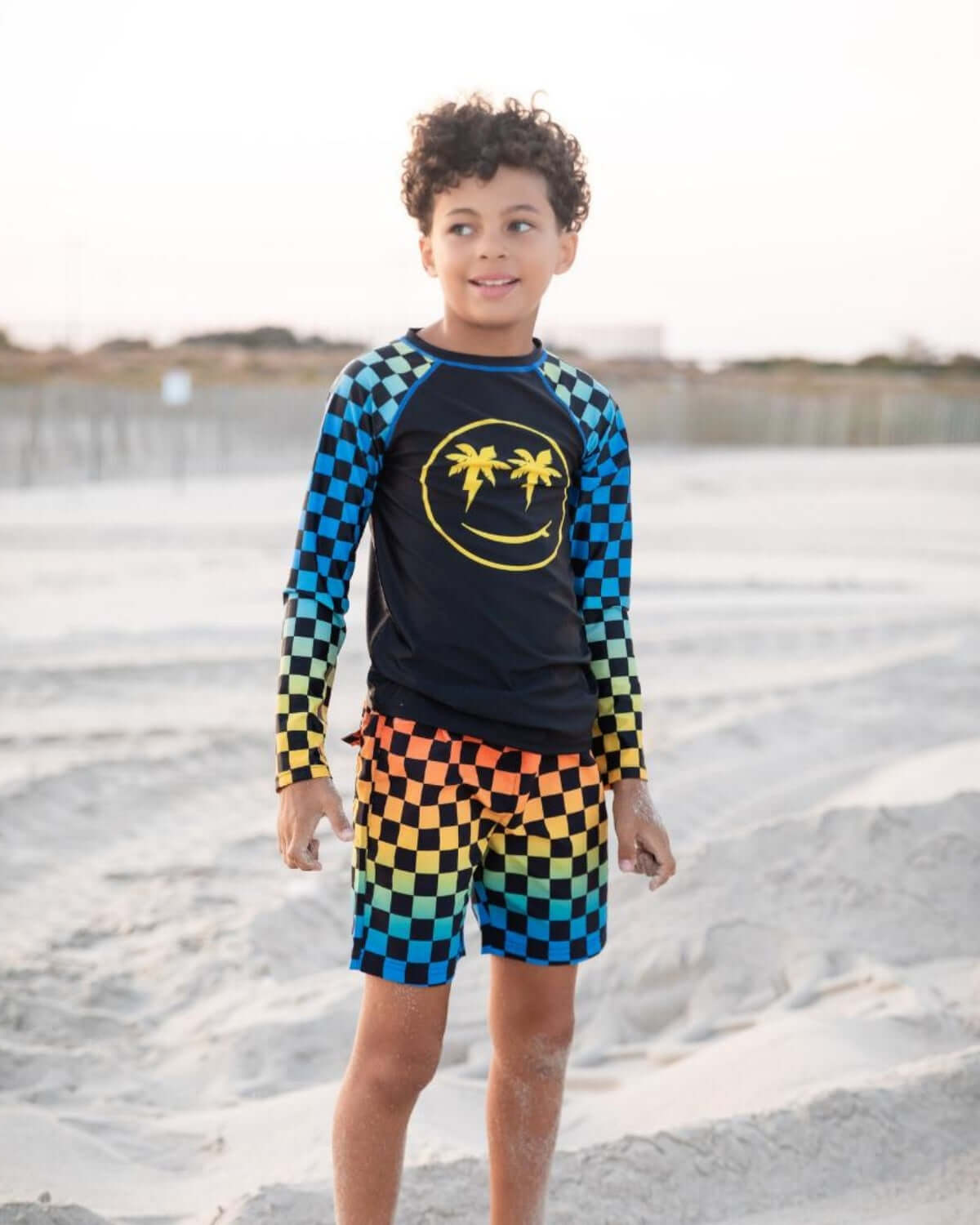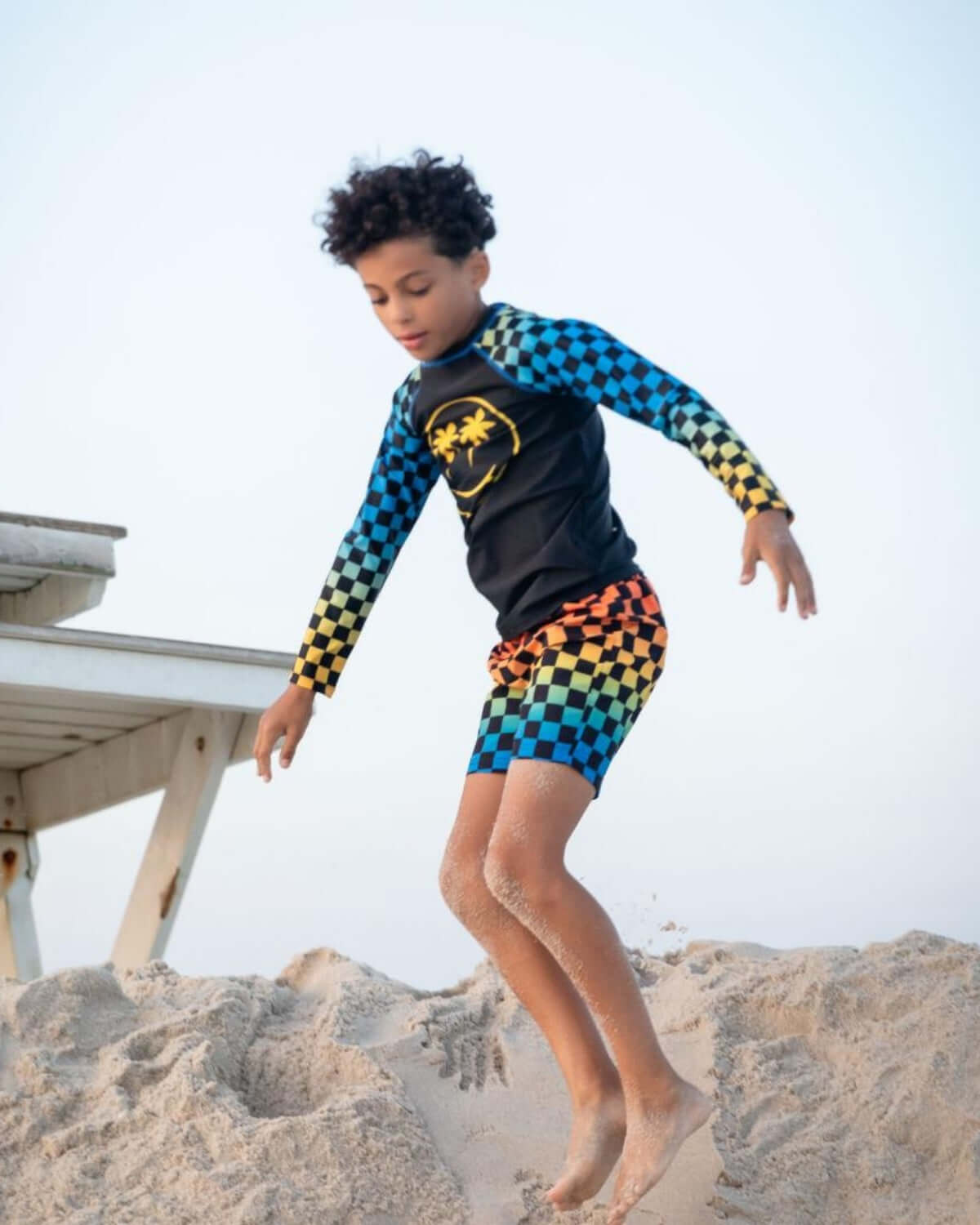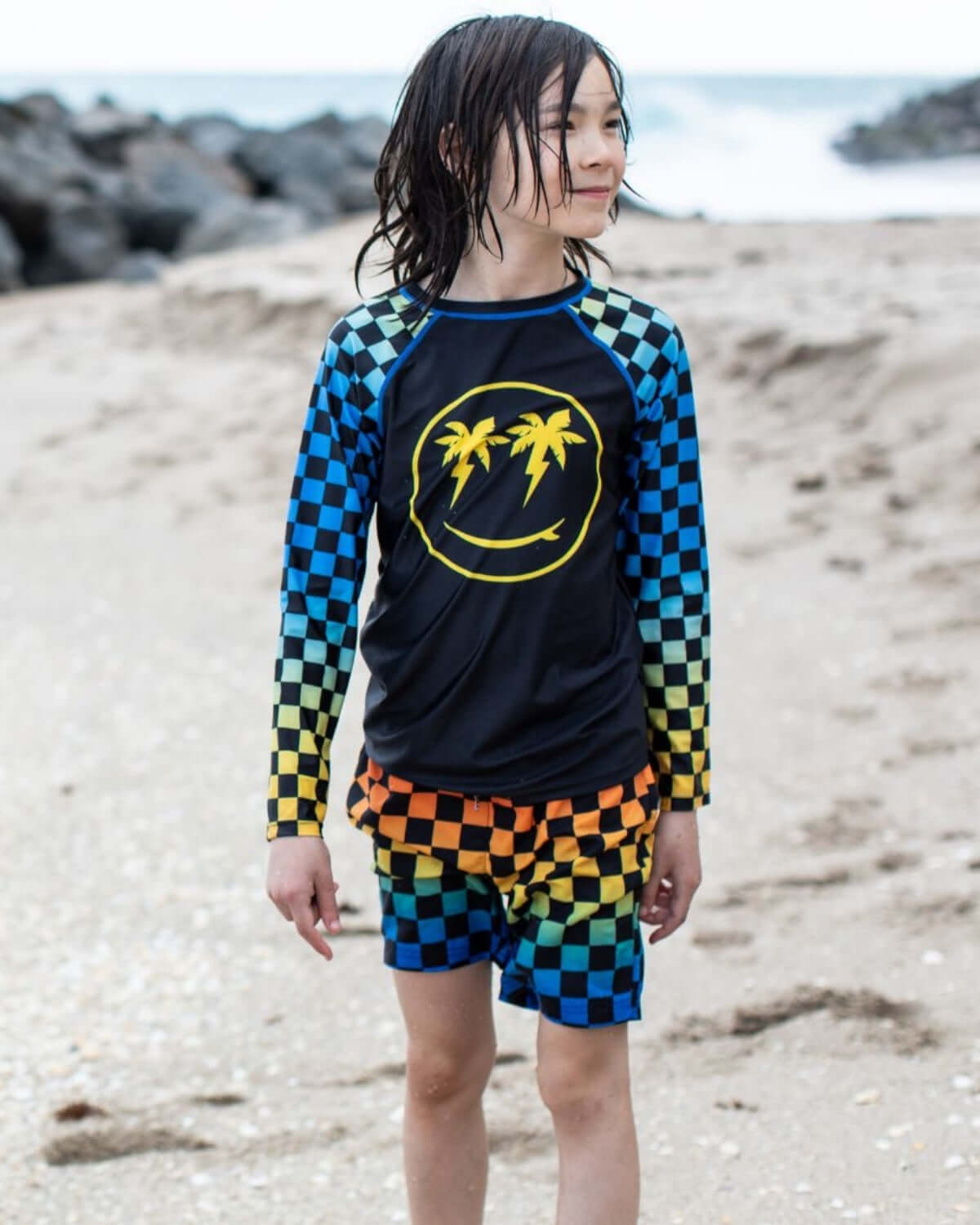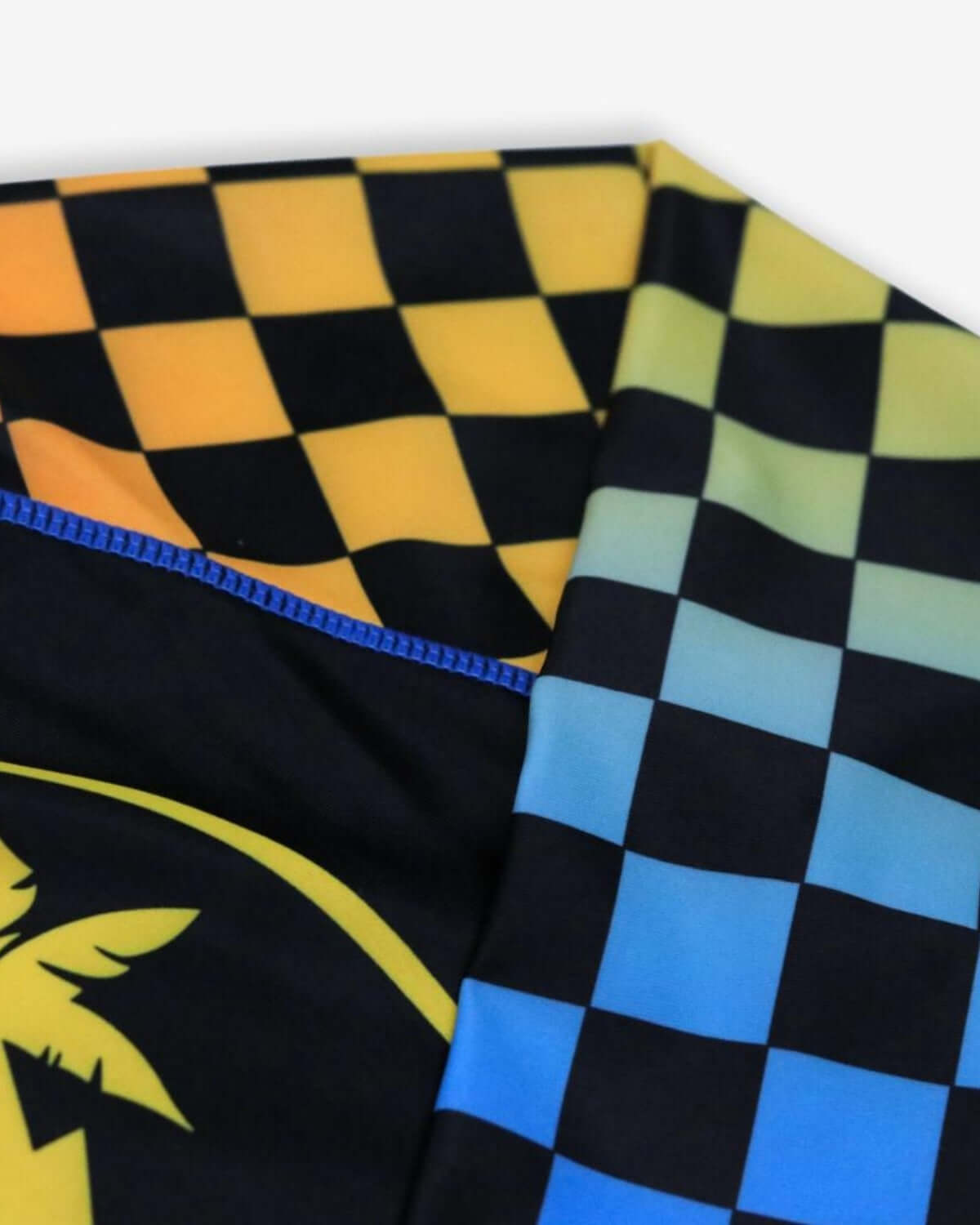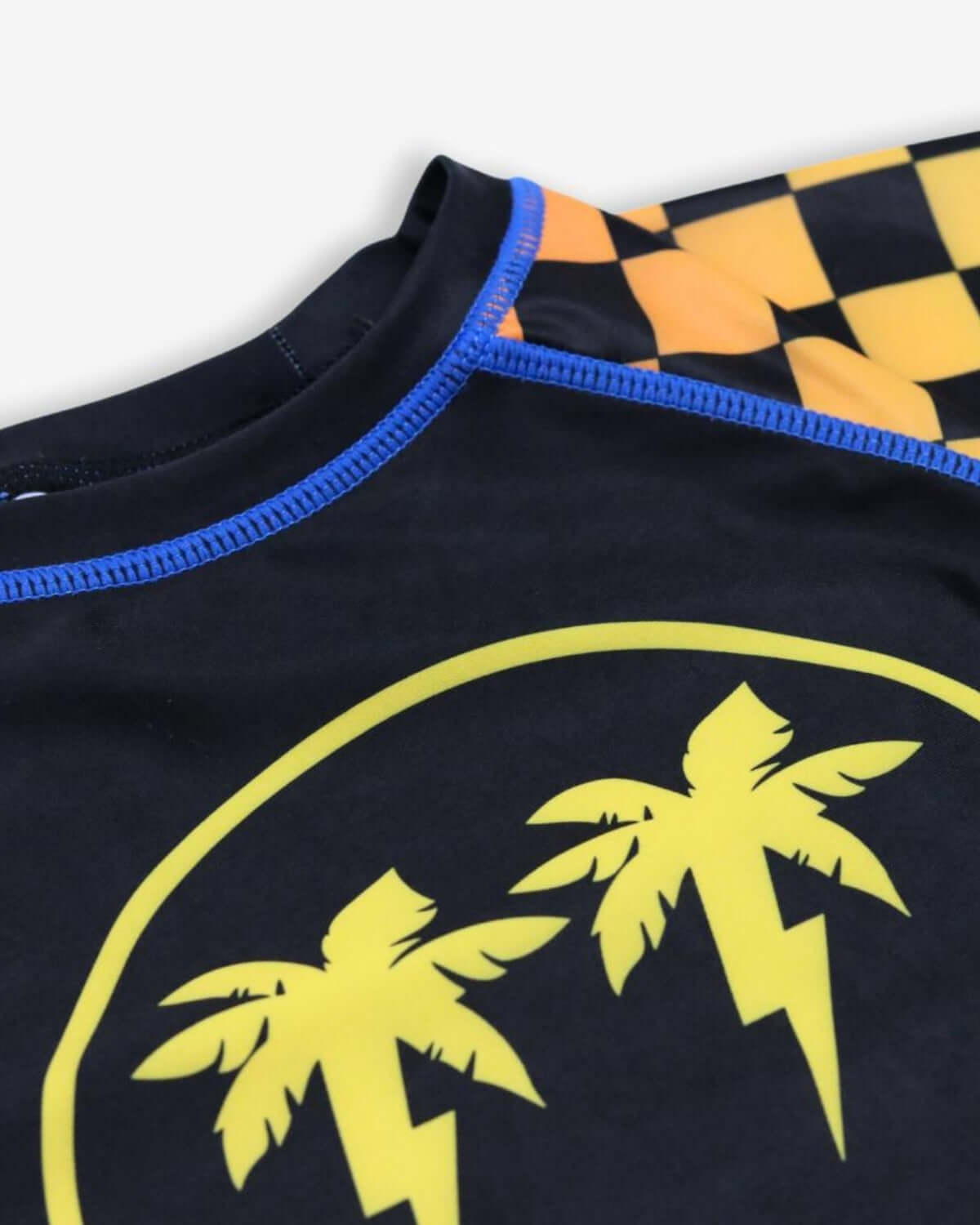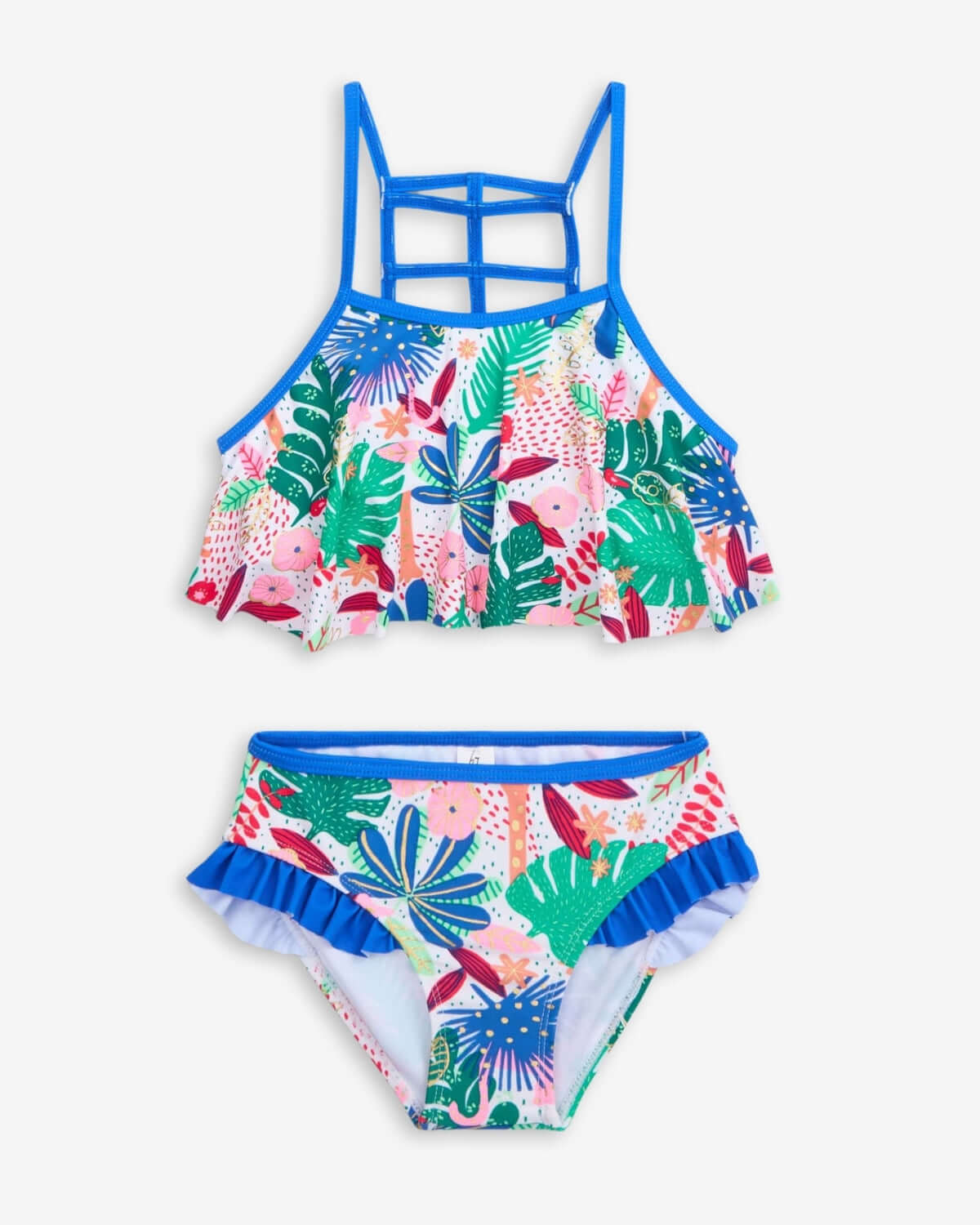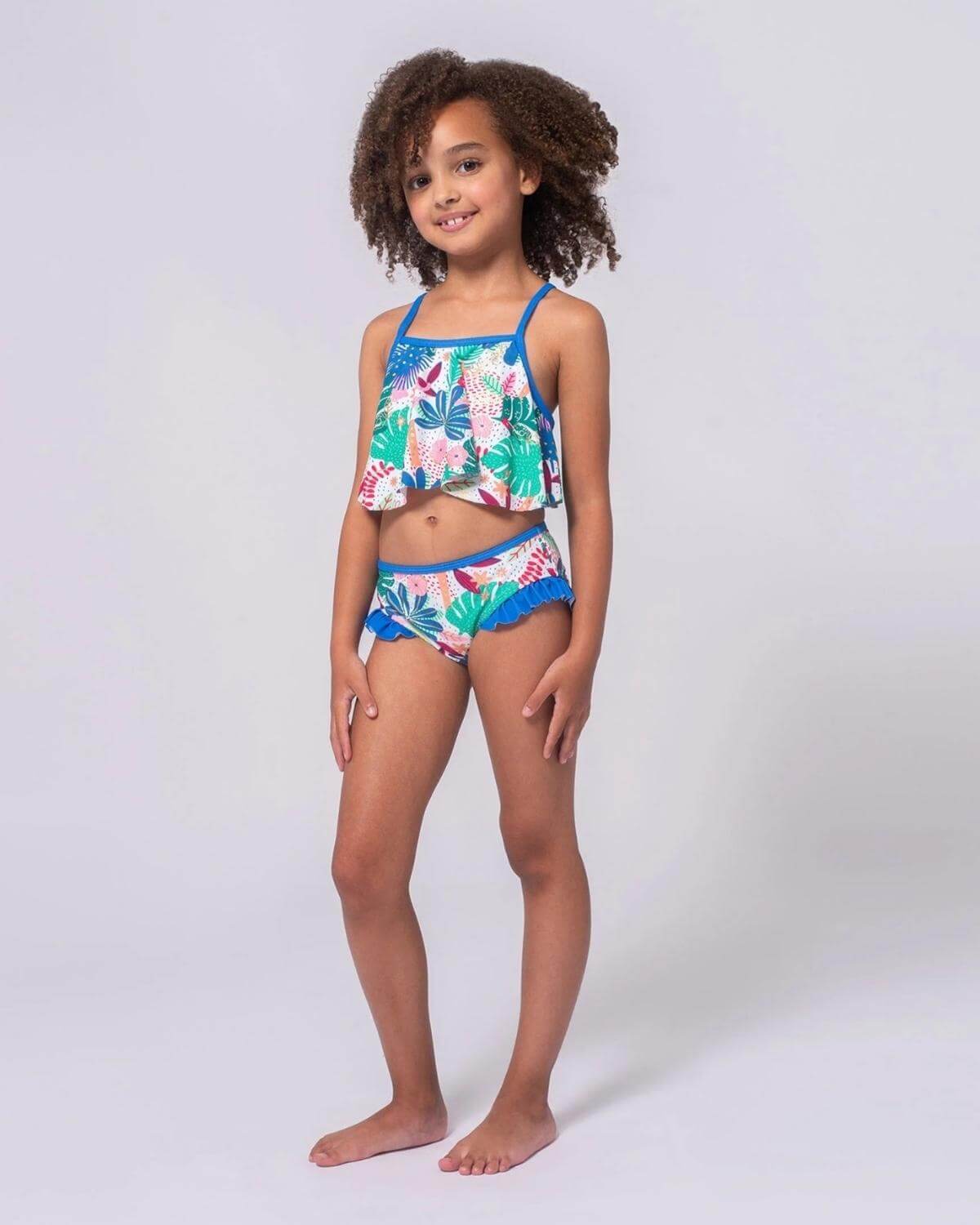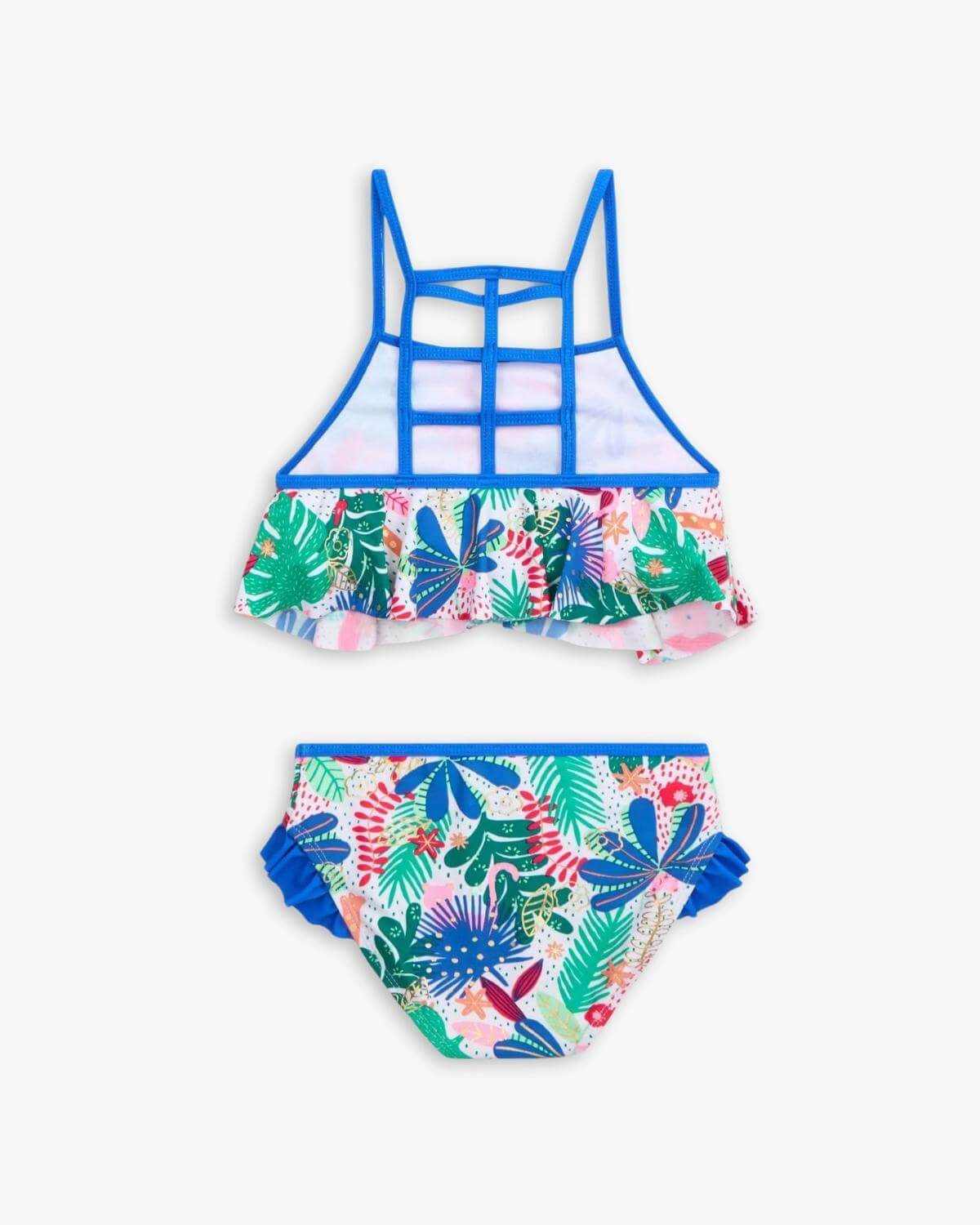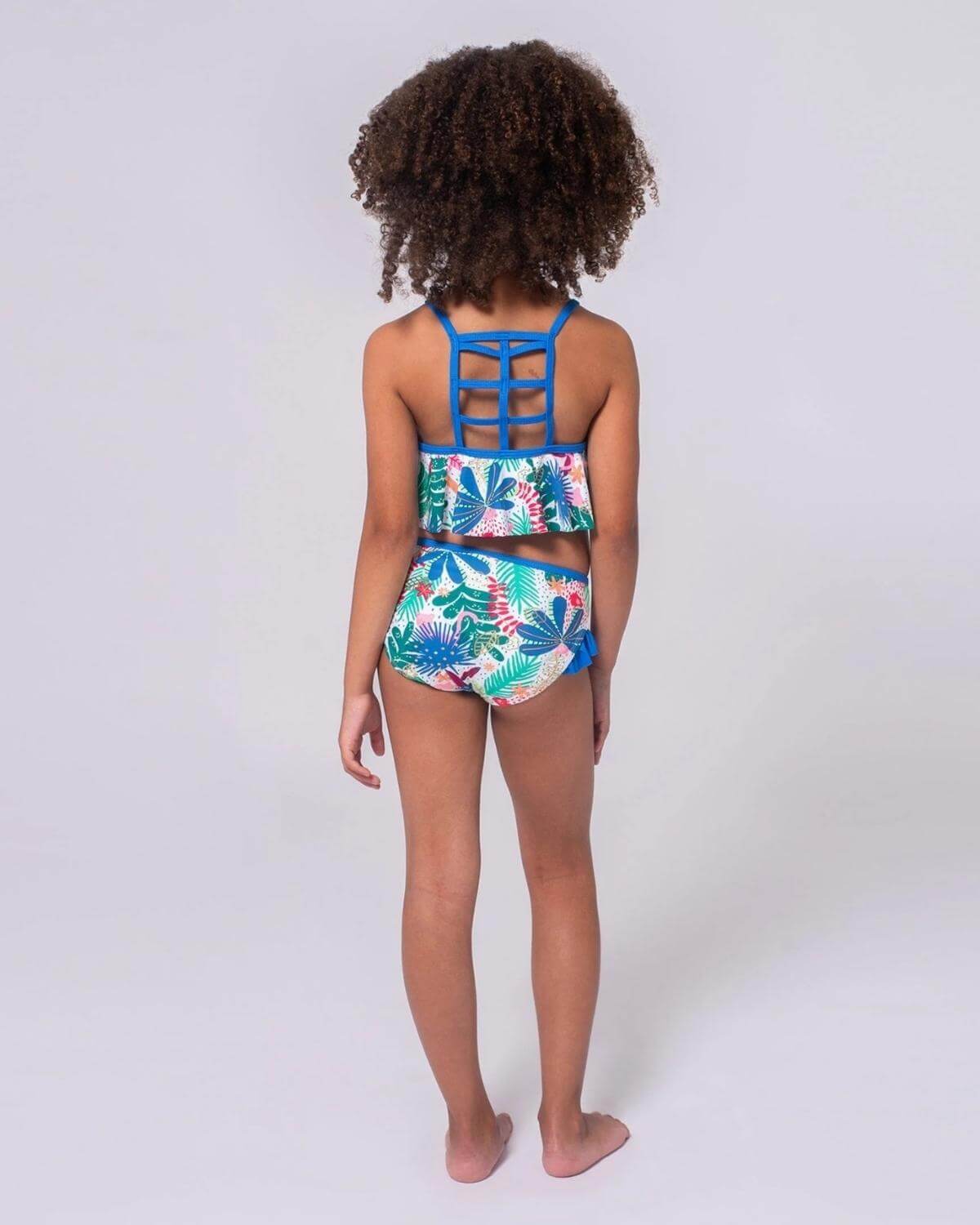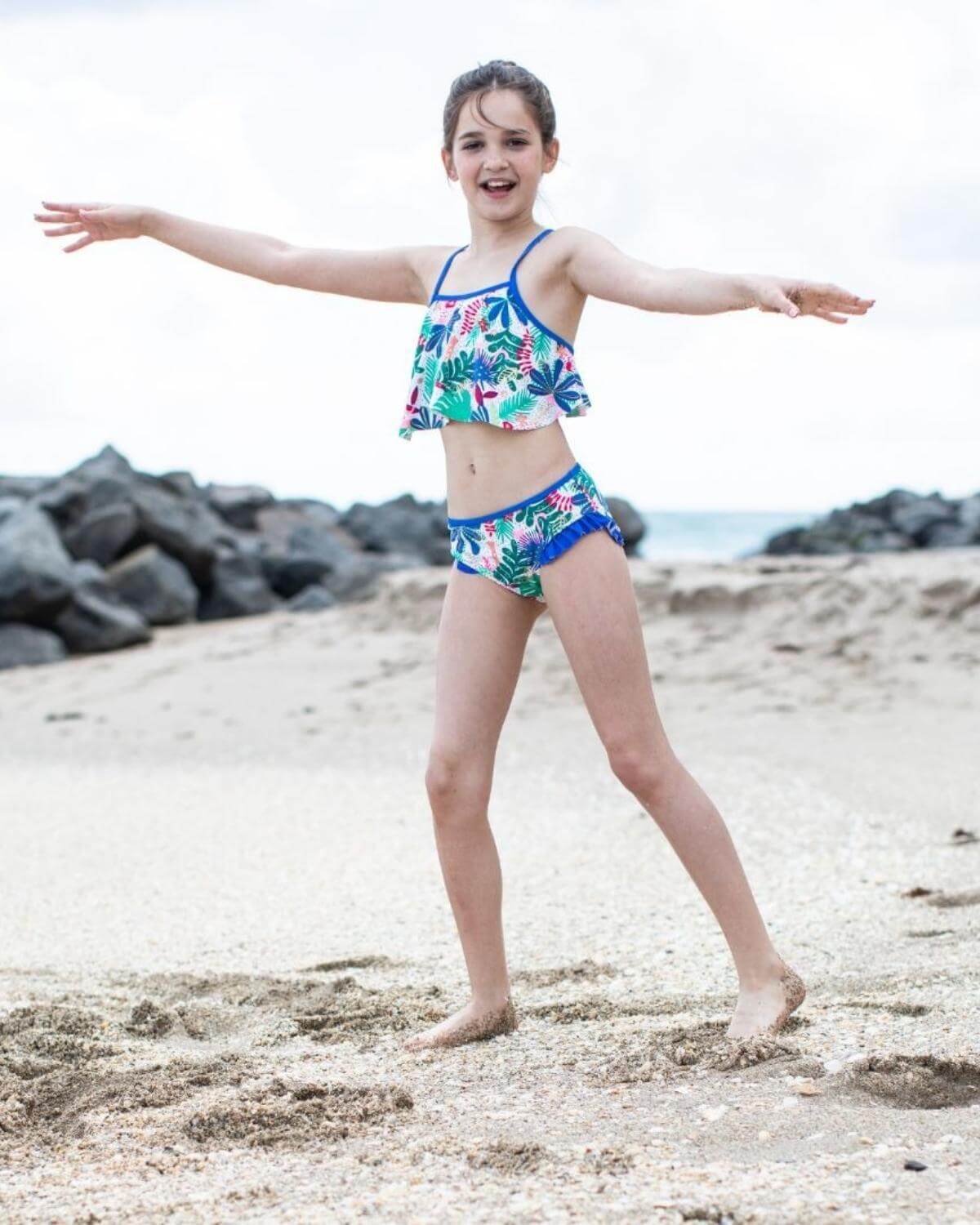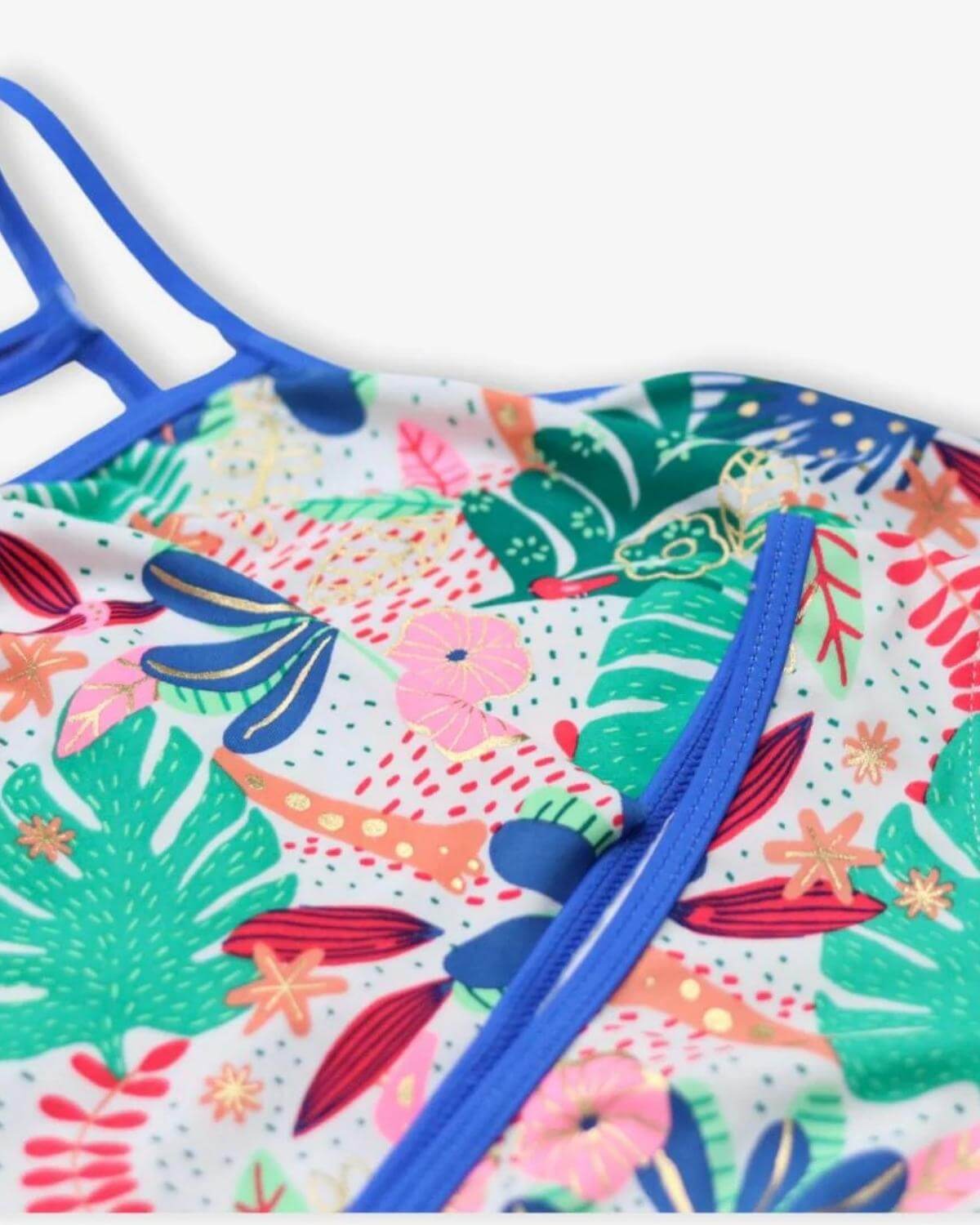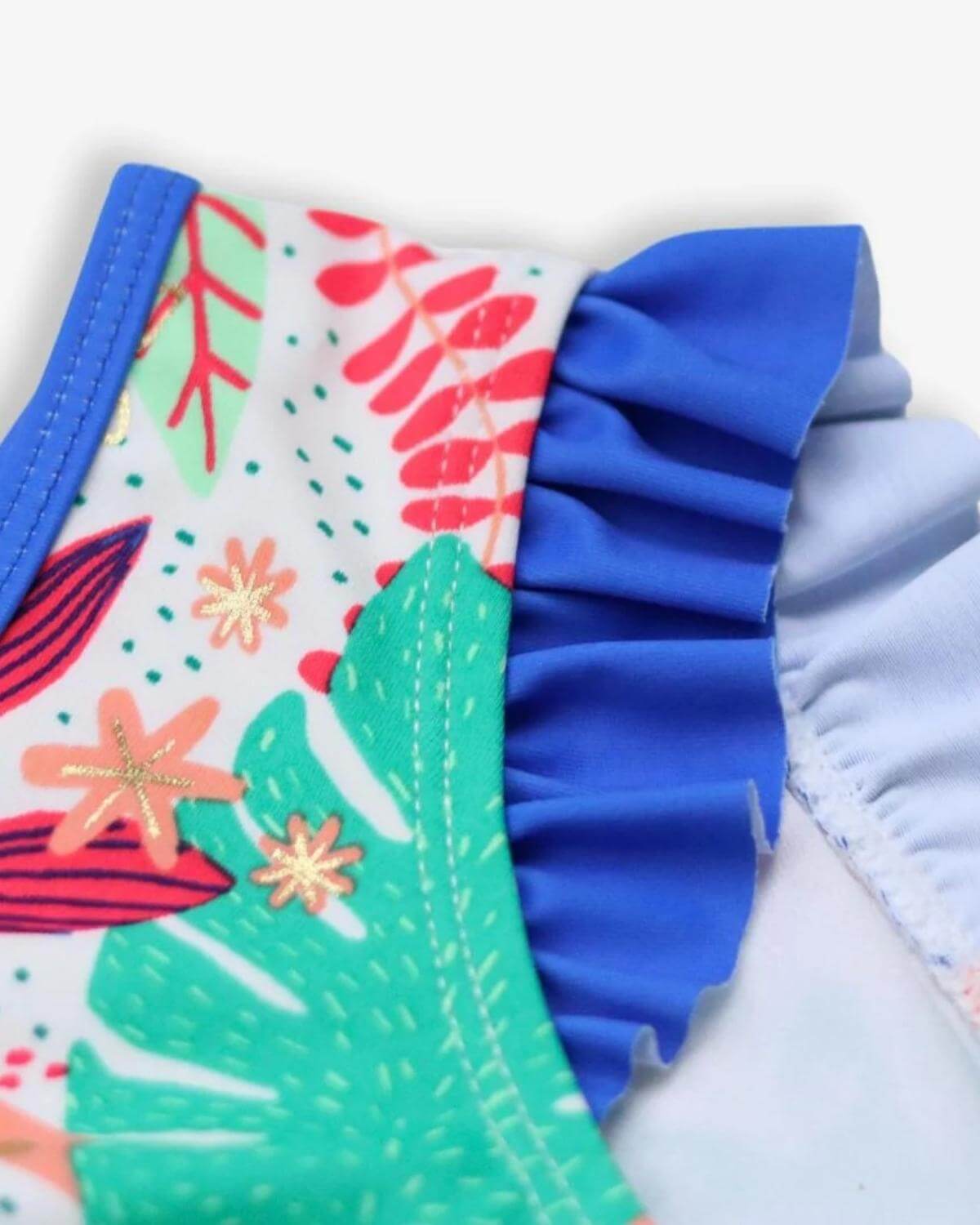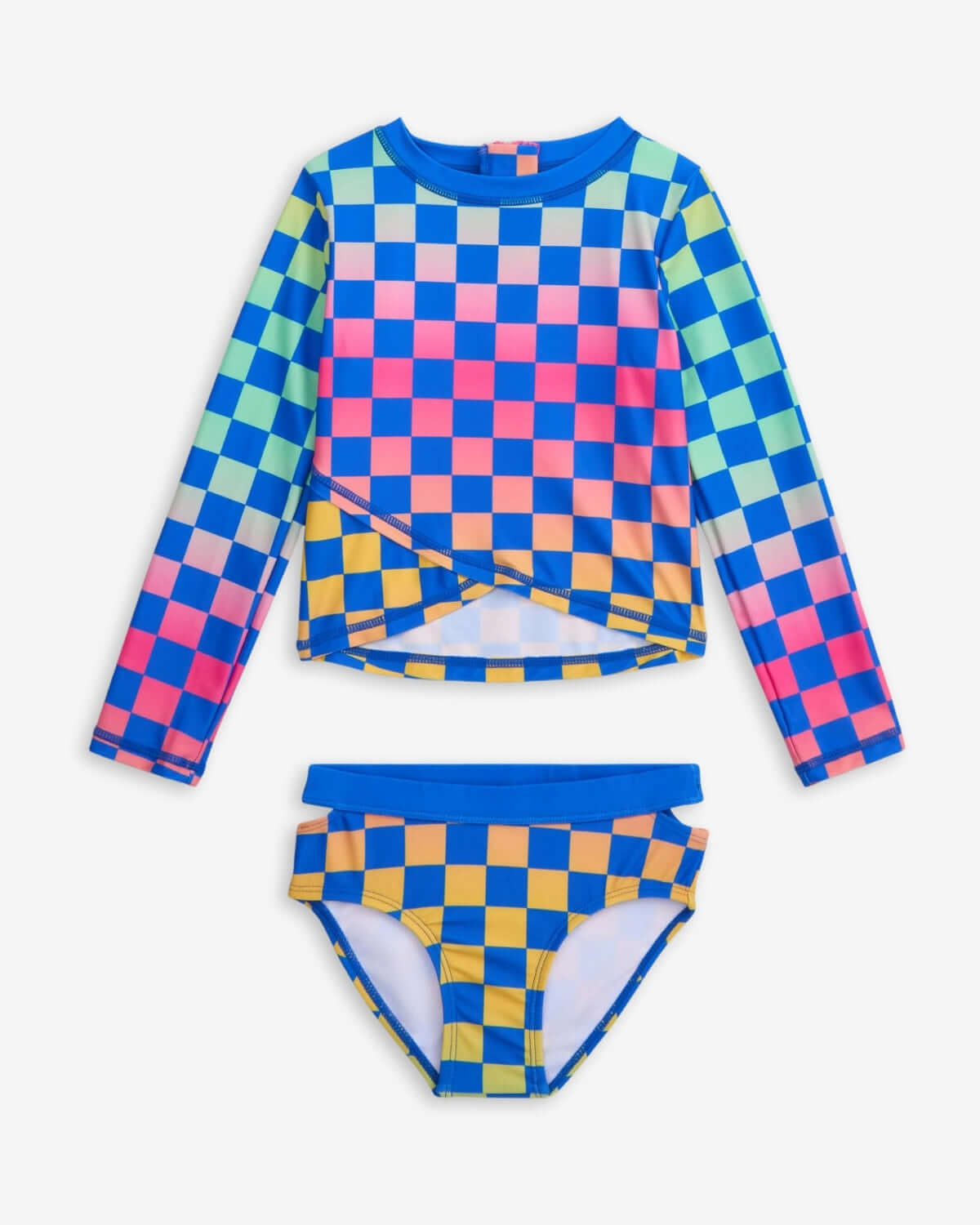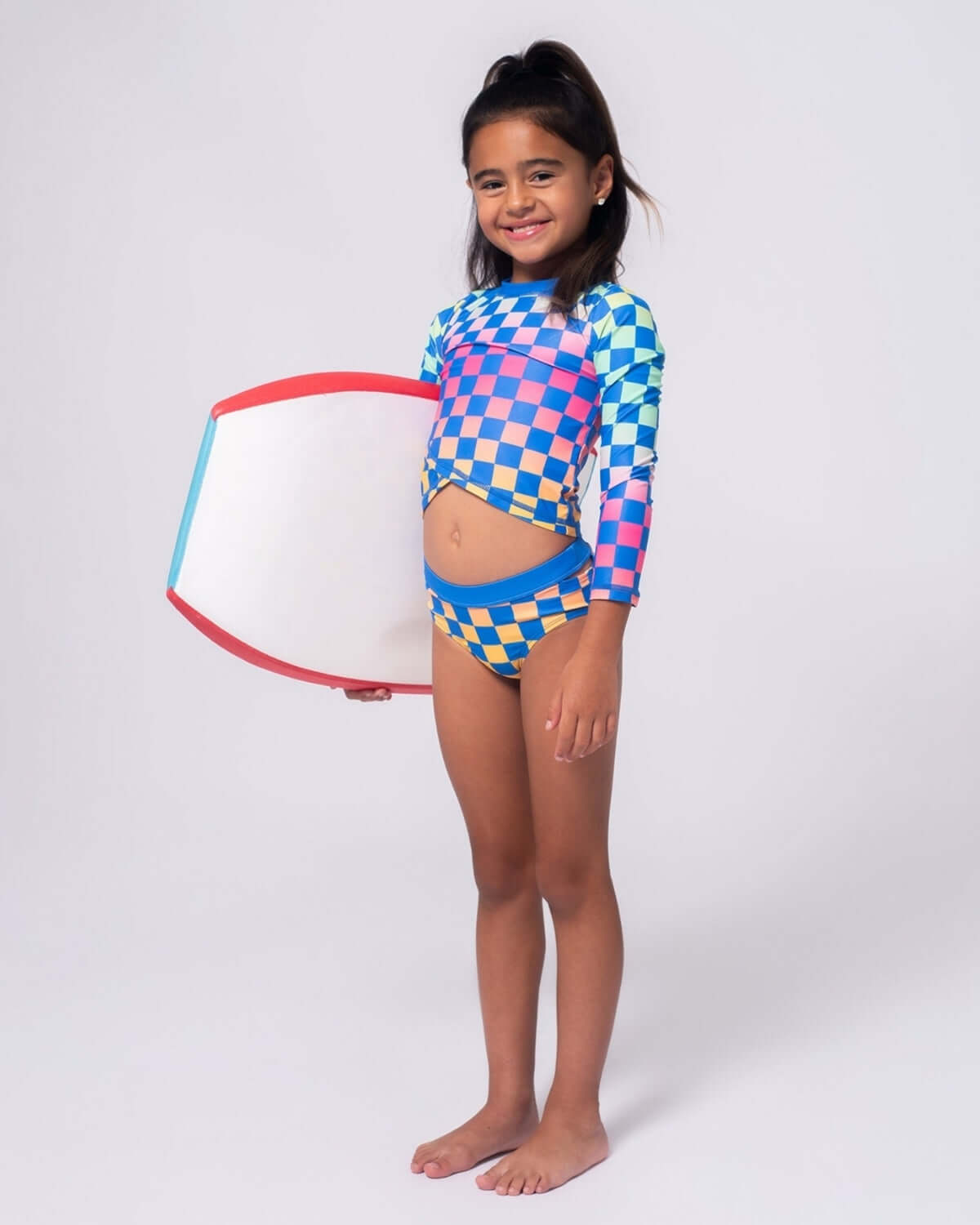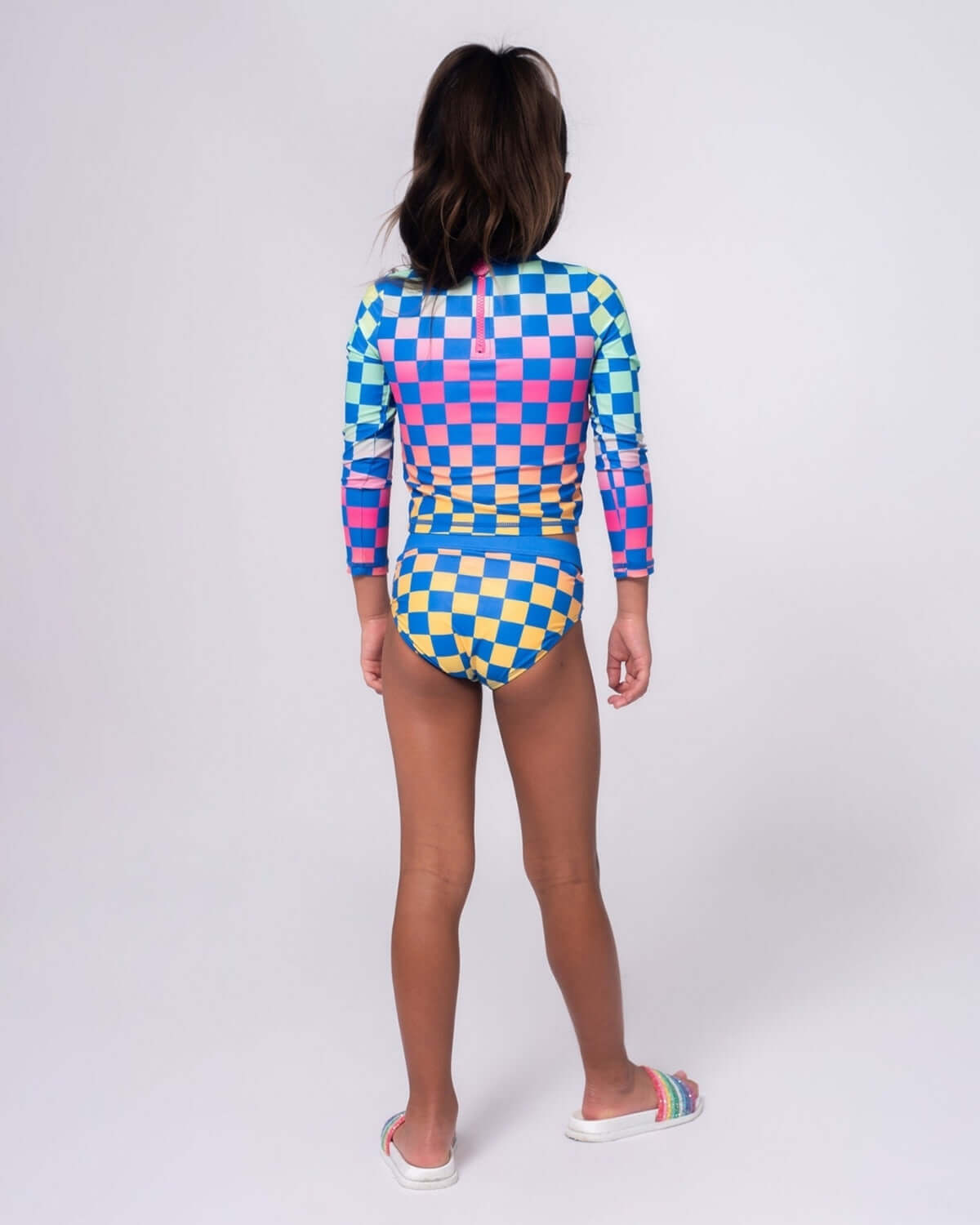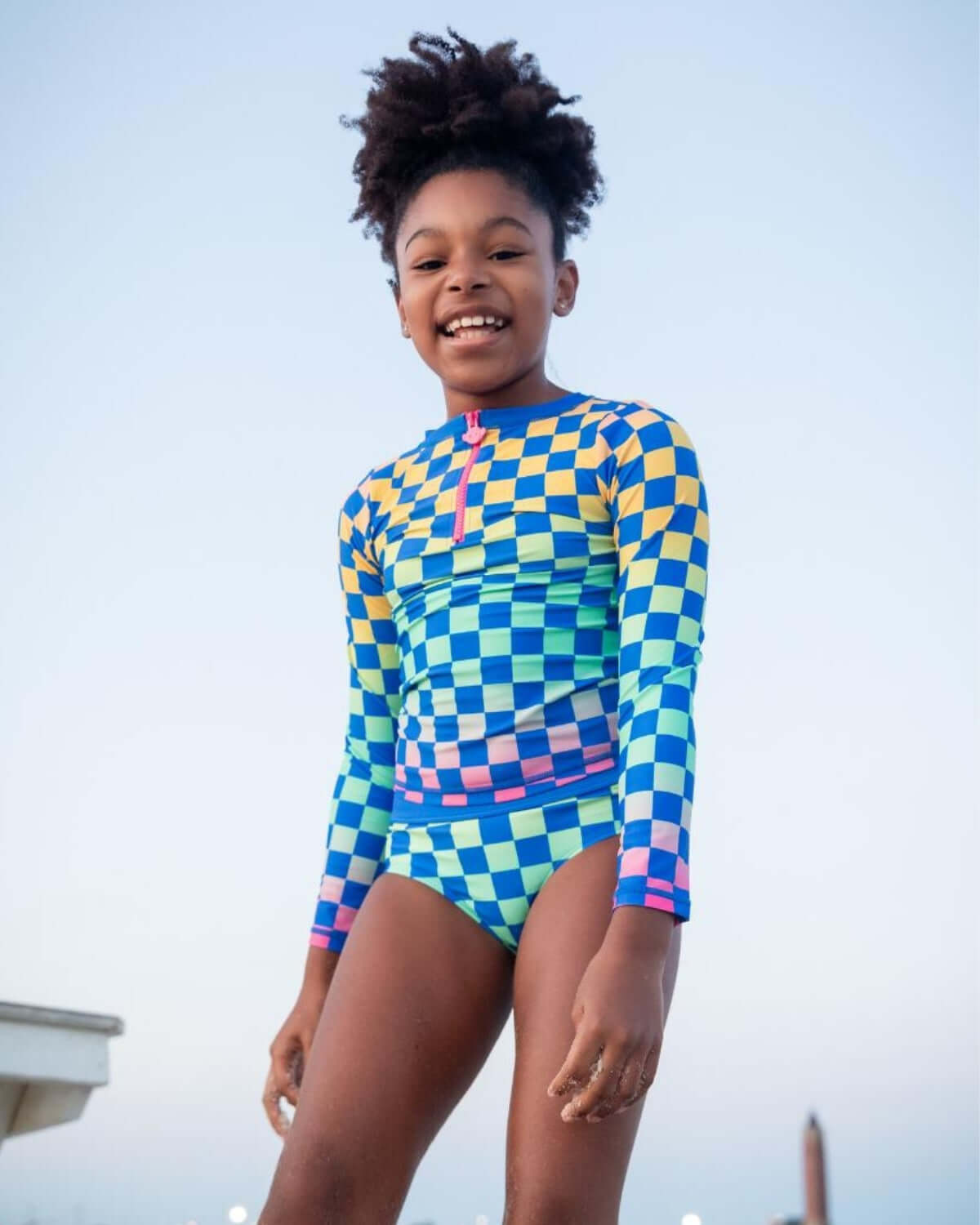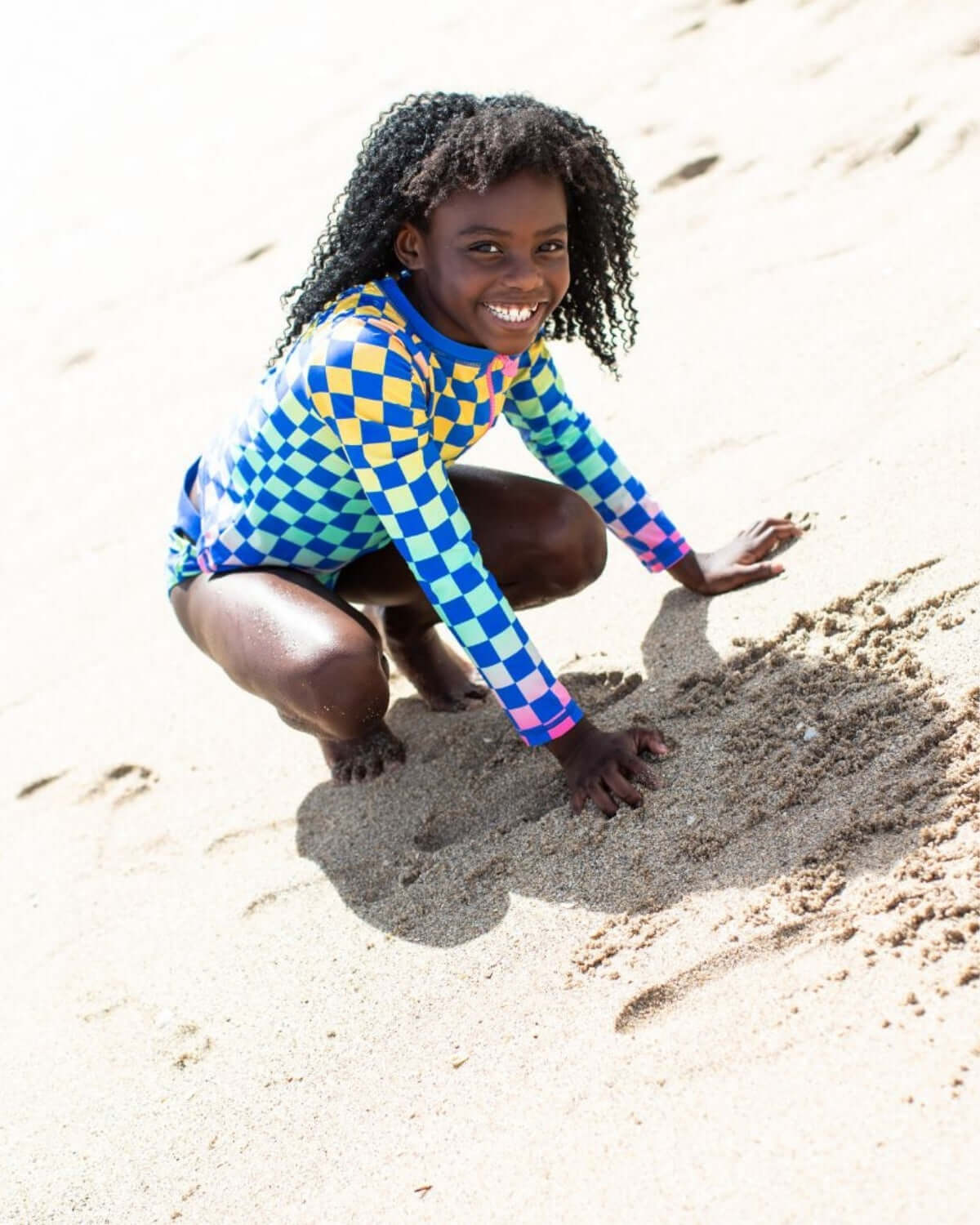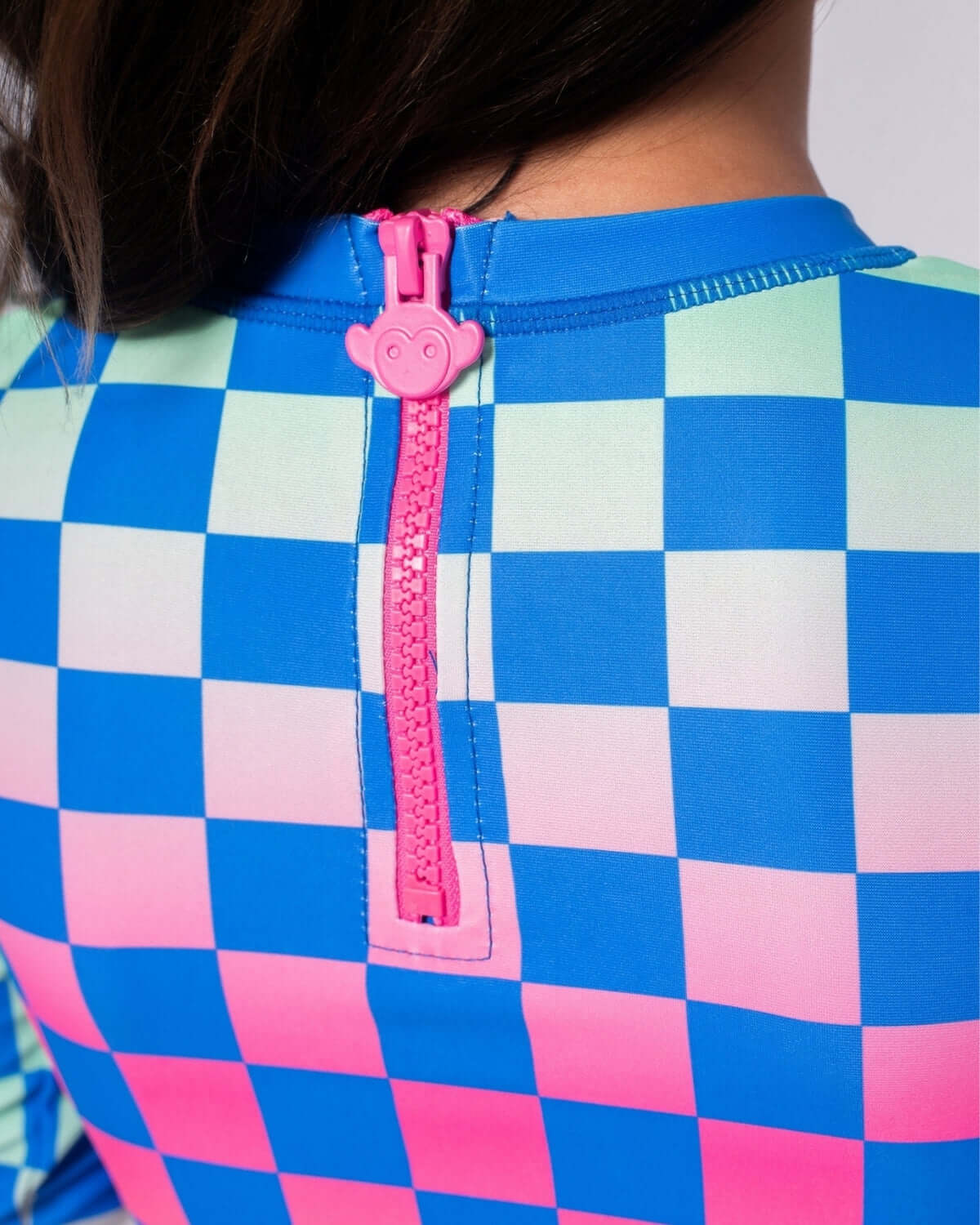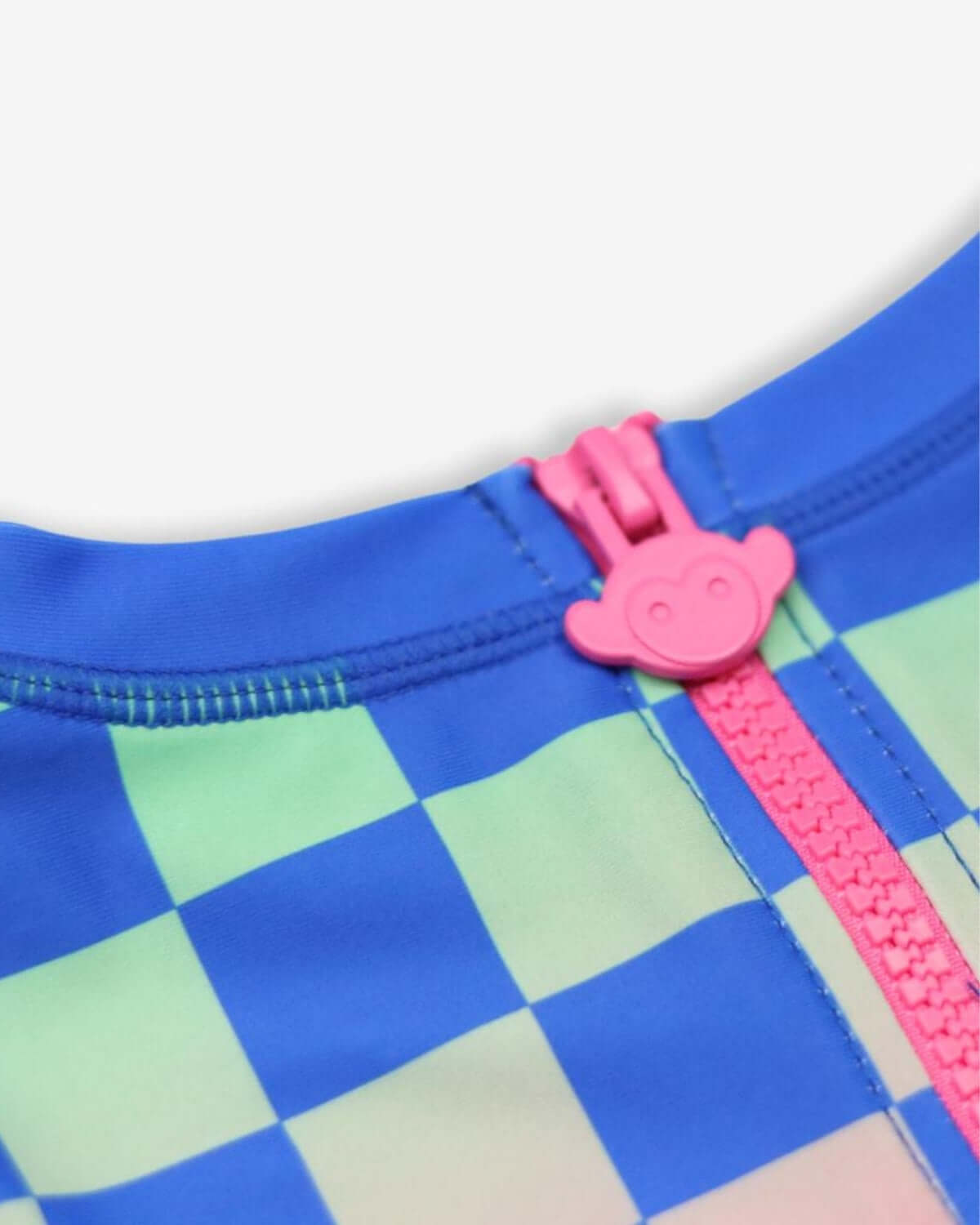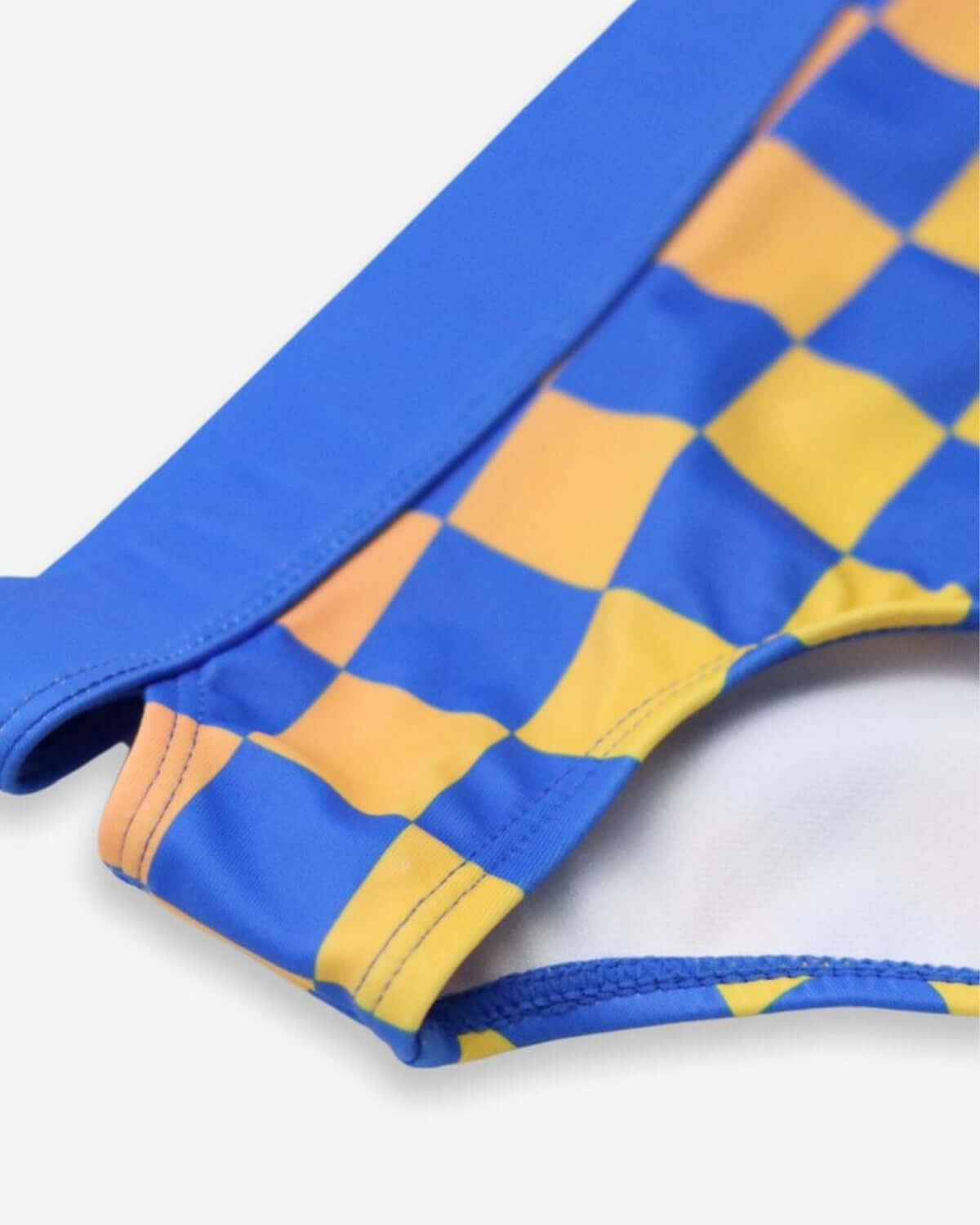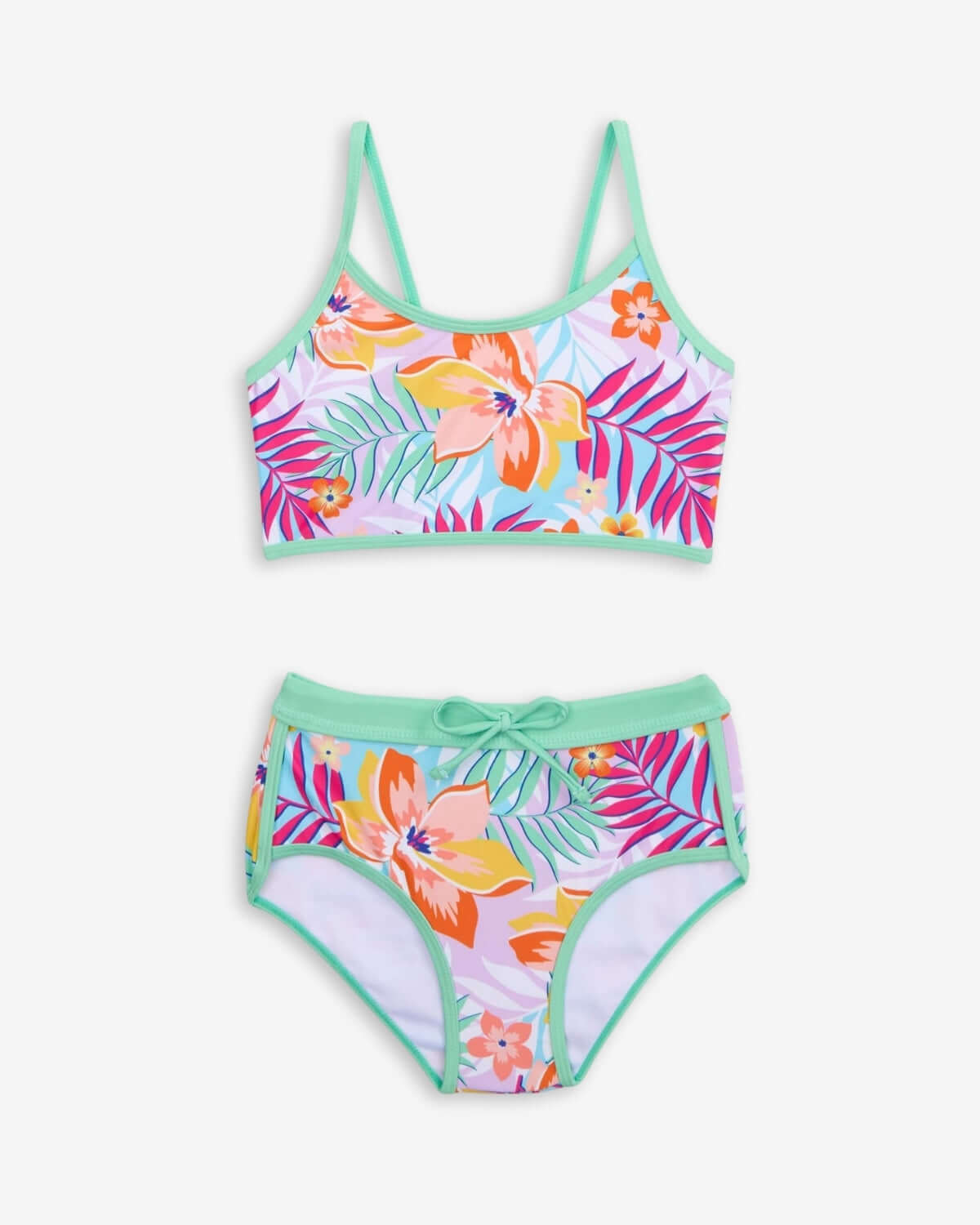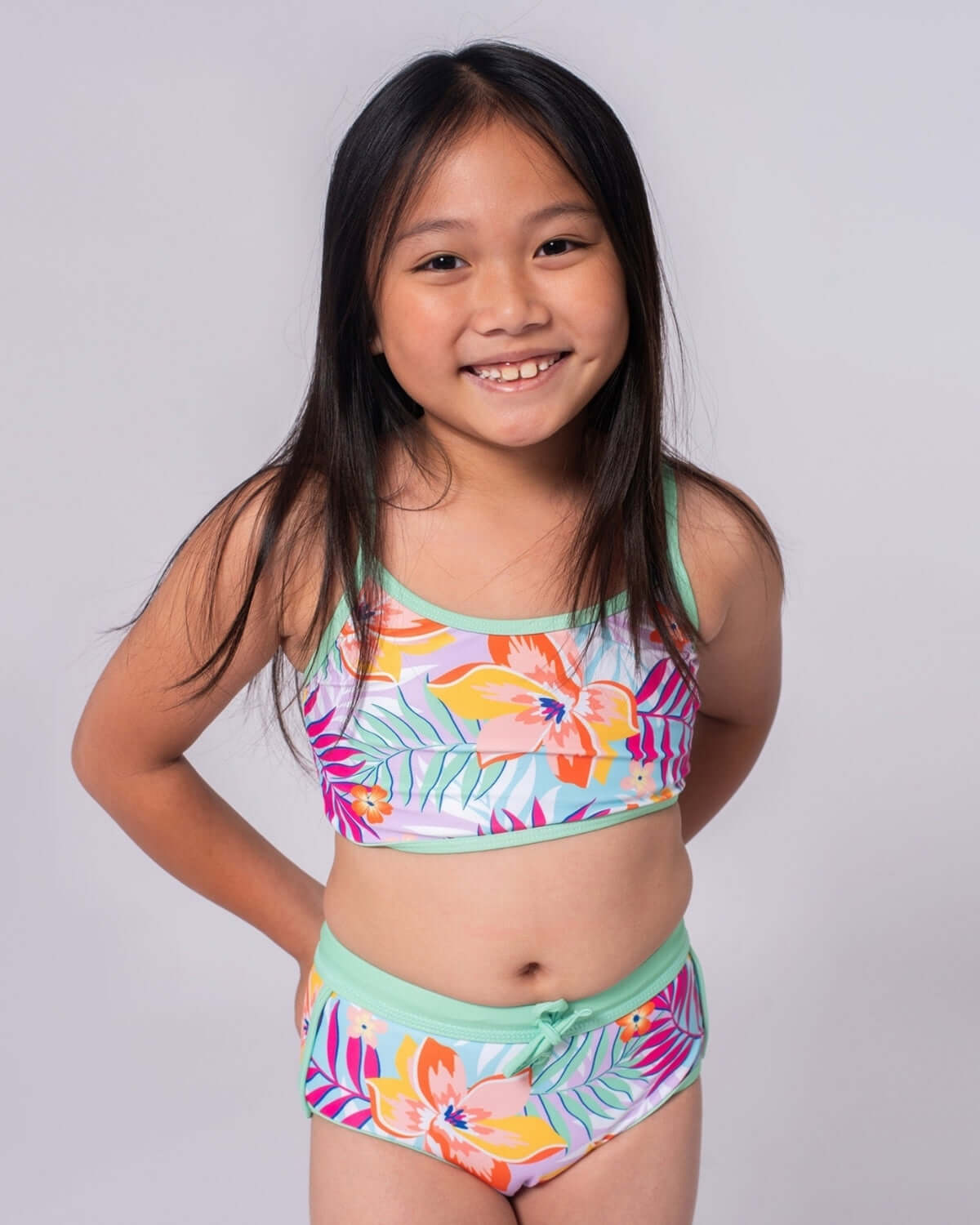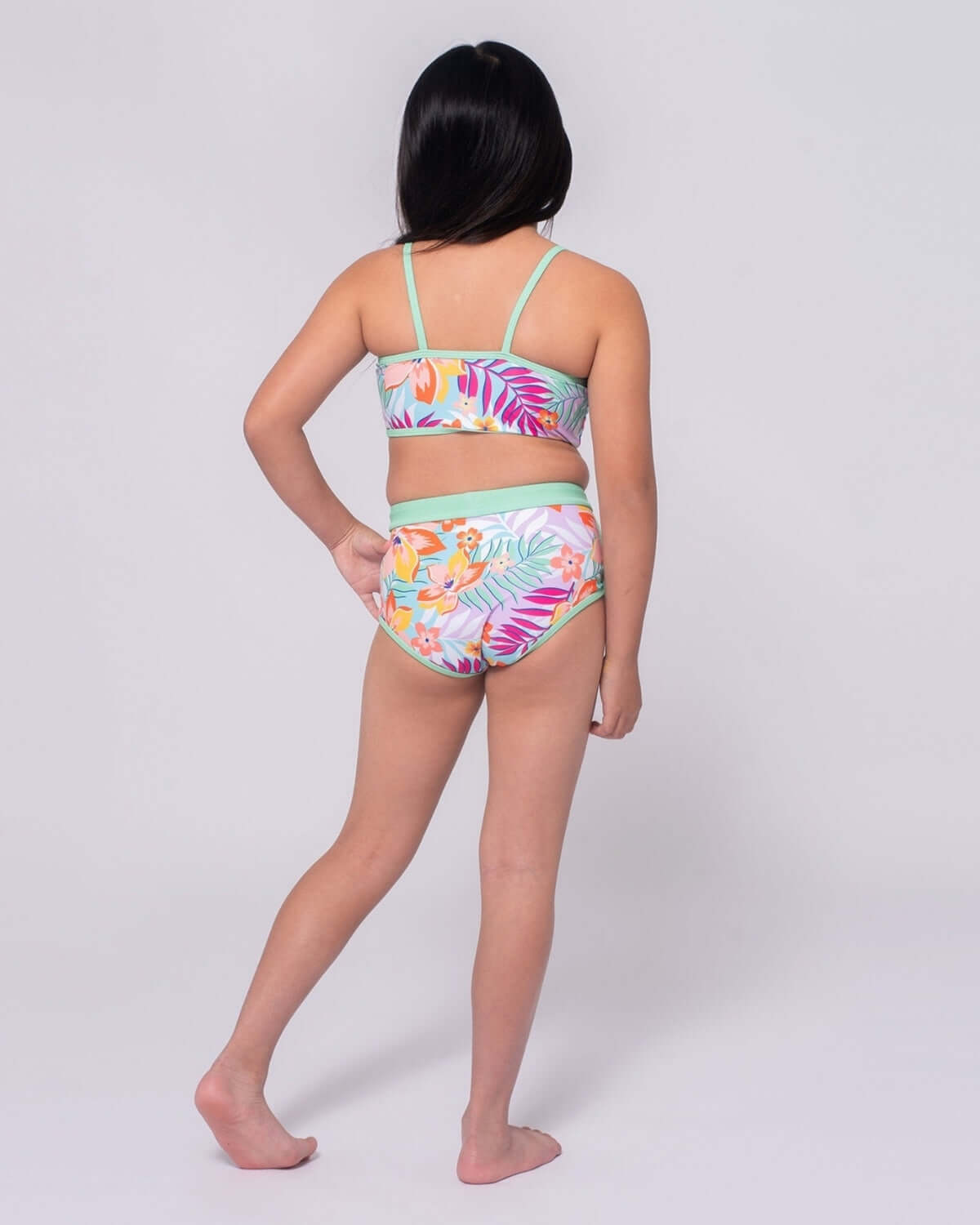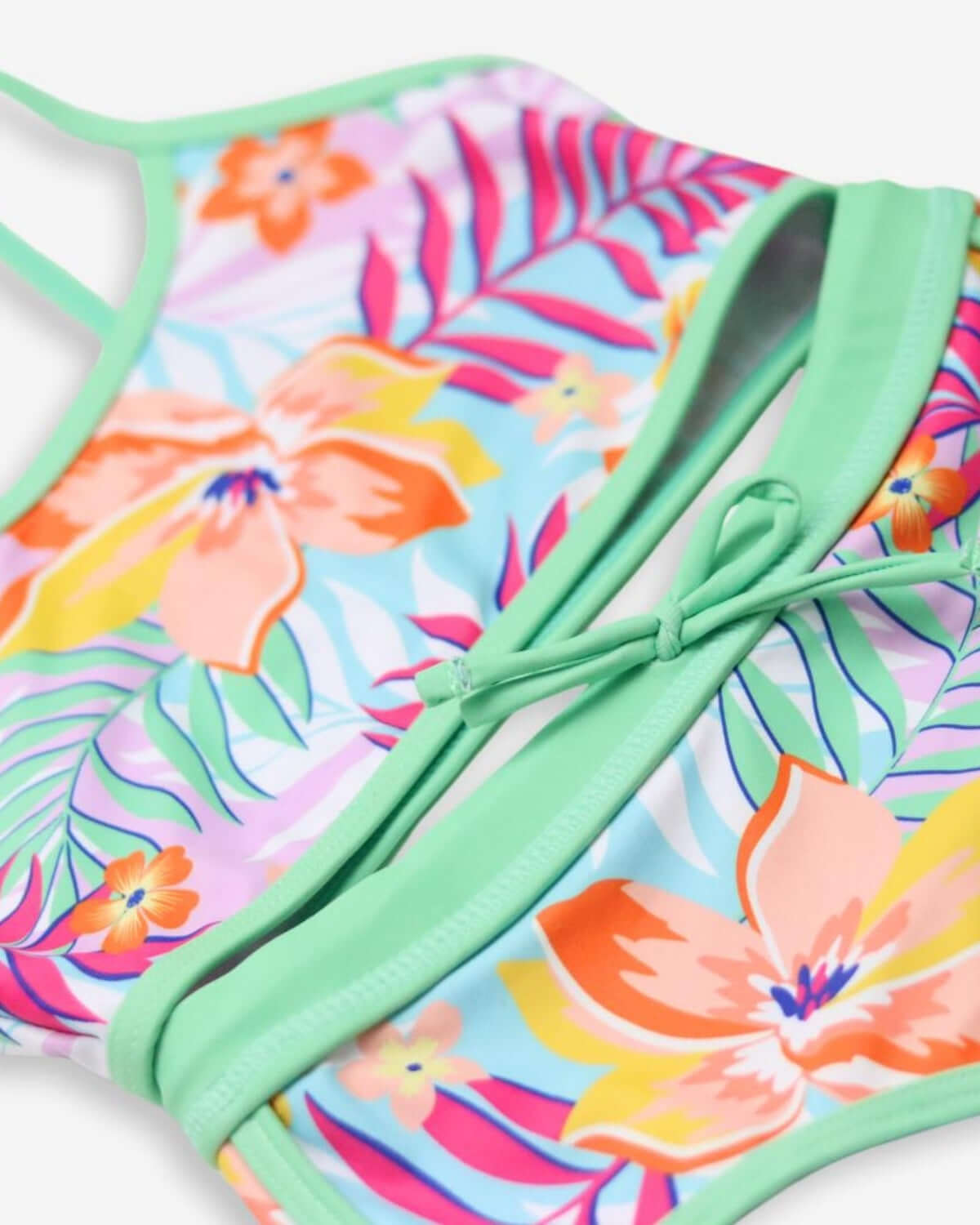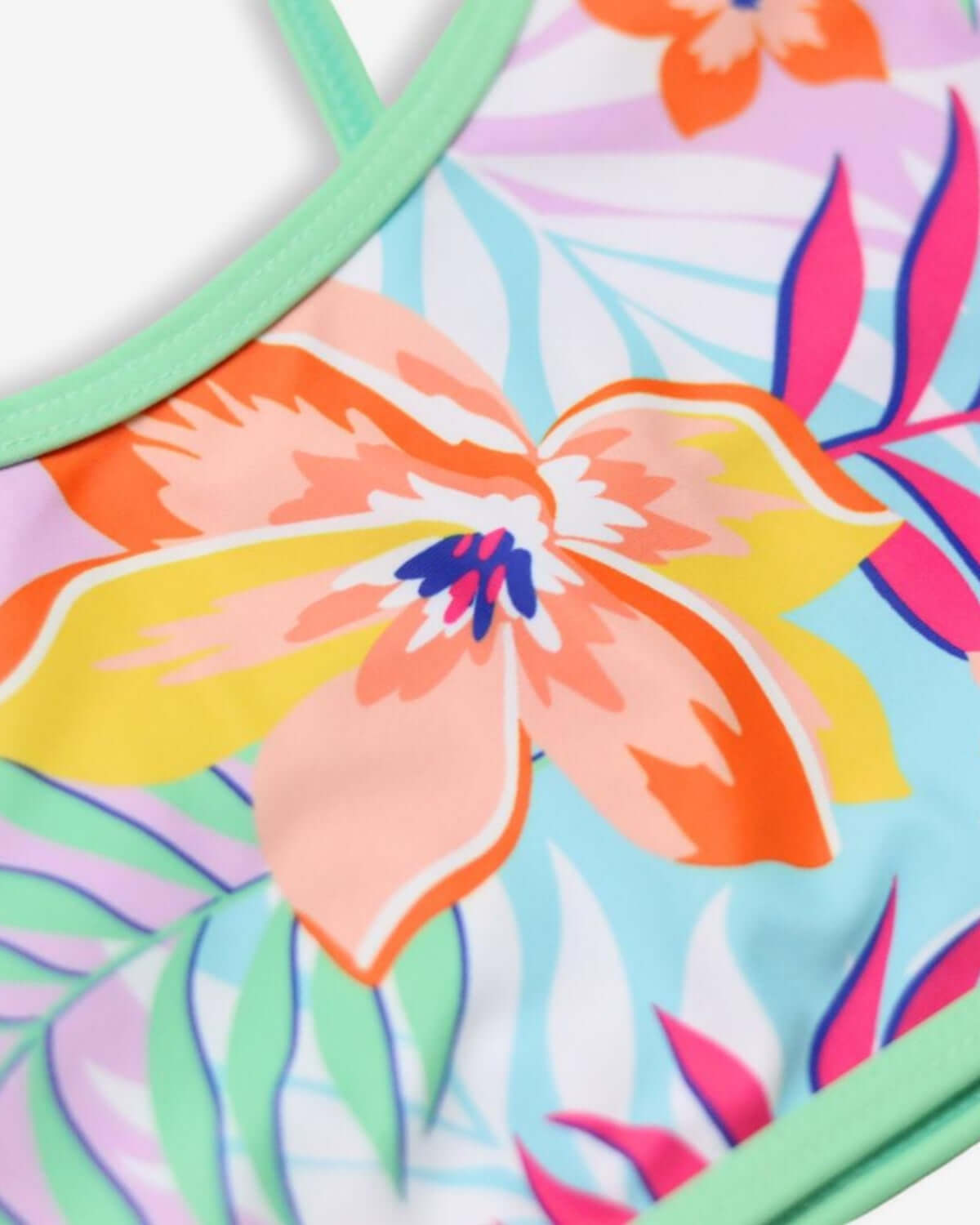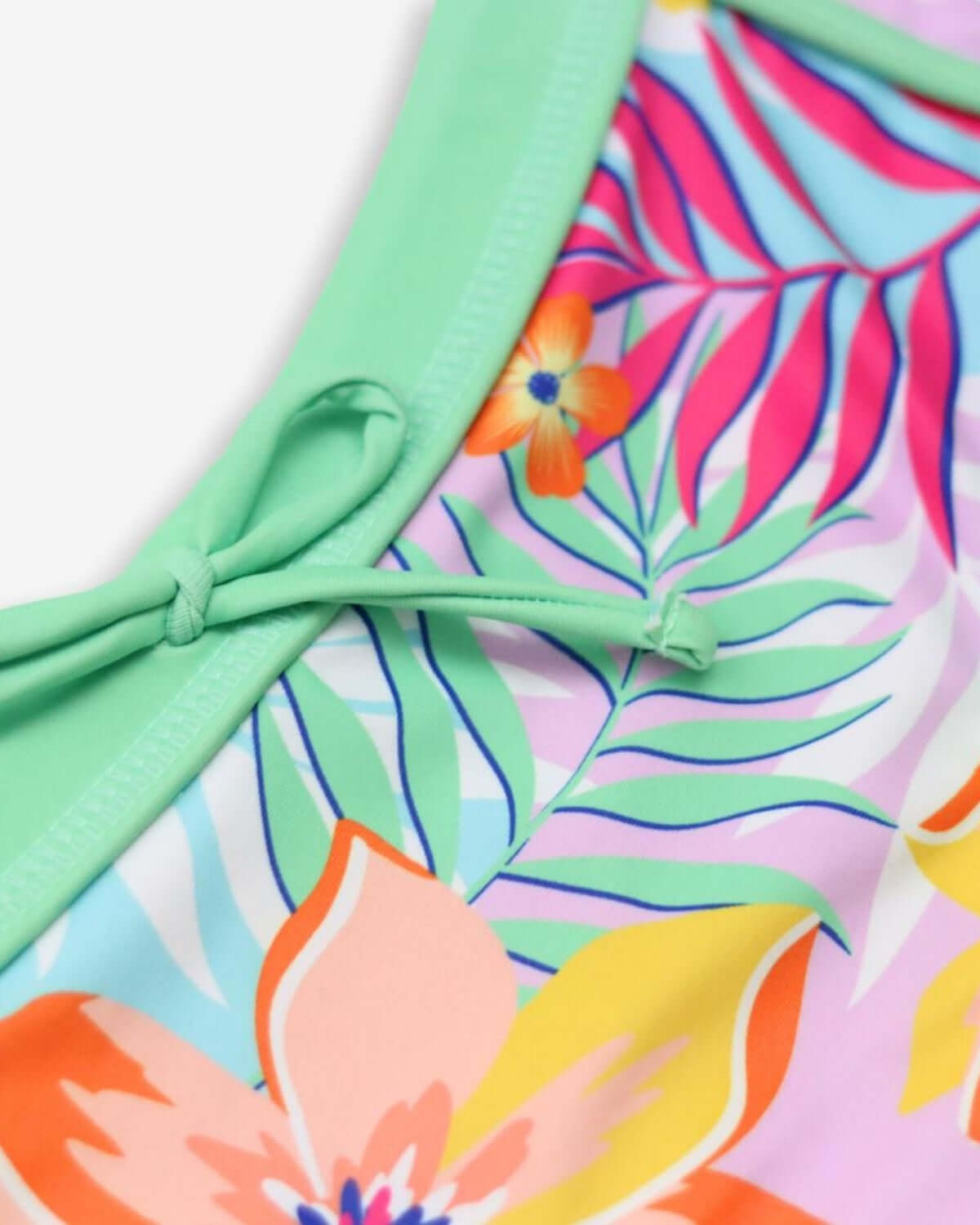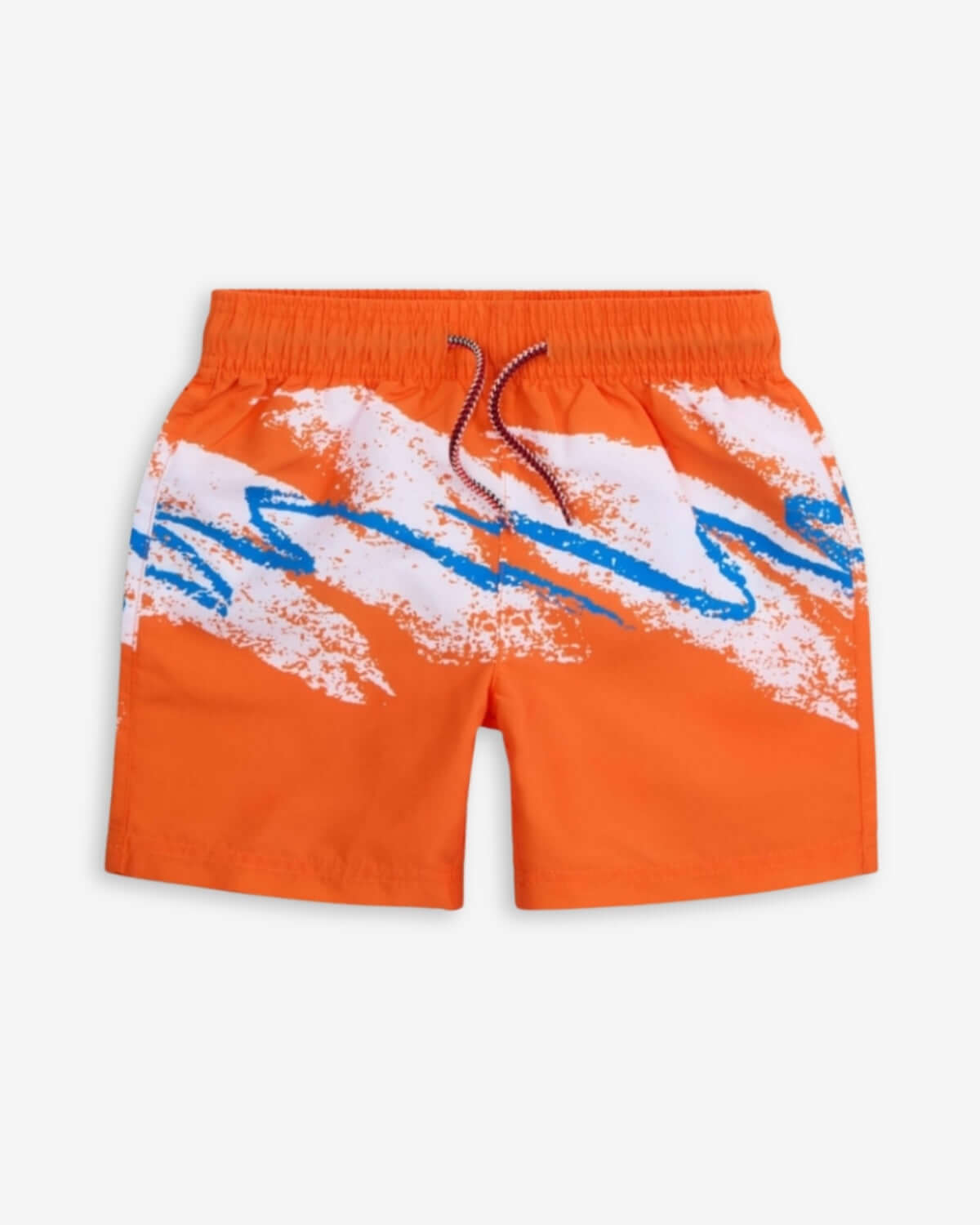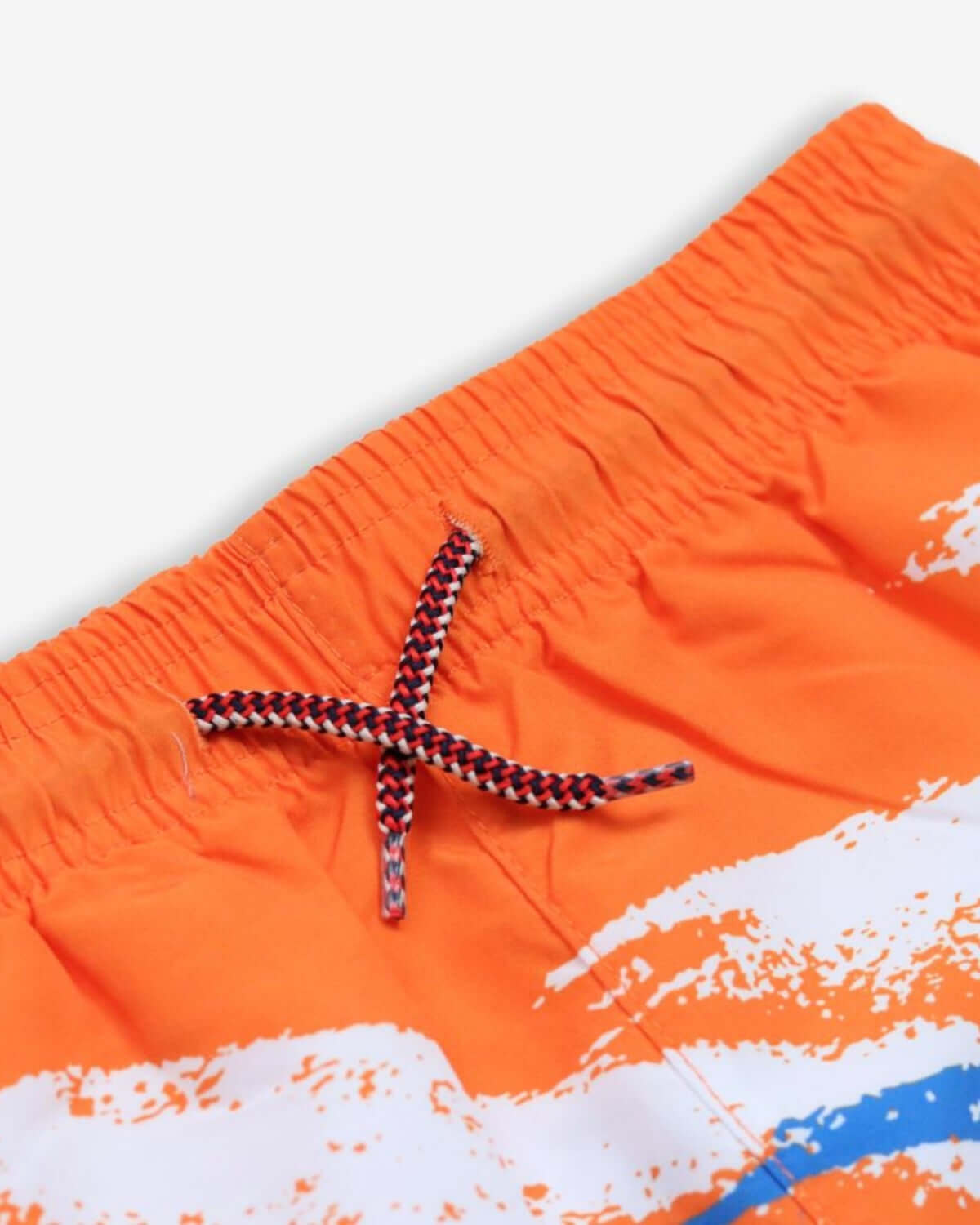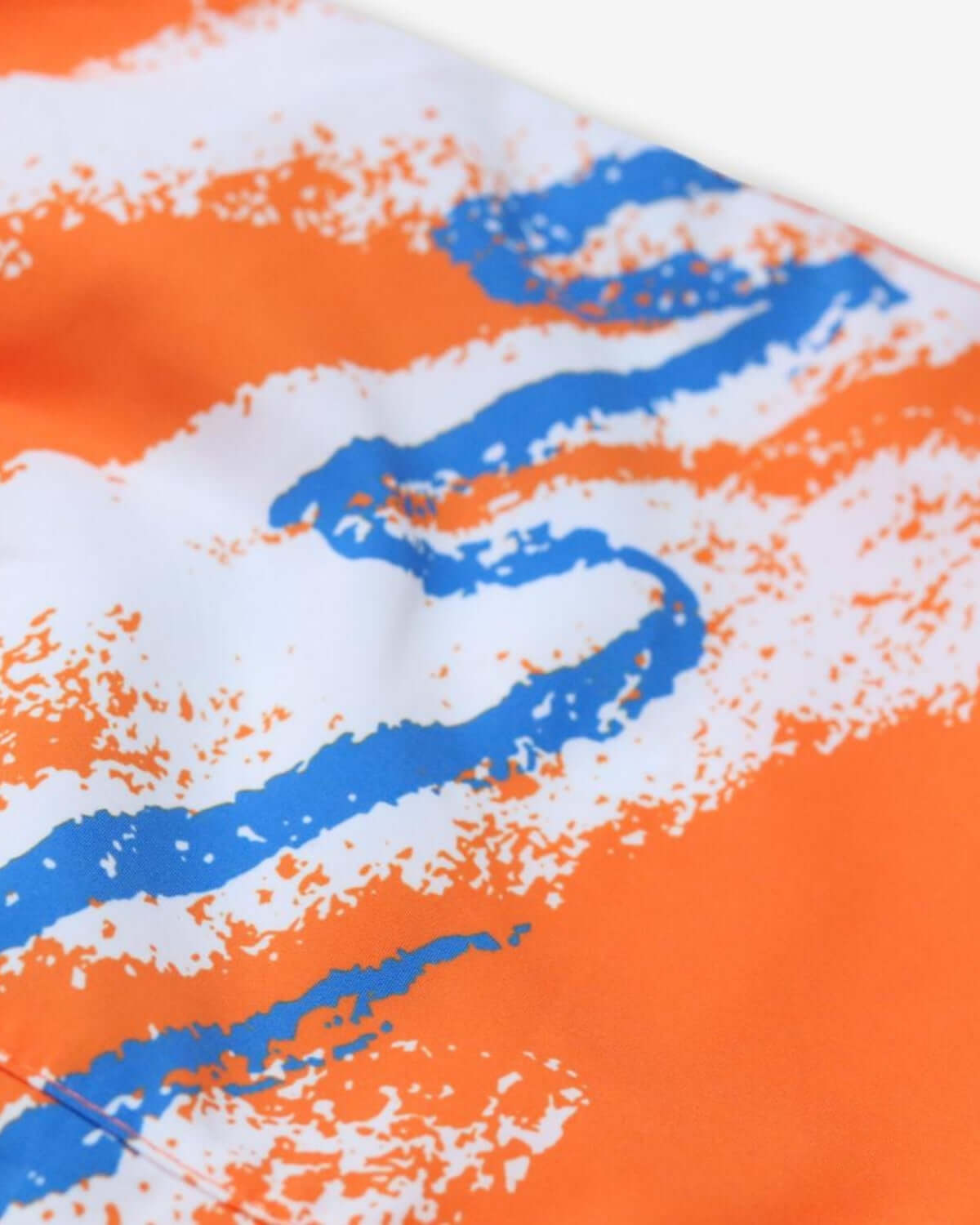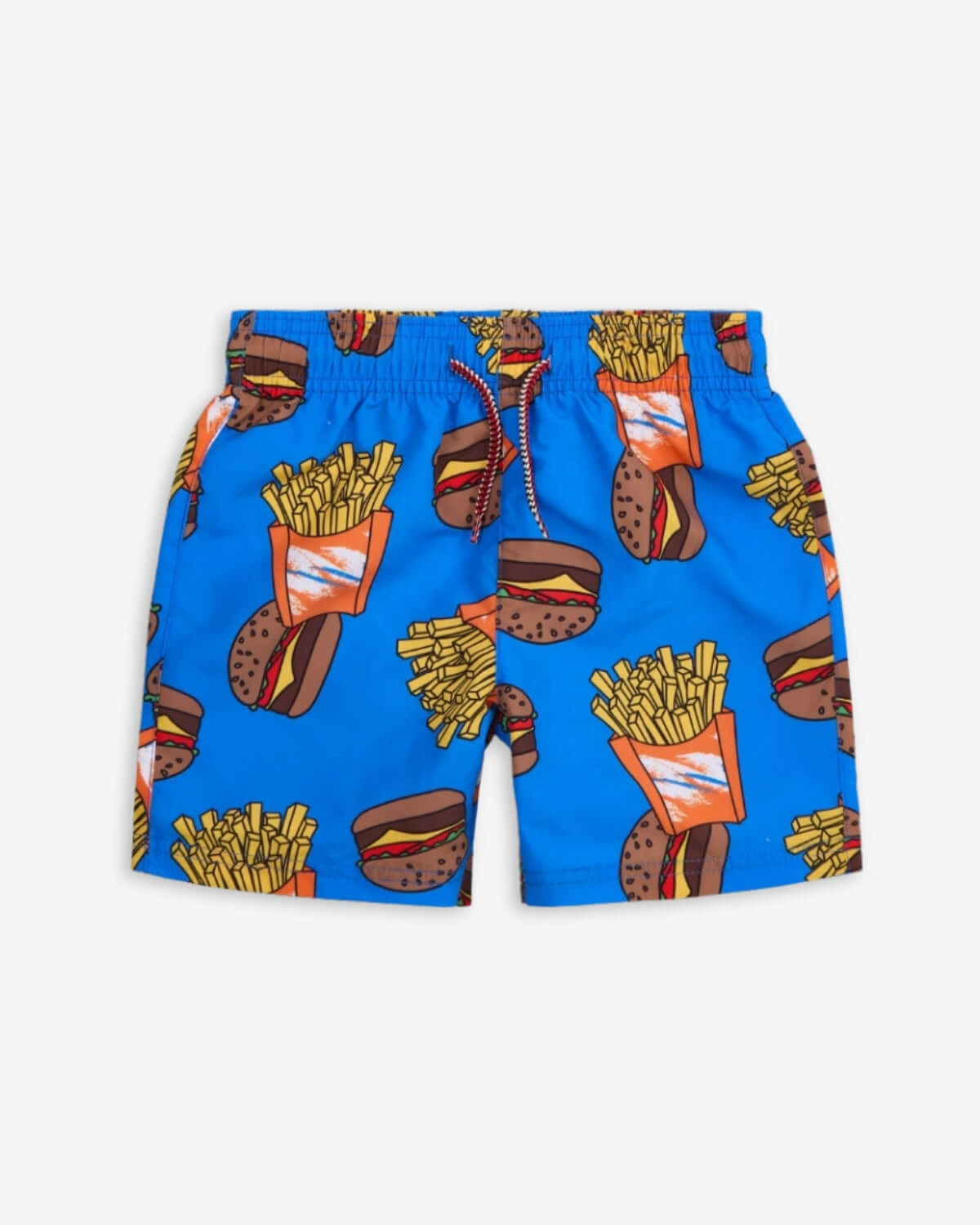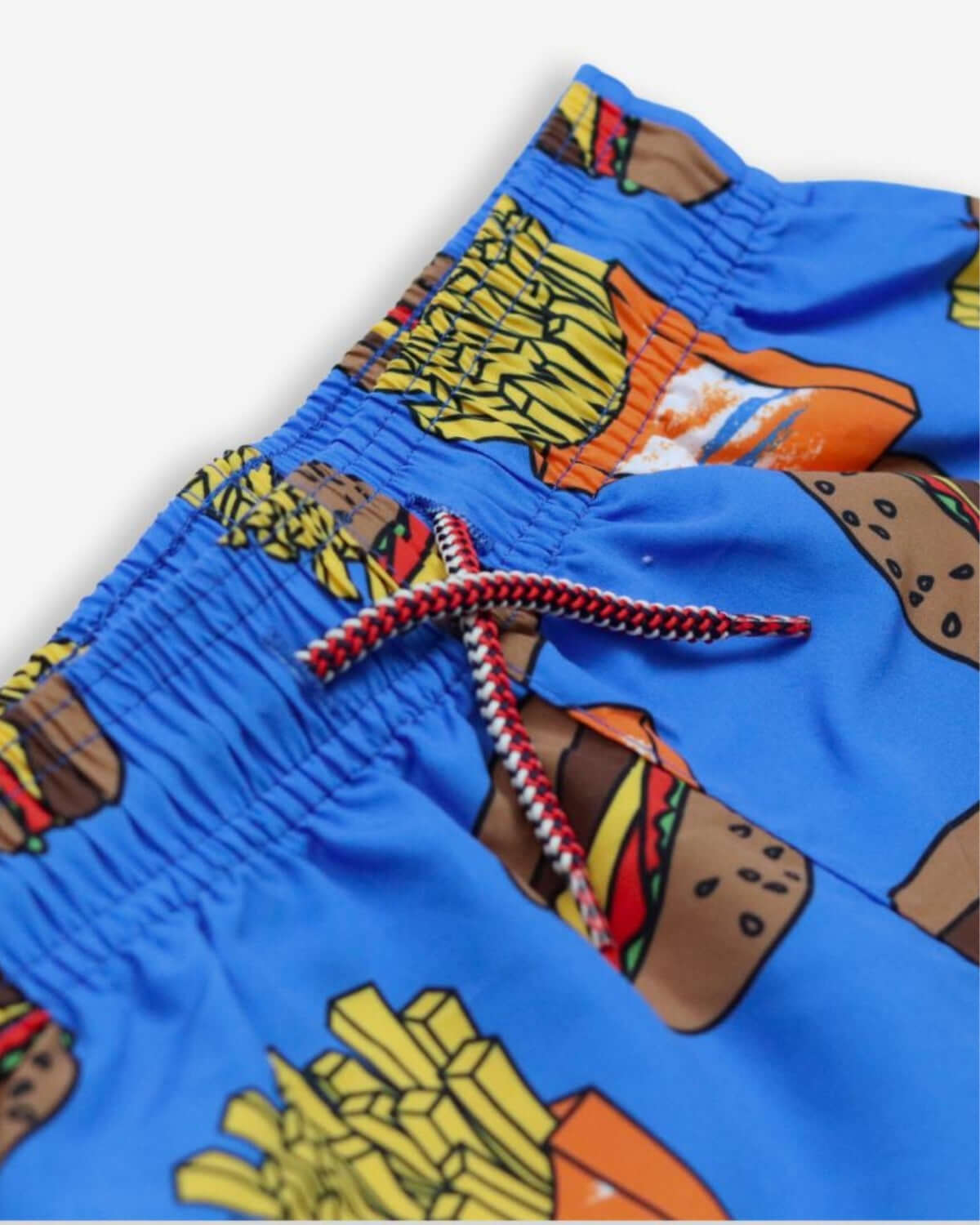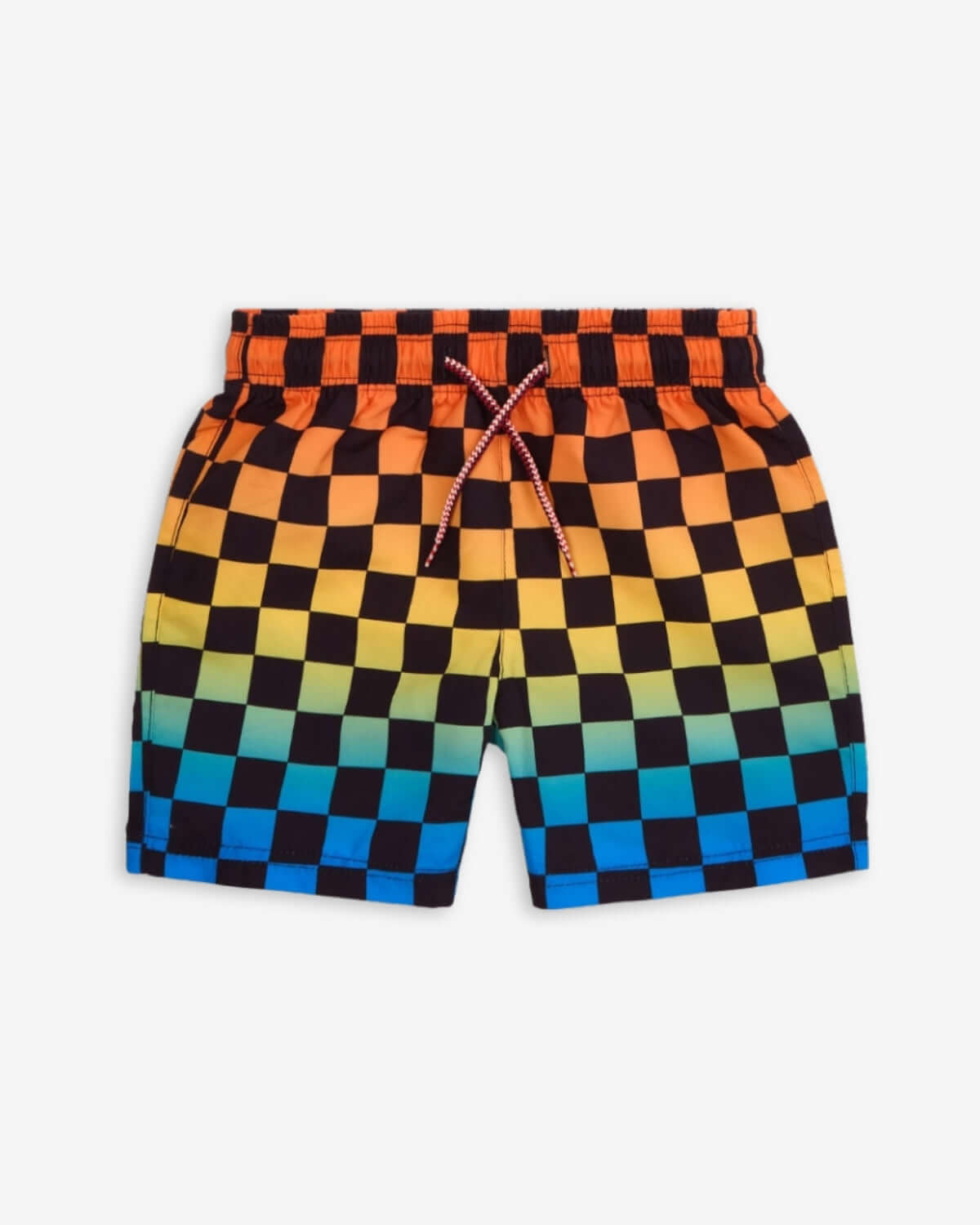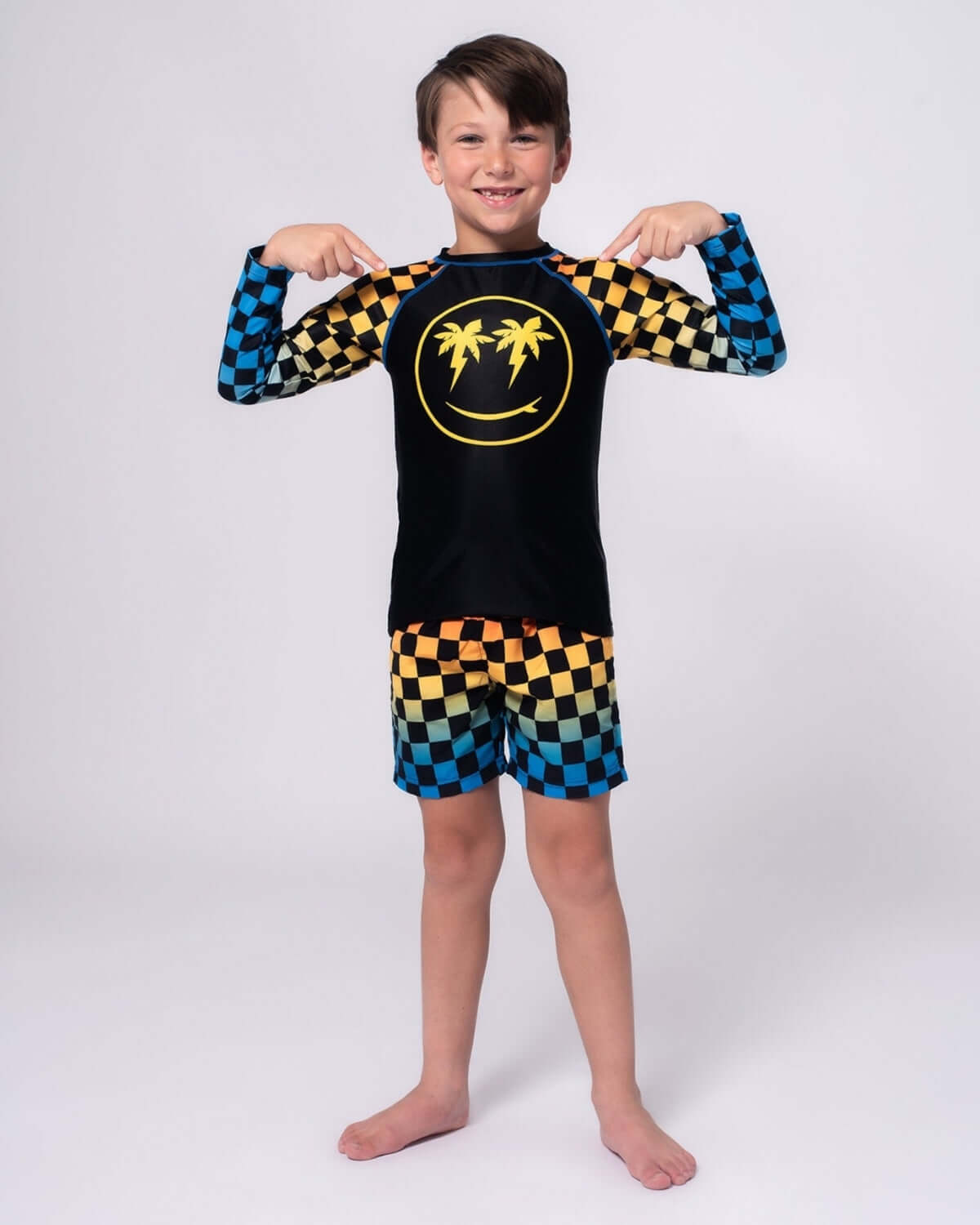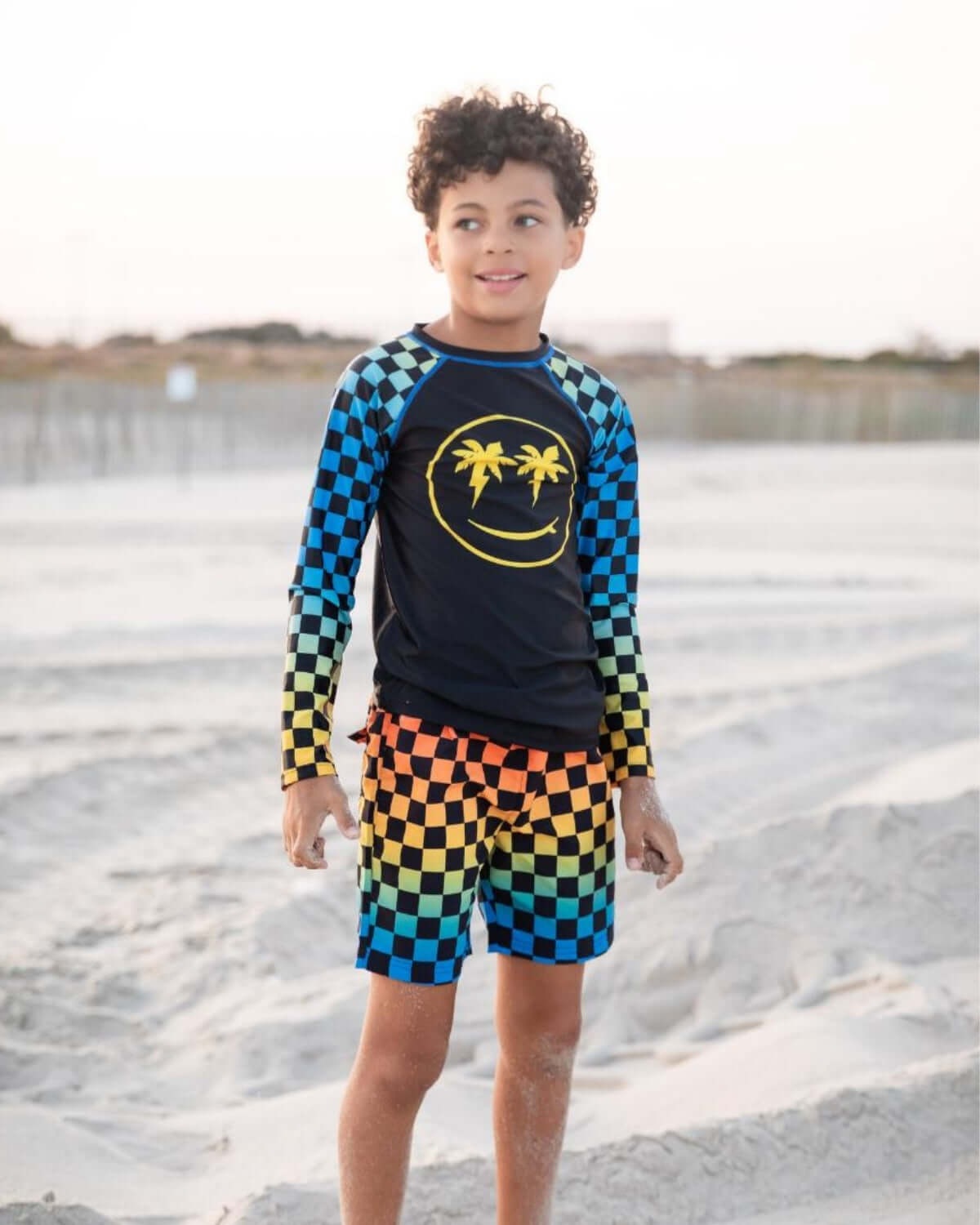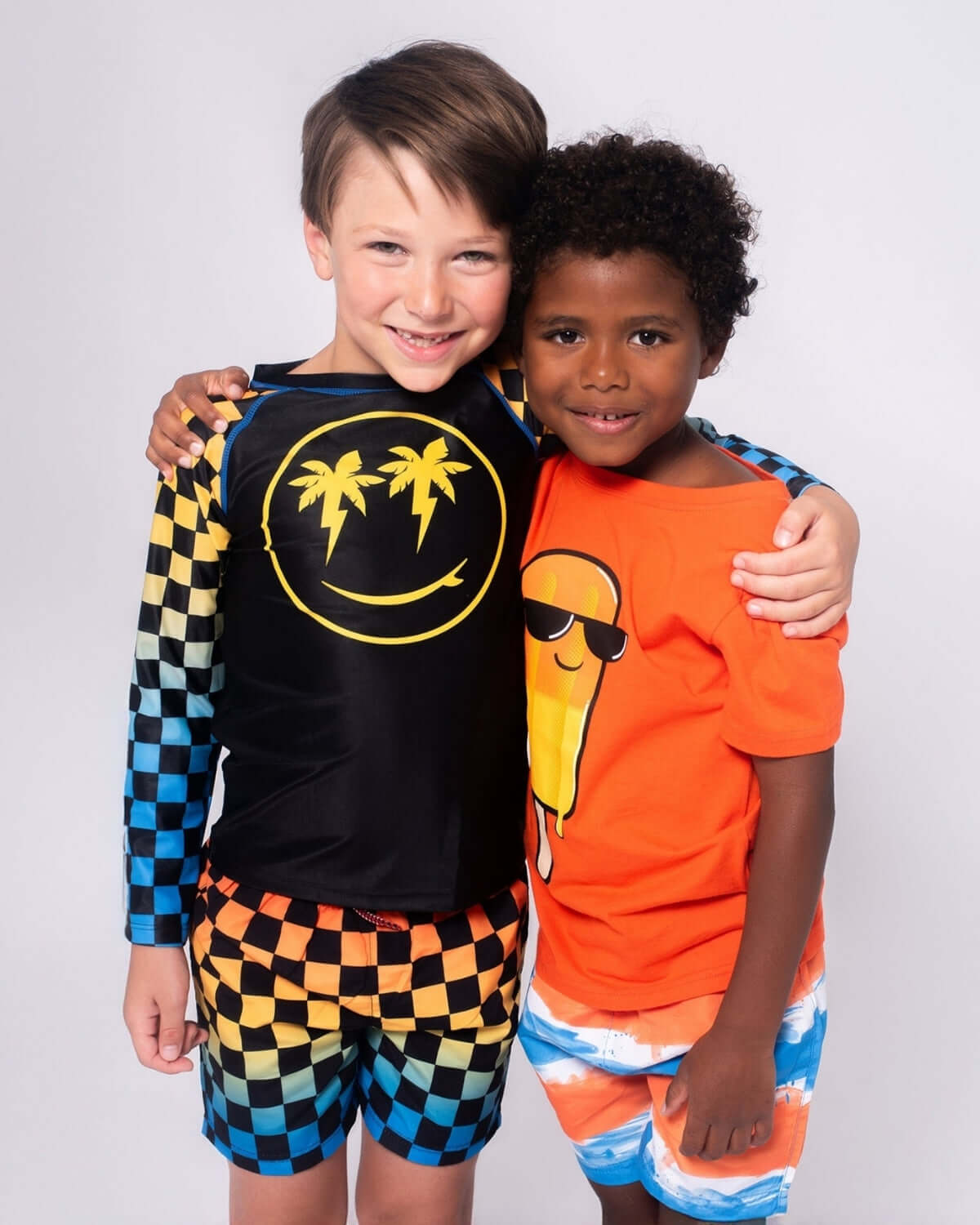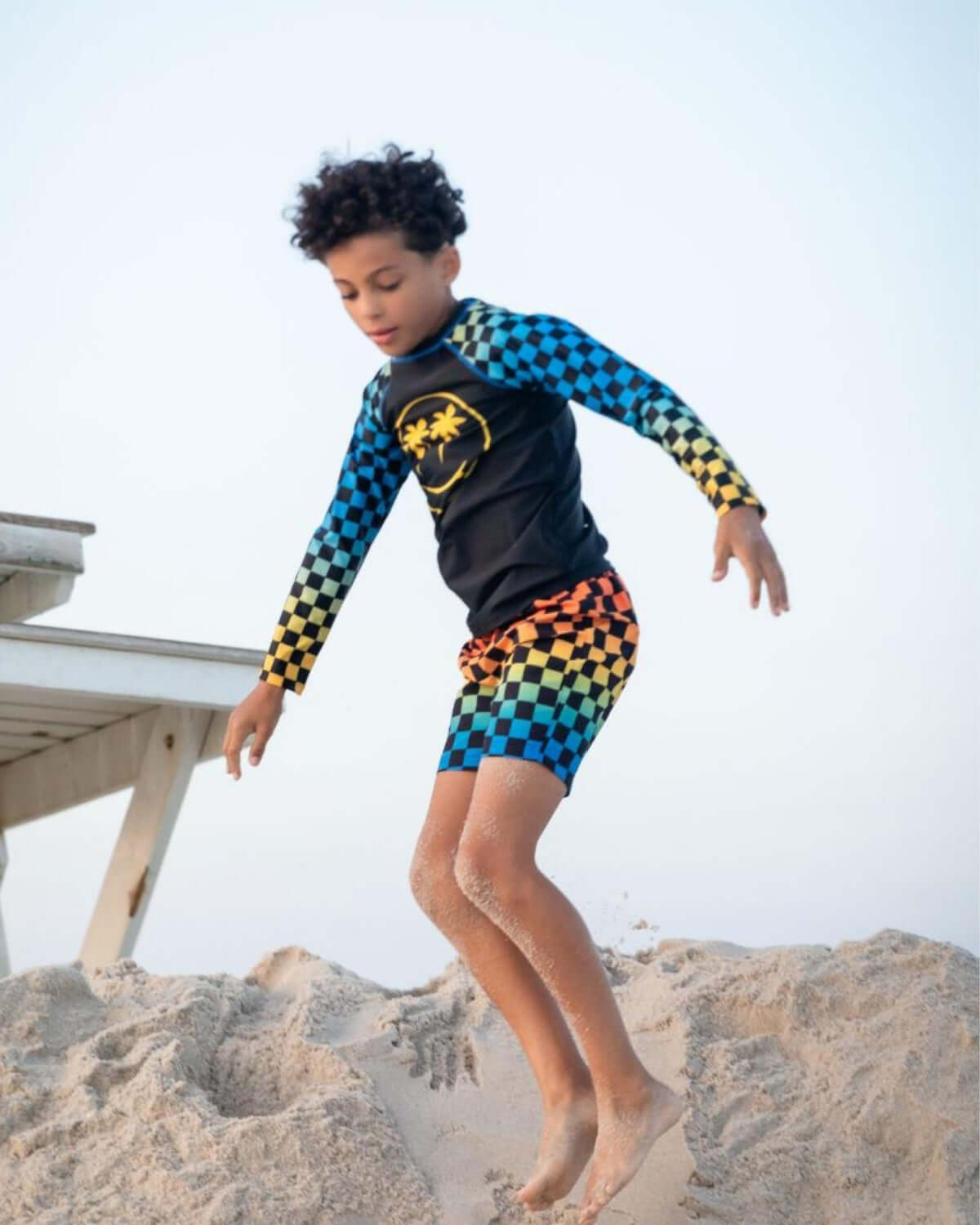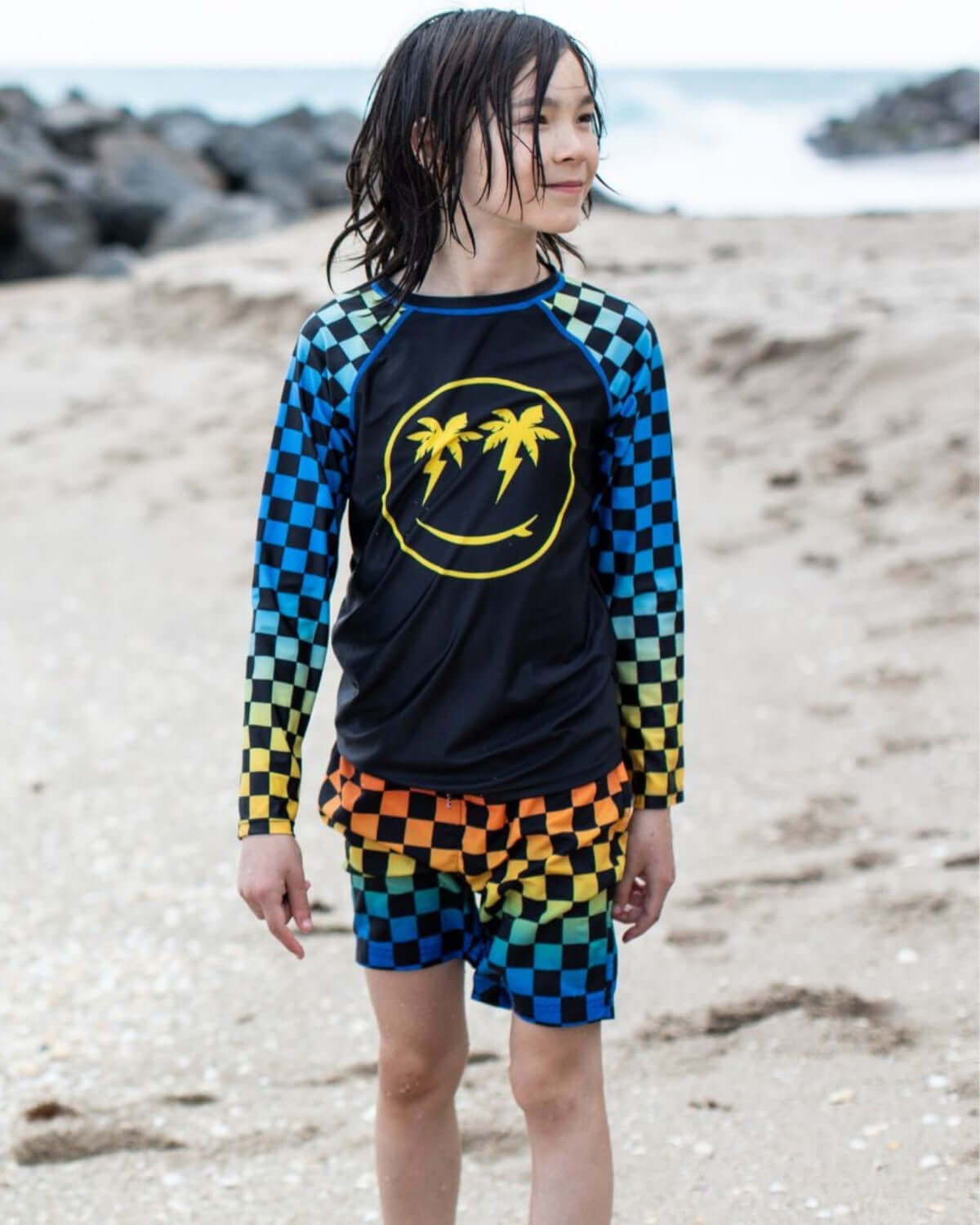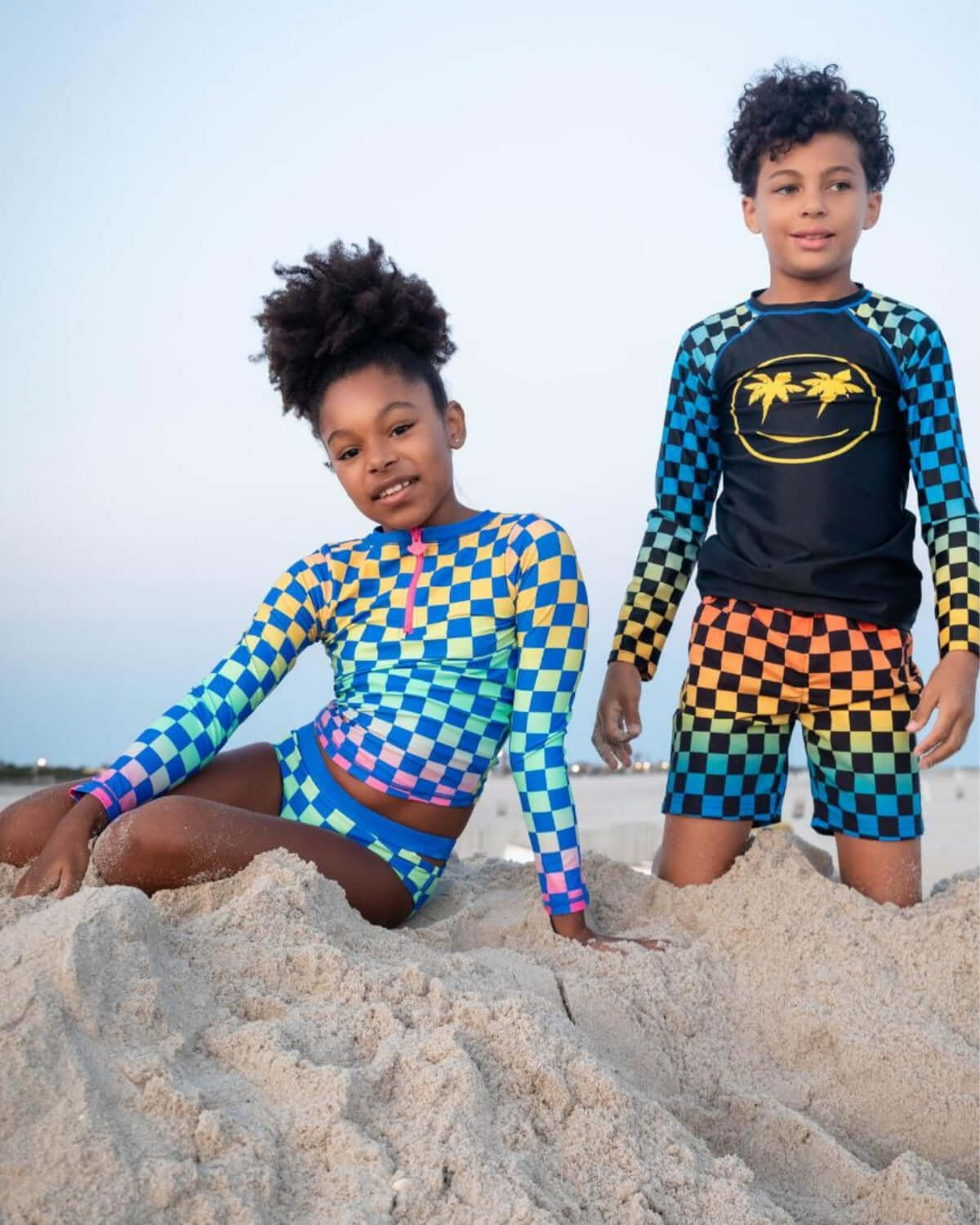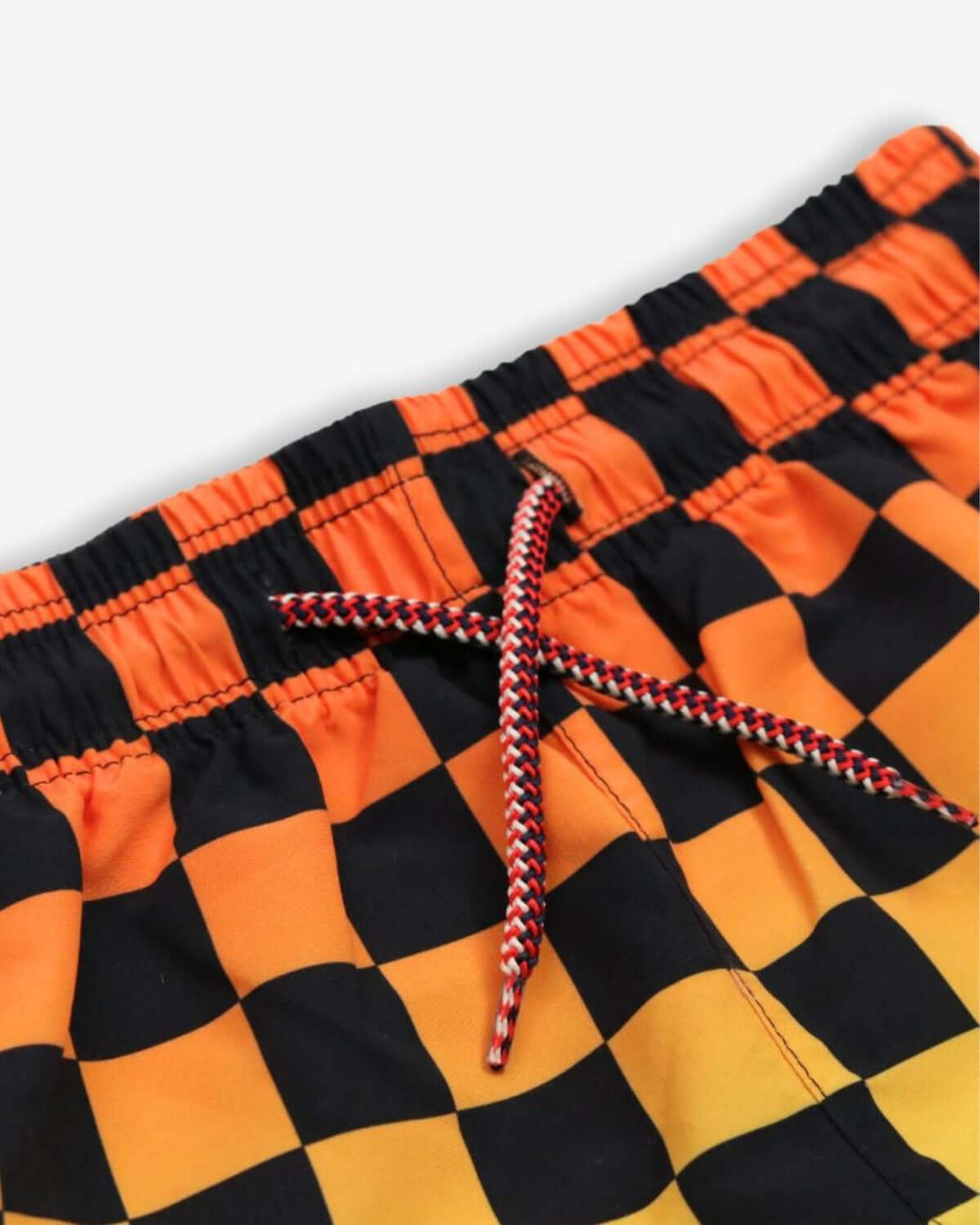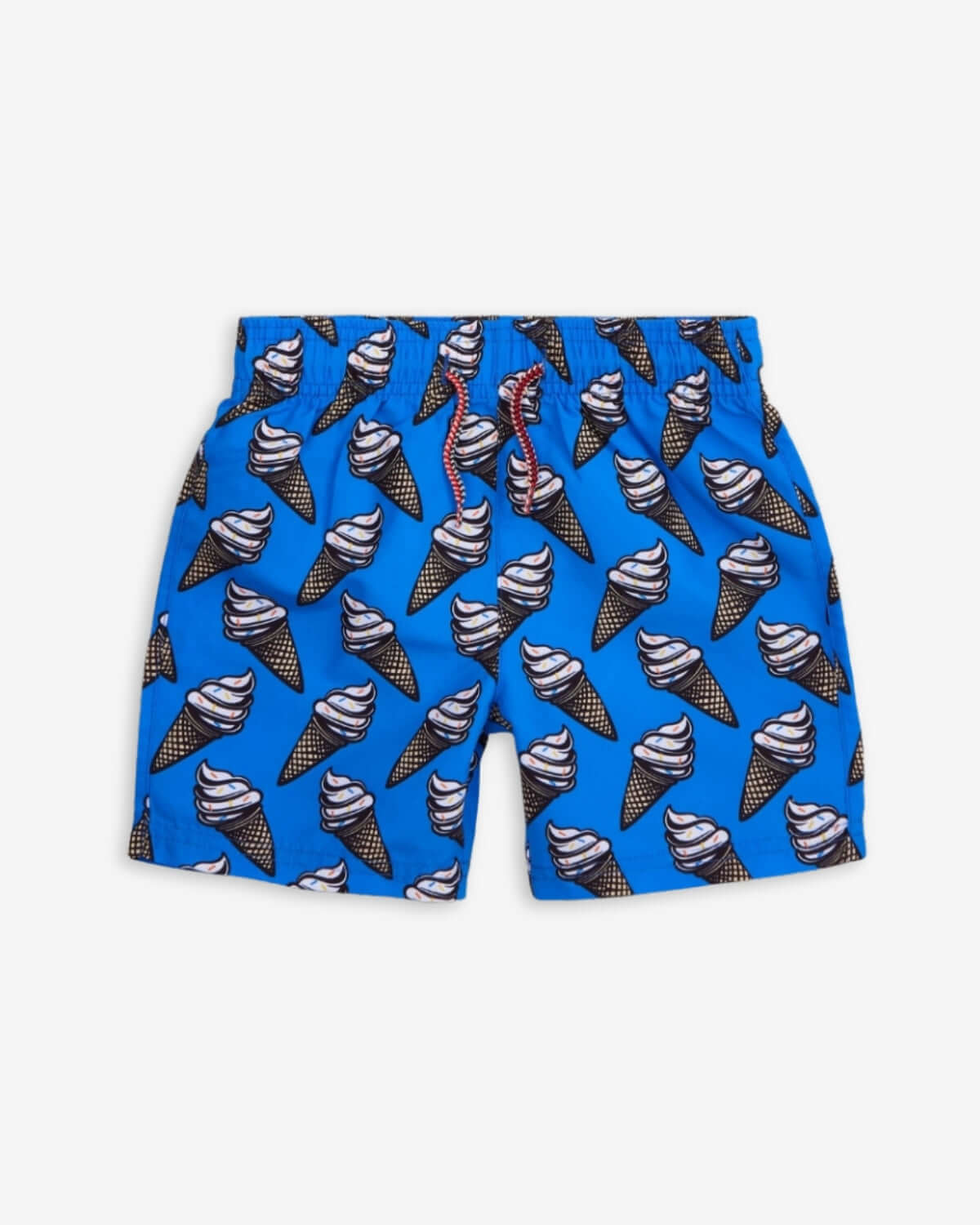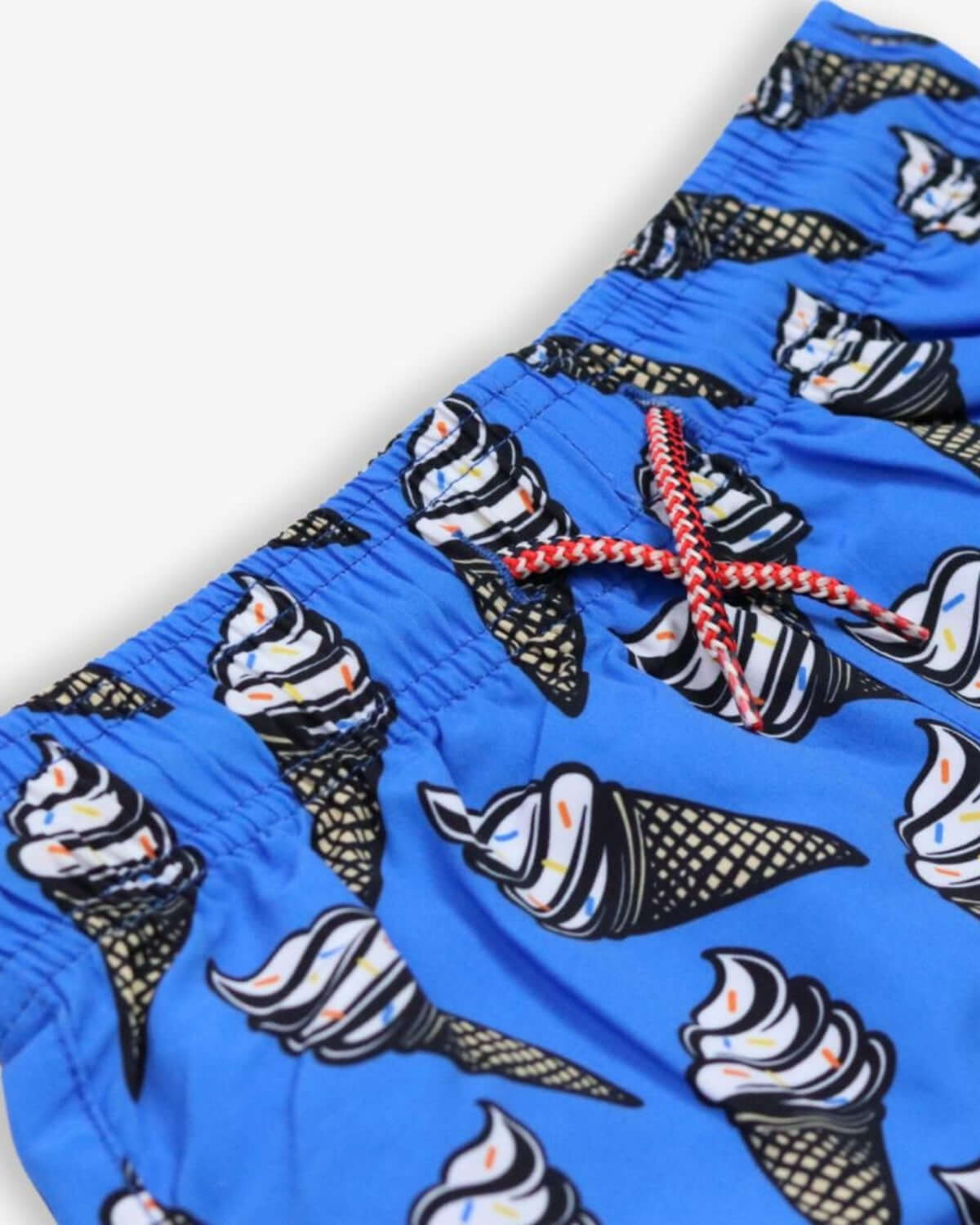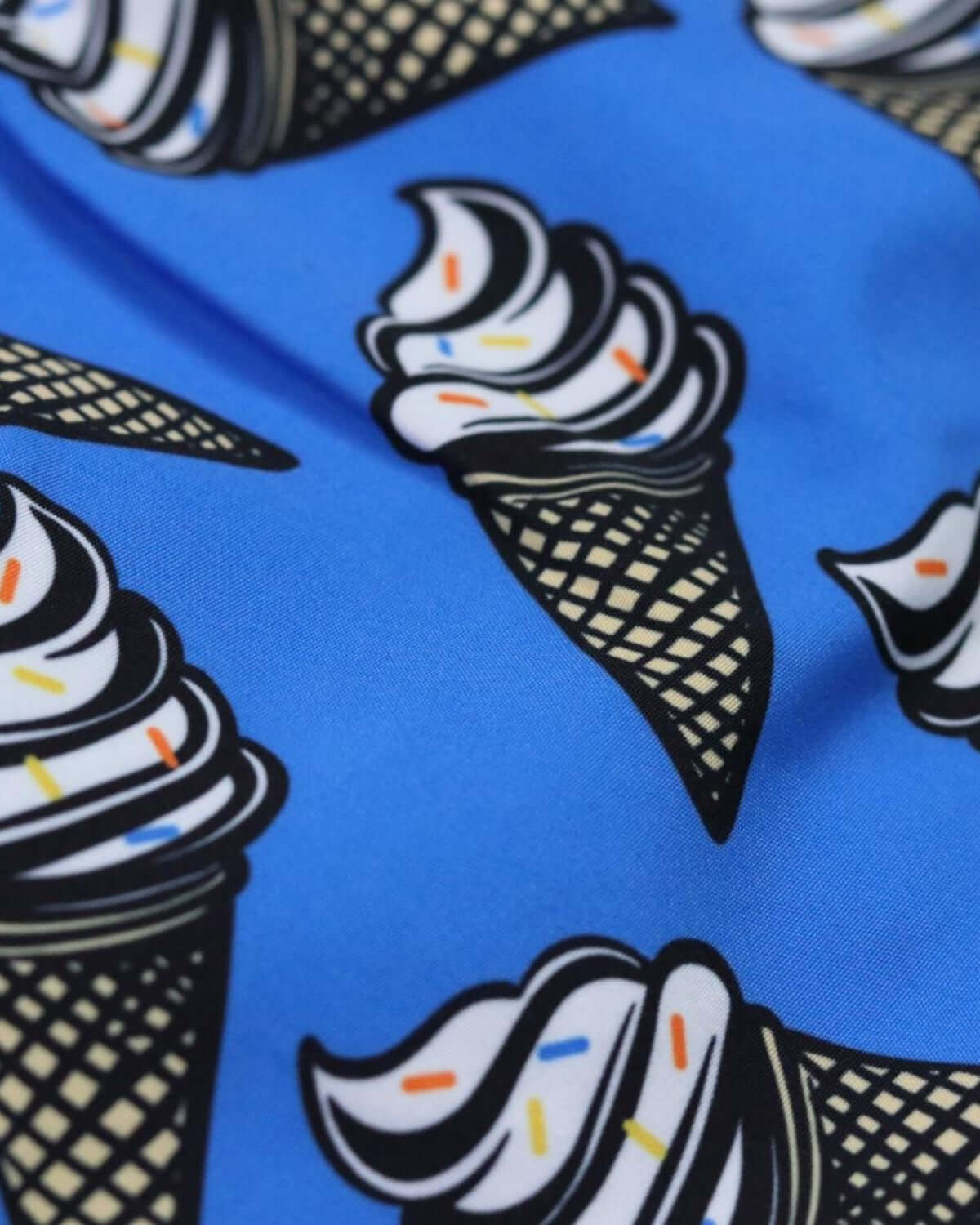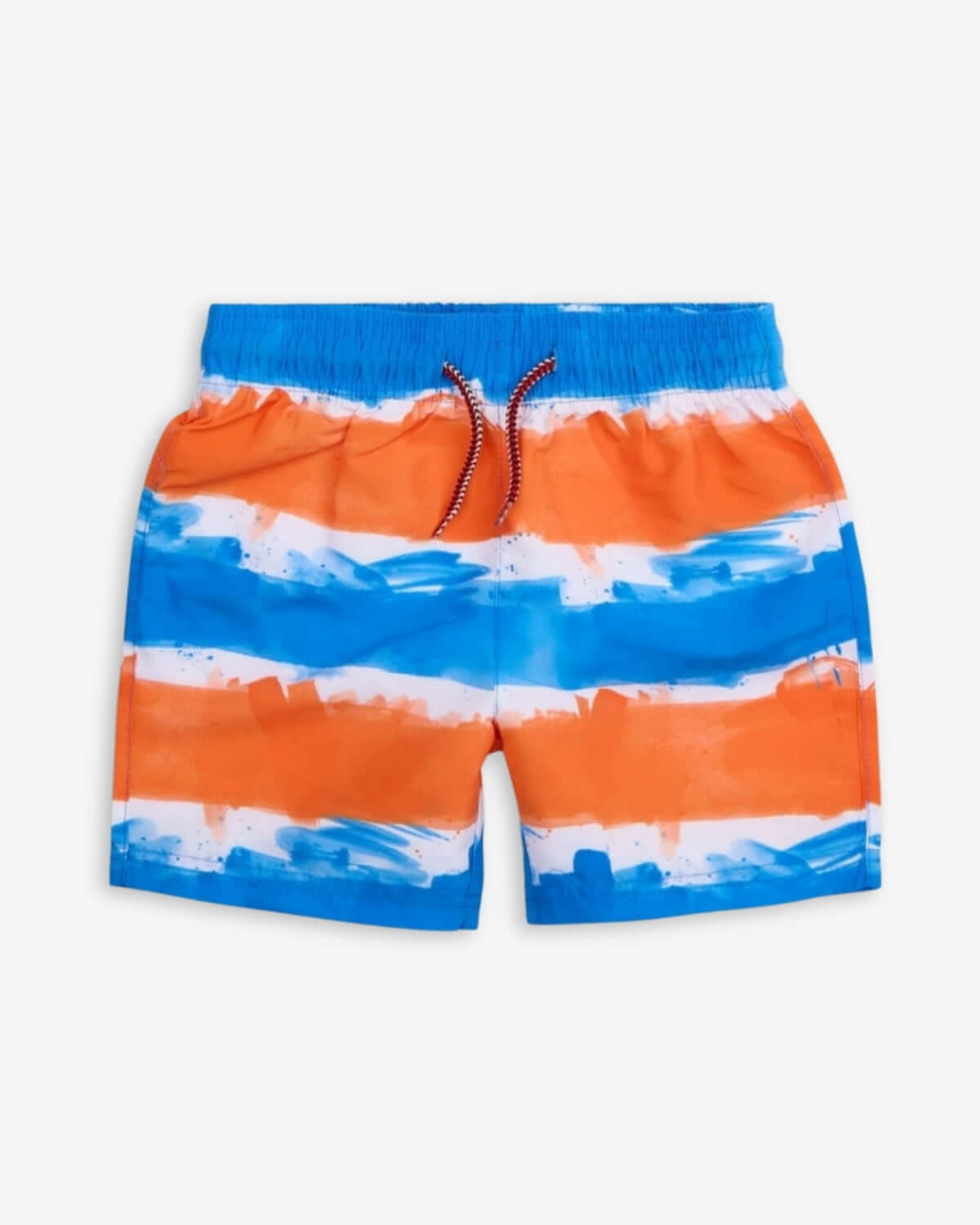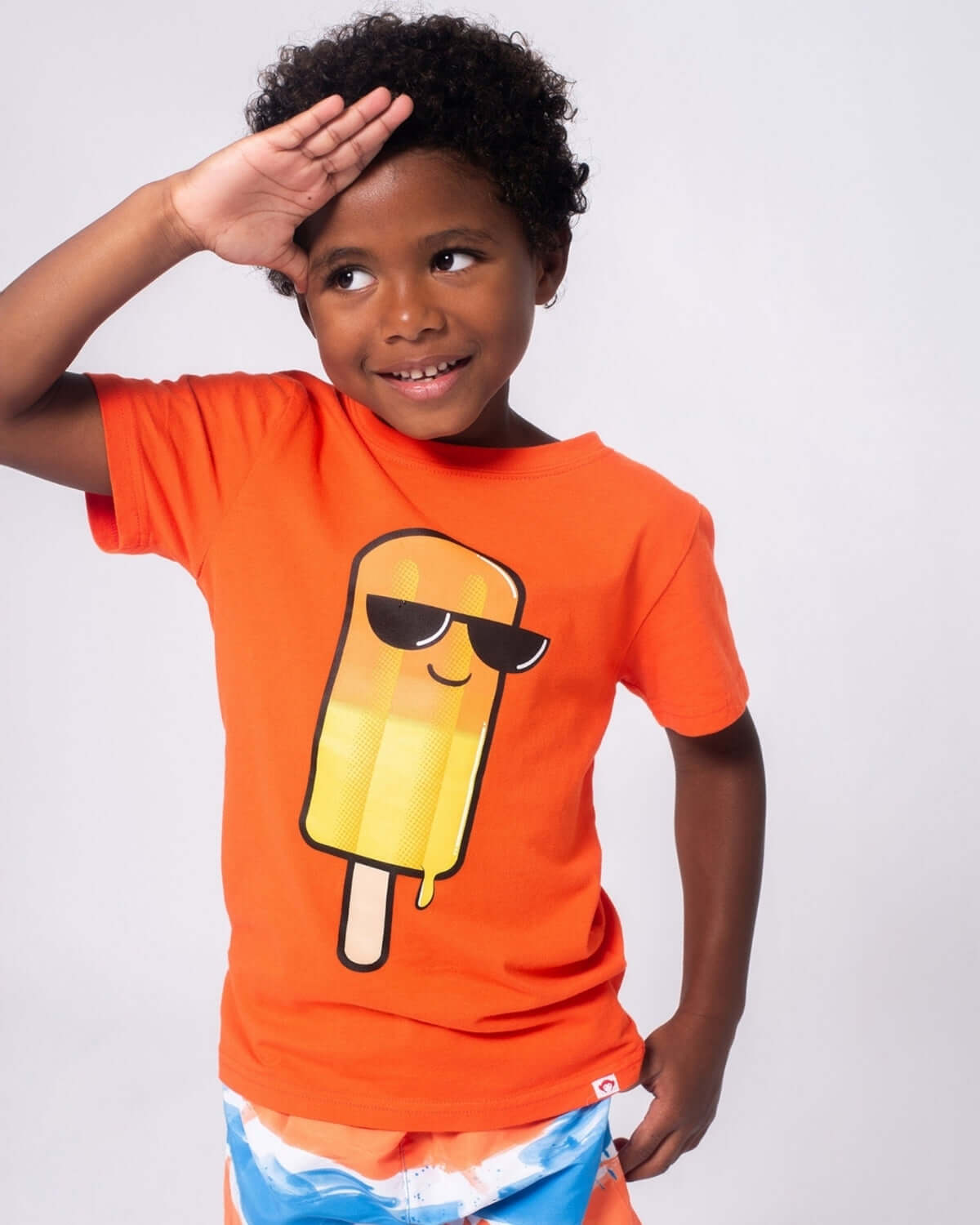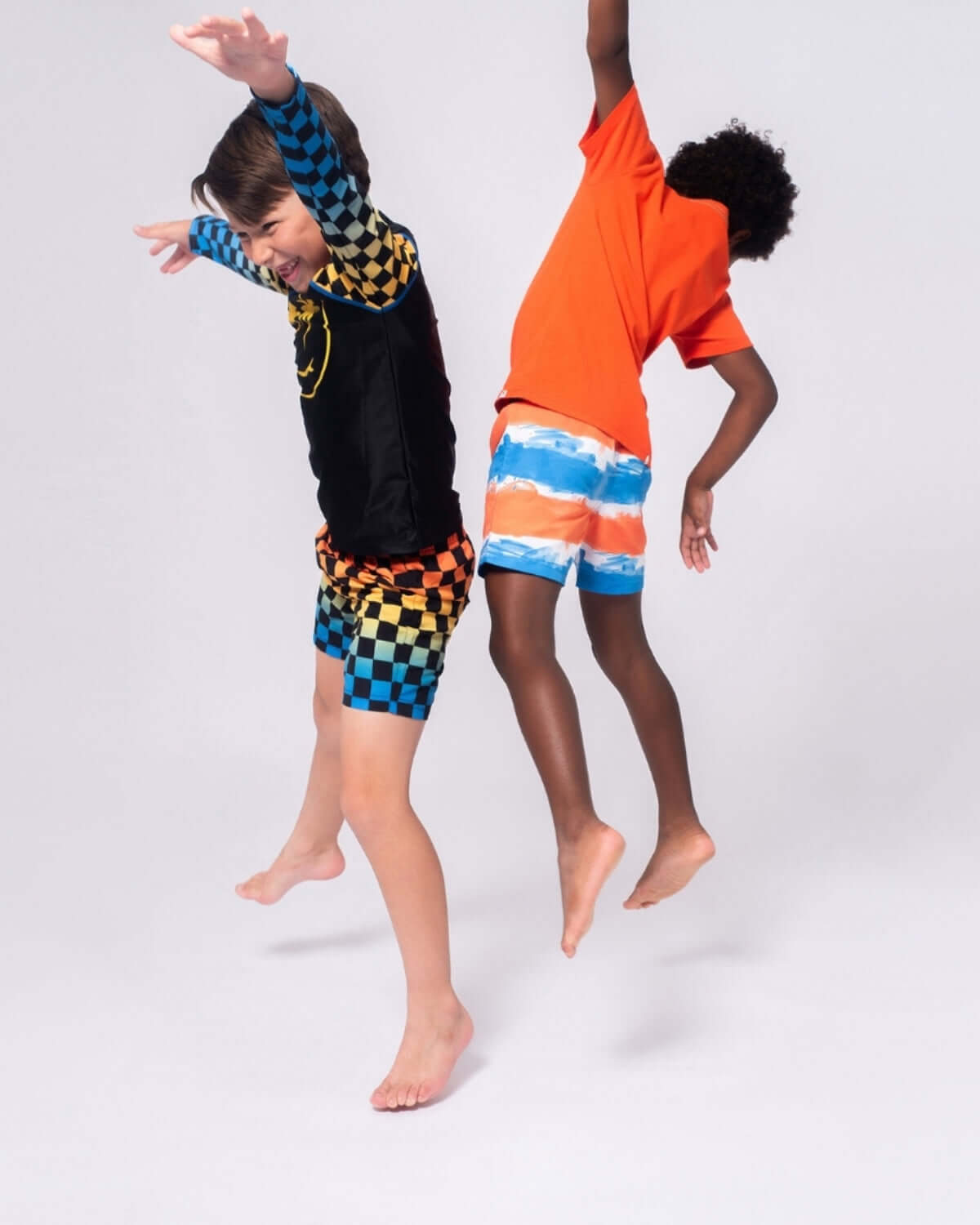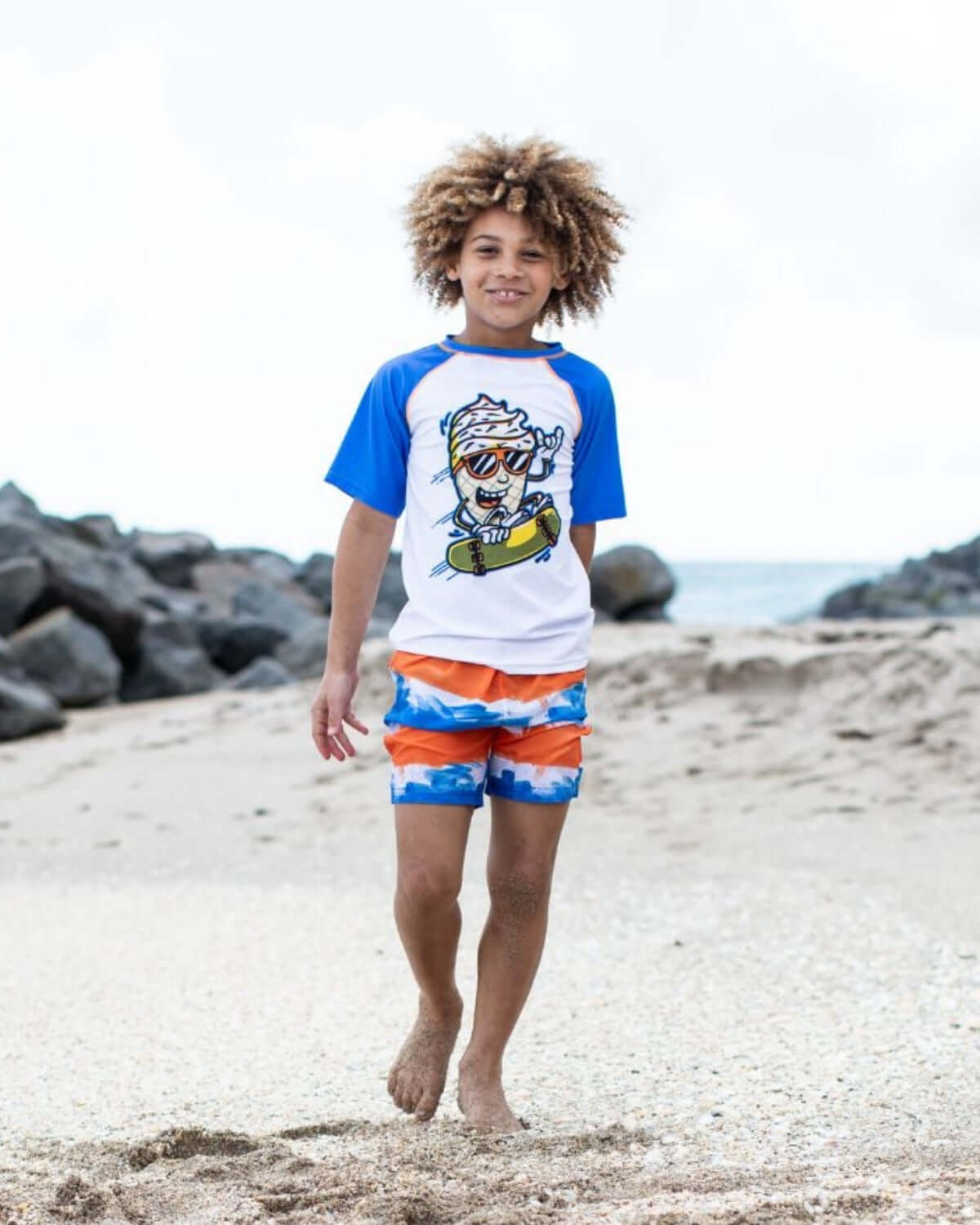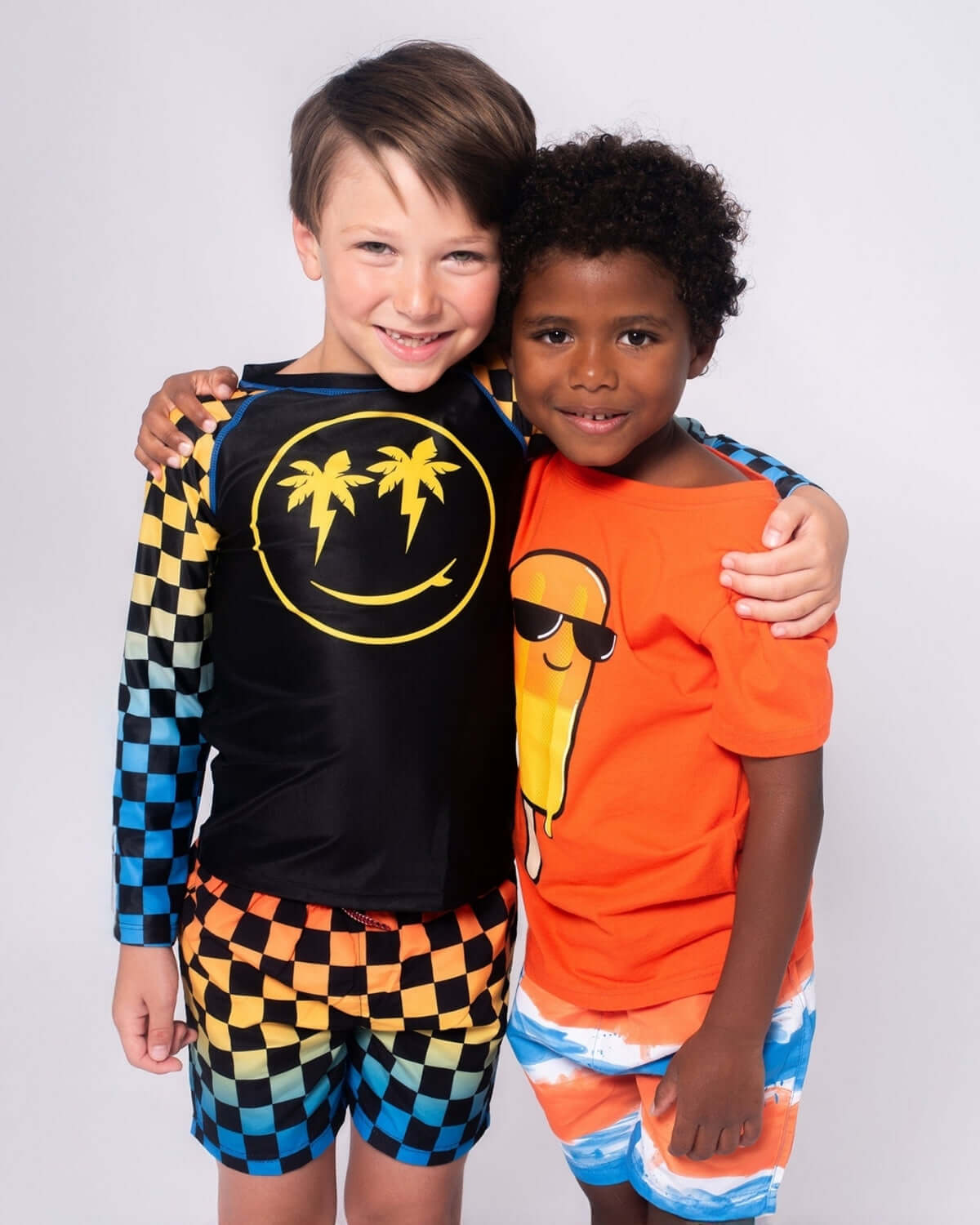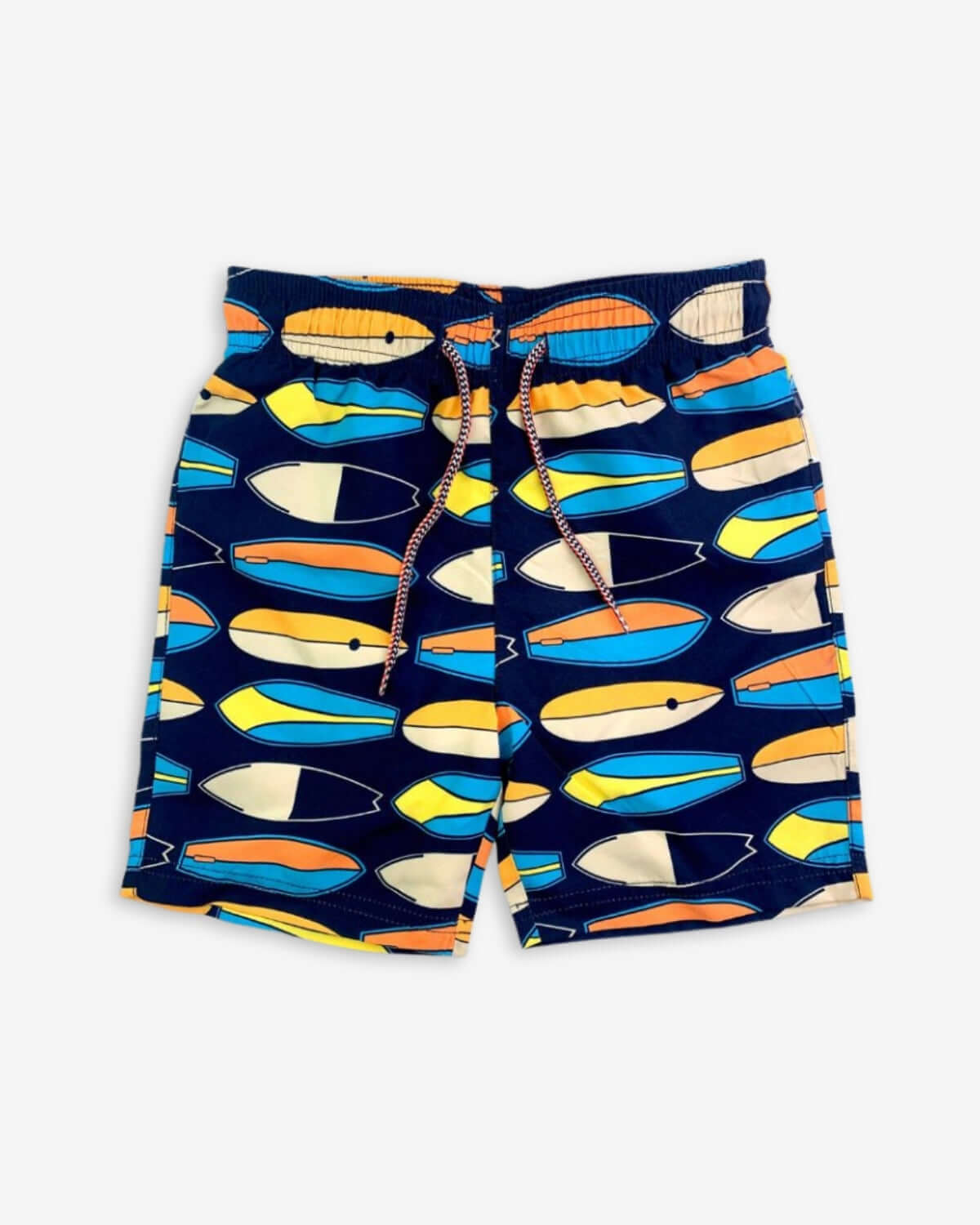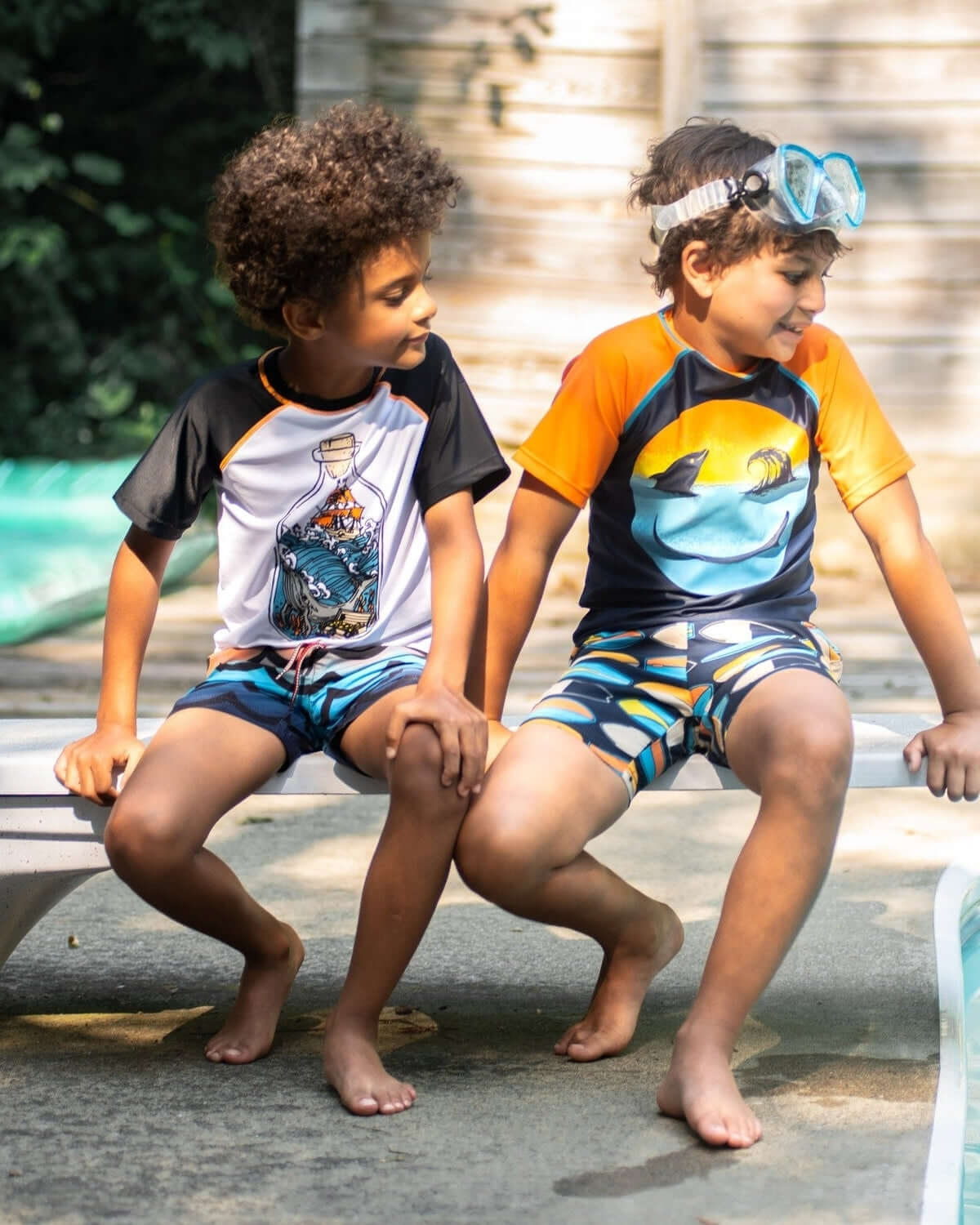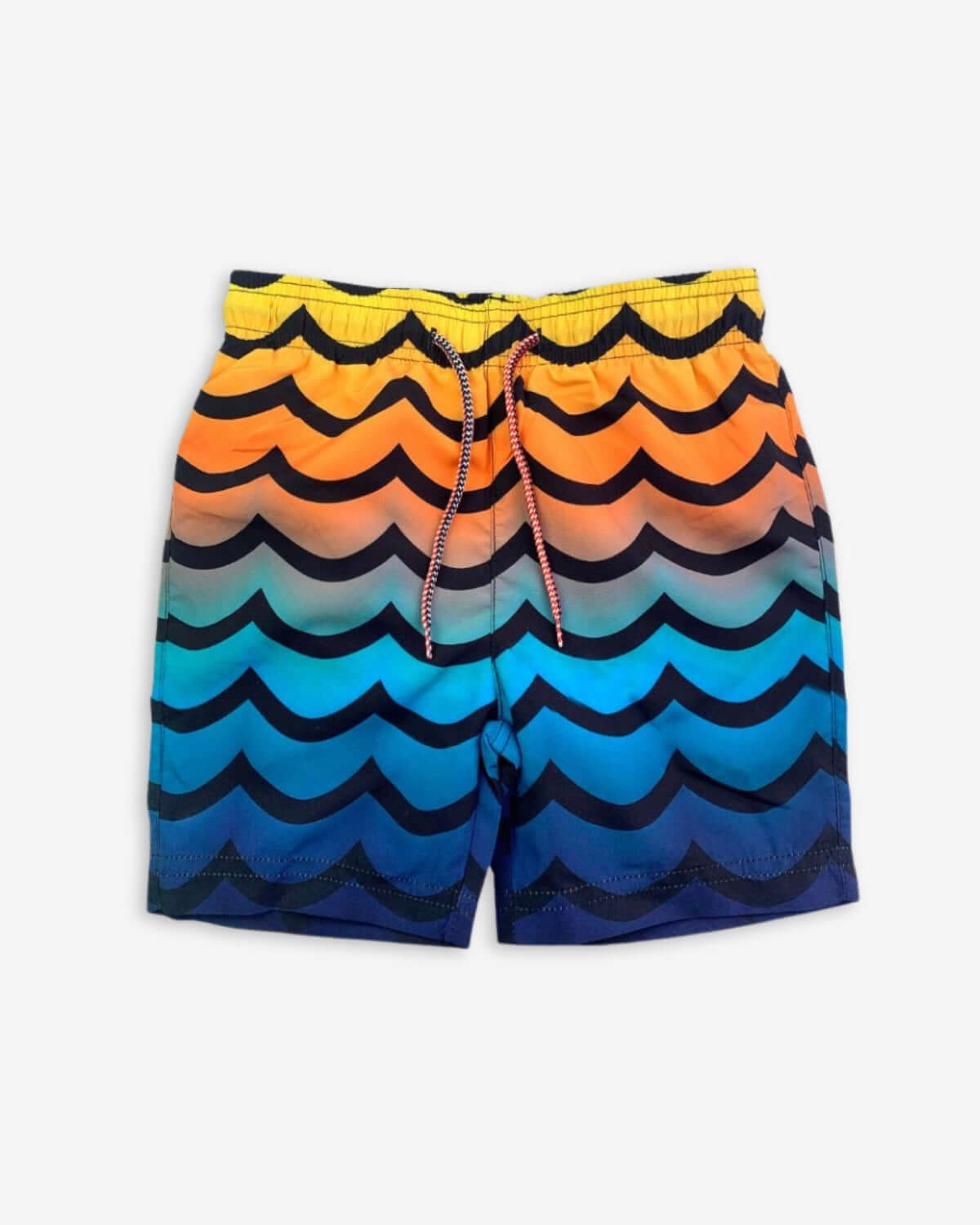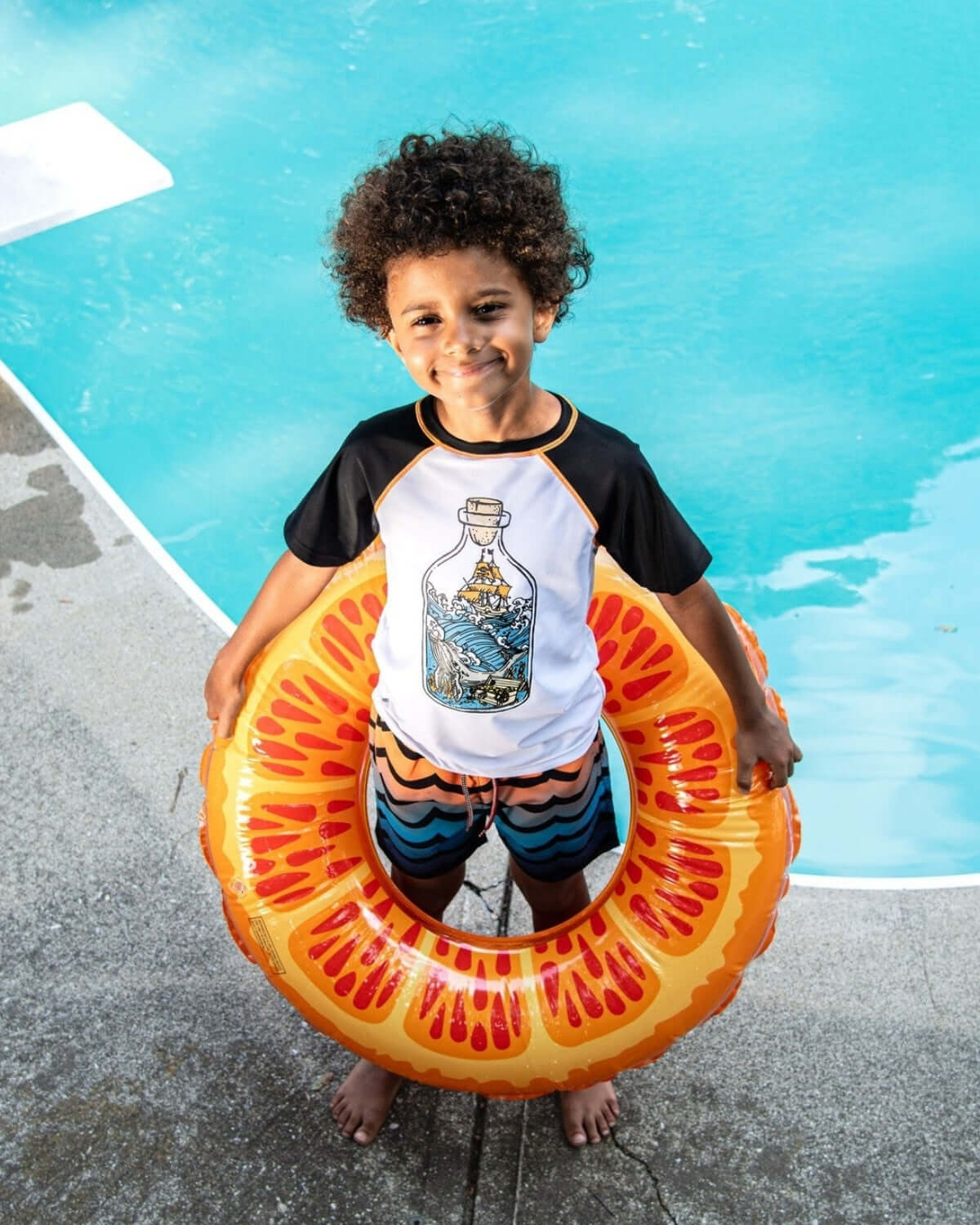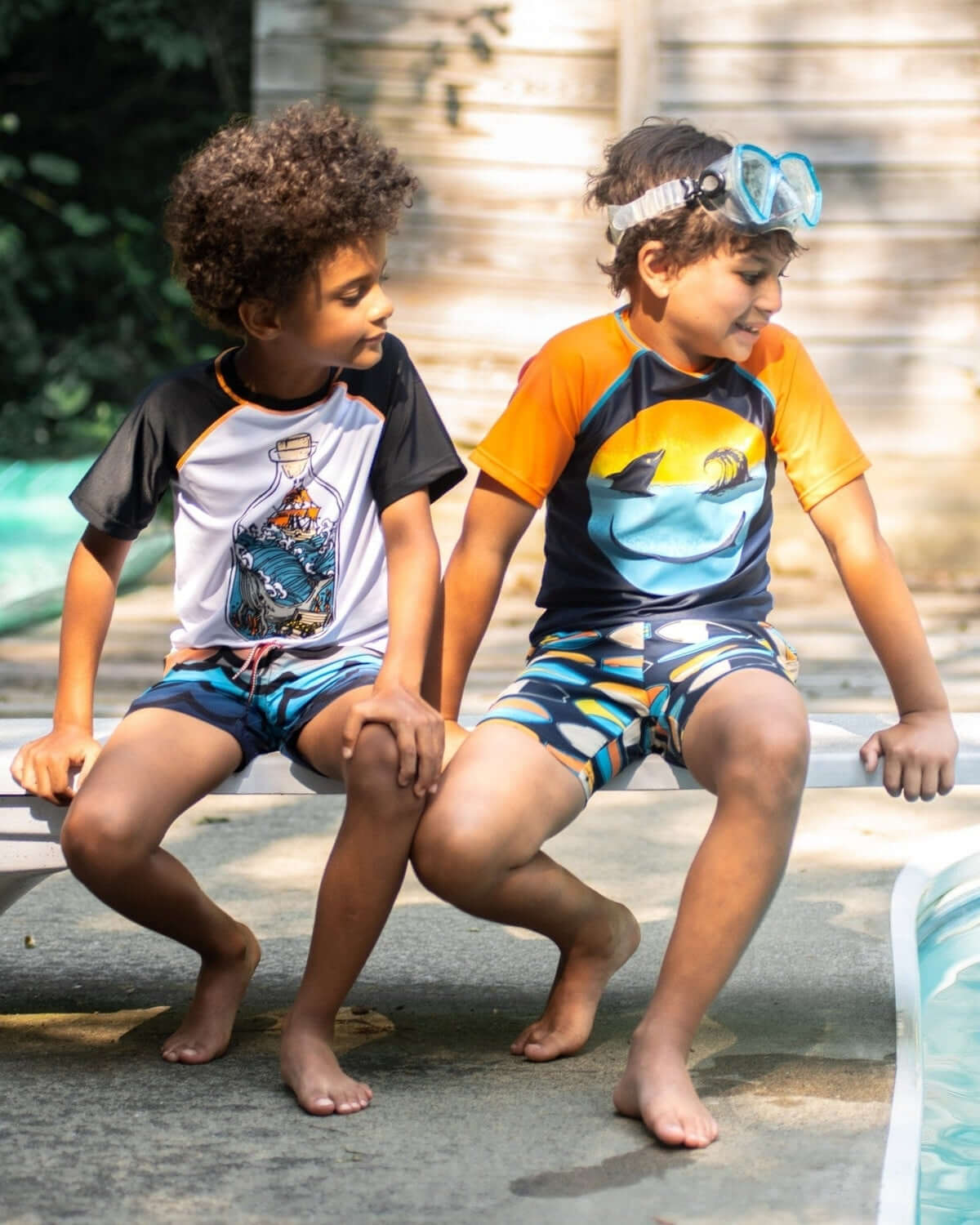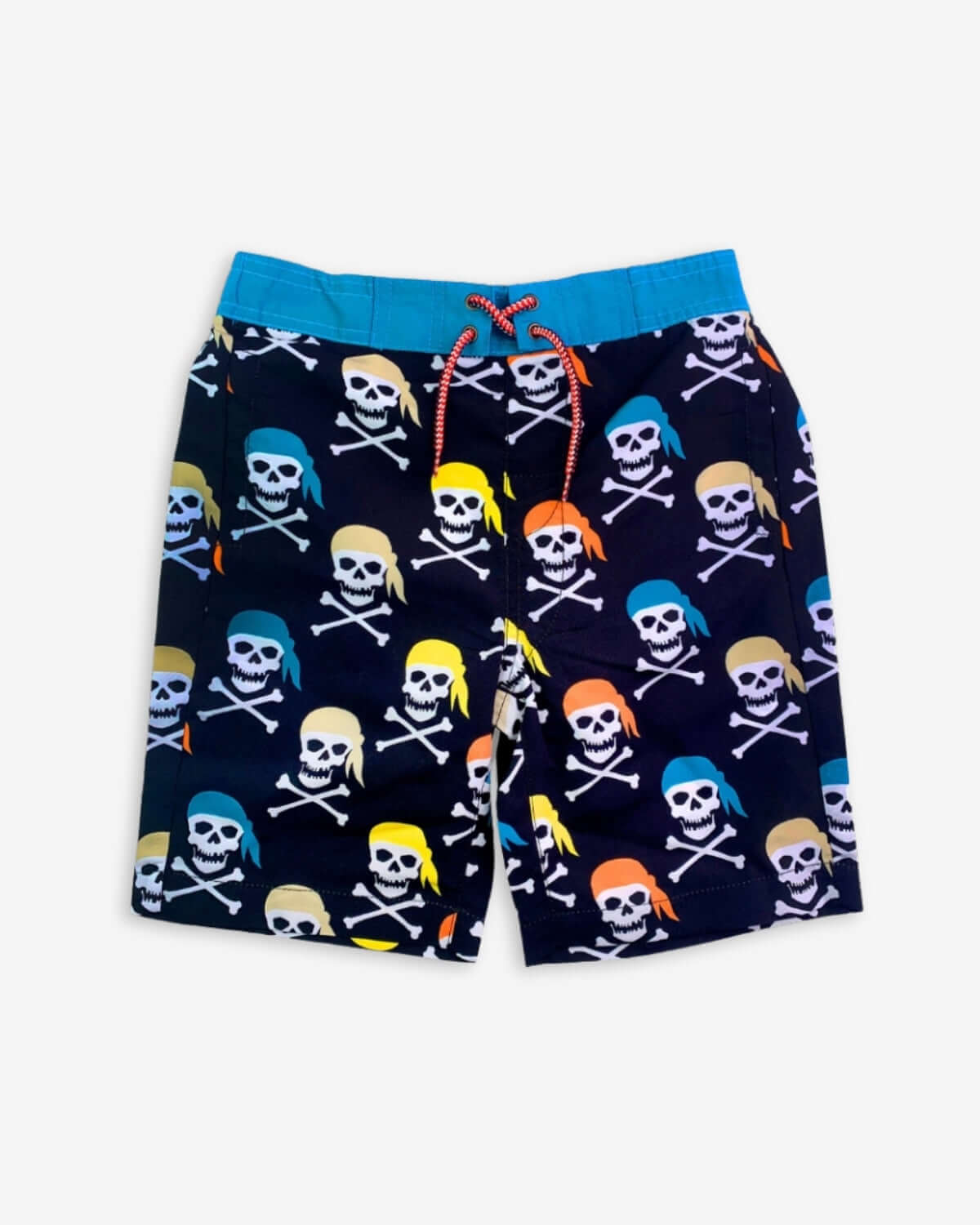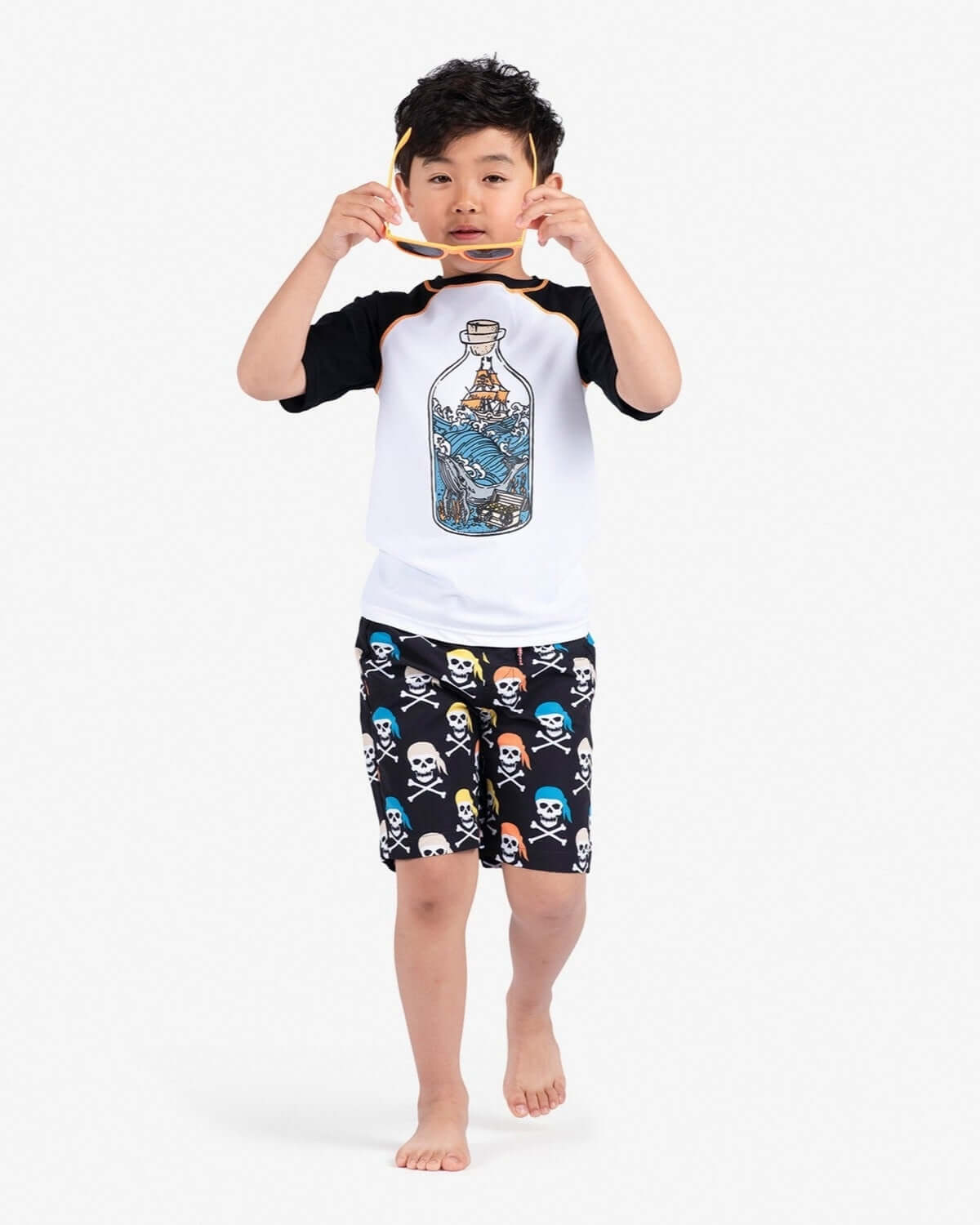Are you aware of the importance of sun protection for your child's skin? As the weather warms up and outdoor activities become more frequent, it's crucial to understand the difference between UPF and SPF to ensure your child stays safe from harmful UV rays. In this article, we'll explore the differences between UPF and SPF, how they work, and provide tips for choosing the best sun protection for your child's clothing.
Understanding SPF: Sun Protection Factor
SPF, or Sun Protection Factor, is a crucial measure of how well sunscreen can protect skin from UVB rays, the type of solar radiation that causes sunburn.


SPF Definition, Measurement, and Protection
- SPF Definition: SPF quantifies the level of sunburn protection provided by sunscreen products. The higher the SPF number, the greater the amount of sunburn protection the sunscreen offers when used correctly.
- How SPF is Measured: The SPF number represents the theoretical amount of time you can stay in the sun without getting sunburned while using the product, compared to the time you could stay in the sun without any sunscreen. For instance, if you normally start to burn after 10 minutes in the sun, applying an SPF 30 sunscreen would allow you to stay in the sun for 300 minutes (30 times longer) without burning. This measurement assumes proper application of sunscreen in terms of amount and frequency.
- How SPF Protects: SPF helps protect the skin by absorbing, reflecting, or scattering sunlight.
- Absorption: Sunscreen contains chemical ingredients (such as avobenzone and oxybenzone) that absorb UV radiation, convert it into heat, and release it from the body.
- Reflection and Scattering: Physical ingredients (like zinc oxide and titanium dioxide) in sunscreen reflect or scatter UV radiation away from the skin.
Understanding UPF: Ultraviolet Protection Factor
While SPF is a common term associated with sunscreens, UPF or Ultraviolet Protection Factor is another crucial measure used to evaluate the effectiveness of sun-protective fabrics.


UPF Definition, Measurement, and Protection
- UPF Definition: UPF measures the amount of UV radiation that can penetrate fabric and reach the skin. Unlike SPF, which specifically quantifies protection against UVB rays, UPF assesses the fabric's ability to block both UVA and UVB radiation. This makes UPF a more comprehensive indicator for clothing and other textile products.
- How UPF is Measured: UPF ratings indicate how much UV radiation is absorbed by the fabric. For example, a garment with a UPF of 30 means that only 1/30th of the sun's UV rays can penetrate the fabric. Similarly, a UPF of 50 allows just 1/50th of the sun’s radiation to reach the skin.
- How UPF Clothing Protects: UPF clothing acts as a physical barrier between the skin and the sun's rays, blocking both UVA and UVB radiation from reaching the skin. UPF clothing is designed to be lightweight, breathable, and comfortable, making it an ideal choice for outdoor activities.

Comparing UPF and SPF: Coverage Differences
While SPF protects the skin from sunburn, UPF protects the skin by blocking UV radiation from reaching the skin's surface. UPF clothing provides continuous protection throughout the day, whereas sunscreen needs to be reapplied regularly to maintain effectiveness.
Practical Implications
Combining UPF clothing with sunscreen enhances sun protection and reduces the risk of sunburn, premature aging, and skin cancer. UPF clothing is particularly beneficial for areas of the body that are difficult to cover with sunscreen, such as the back, shoulders, and neck.
Choosing the Right Sun Protection for Your Child
When selecting sun protection for your child, consider both UPF clothing and SPF sunscreens. Appaman offers a range of UPF 50+ swimwear for both boys and girls, ensuring excellent protection during water activities. For daily wear, choose from Appaman’s extensive collection:
- Boys' and Girls' Swimwear: Both our boys' swimwear and girls' swimwear are crafted with UPF 50+ fabric to provide maximum UV protection during water activities. This ensures your child can enjoy the beach or pool while staying safe from harmful rays.
- Everyday Wear: Lightweight and breathable tops, like boys' graphic tees and girls' tees, combined with boys' shorts or girls' leggings, offer comfort and some sun protection, ideal for outdoor play.
- Extended Coverage: For added protection, consider boys' pants and girls' dresses that cover more skin without sacrificing comfort or style.
Additional Tips for Enhancing Sun Protection
- In addition to UPF clothing, encourage your child to wear a wide-brimmed hat and sunglasses to protect their face and eyes from UV radiation.
- Seek shade during peak sun hours, typically between 10 a.m. and 4 p.m., to reduce sun exposure.
Maintenance and Care of UPF Garments
Follow care instructions provided by the manufacturer to maintain the UPF effectiveness of your child's clothing. Avoid using fabric softeners or bleach, as they can reduce the UPF rating of the fabric.
Conclusion
Understanding the difference between UPF and SPF is essential for choosing the best sun protection for your child's clothing. By selecting UPF clothing from Appaman's collection and following sun-safe practices, you can help protect your child's skin from harmful UV rays and enjoy worry-free outdoor adventures all year round.

